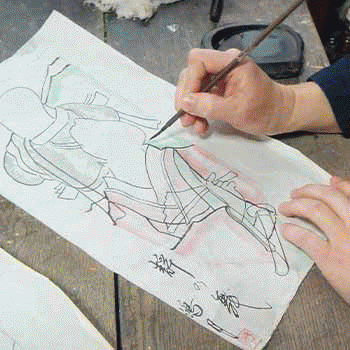
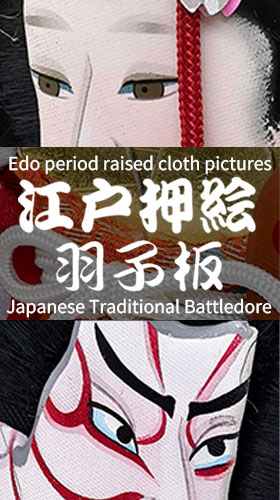
江戸押絵と江戸押絵羽子板とは
Edo Oshi-e and Edo Oshi-e Hagoita (Battledore)
江戸押絵のルーツは古く、元禄年間に編集された「人倫訓蒙図彙」にもみられ、当時は押絵ではなく衣裳絵という呼称で、羽子板も同じくその本の中で見られるのが縁起でした。
The roots of Edo Oshi-e are ancient, appearing in the "Jinrin Kinmō Zui" (Illustrated Encyclopedia of Human Relations) compiled during the Genroku period. At that time, it wasn't called "oshi-e" but "ishō-e" (costume pictures), and hagoita were also found within the same book, marking their origin.
羽子板に付ける押絵としては文化・文政年間
Oshi-e on Hagoita During the Bunka and Bunsei Periods
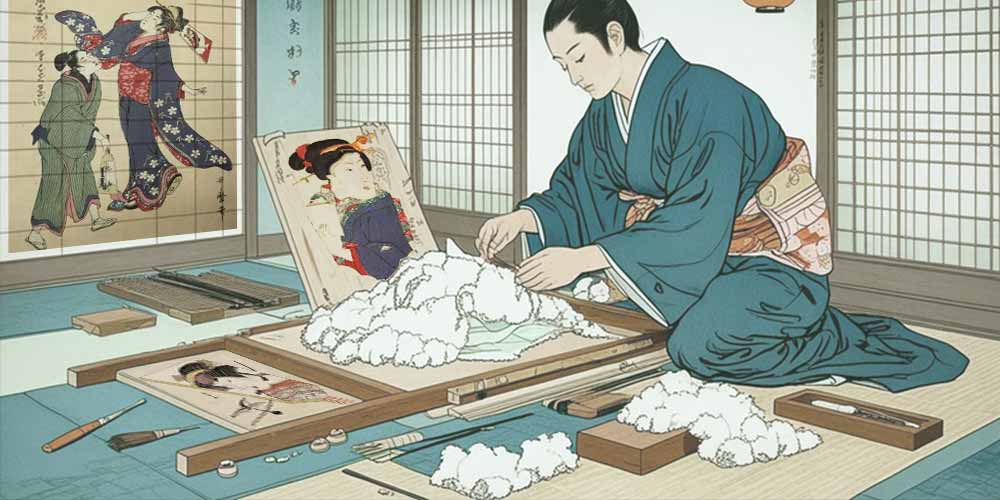
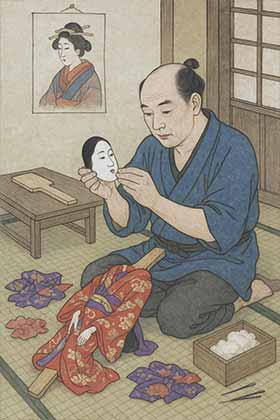
(1804-1830 年) から、また文化 14 年 (1817 年) 刊行の「役者似顔絵早稽古」にも詳細な下図の様子が描かれています。 押絵は羽子板のみならず、屏風、団扇、小箱などにも貼り付けられて、特に羽子板に取り付けられたものは高級品として売られていました。 江戸中期を過ぎると押絵時代も公家や武家を中心とした婦女子の嗜みとして流行っており、江戸押絵は絹織物だけではなく、当時 は舶来で高級品であった天鵞絨 (ビロード) なども使用されていました。 日本橋から浅草界隈にかけて製作もさかんになり、特に押絵羽子板は歌舞伎役者のブロマイドも製作されており、当時浅草にあった猿若三座といわれる歌舞伎小屋の隆盛と共に発展し、 これに伴い、江戸から 350 年以上続く浅草の歳の市 (通称: 羽子板市) も栄えてきました。 また、吉原門前に店を構えていた蔦屋重三郎が役者の大首絵を売り出し大成功を収めていますが、これが押絵羽子板を発展させるルーツとなっています。
Detailed preliminary sketches of oshi-e attached to hagoita are depicted in the "Yakusha Nigaoe Hayageiko" (Quick Practice for Actor's Likenesses), published in Bunka 14 (1817), covering the period from 1804-1830. Oshi-e were applied not only to hagoita but also to folding screens, fans, and small boxes. Those attached to hagoita, in particular, were sold as high-end goods. After the mid-Edo period, oshi-e became popular among noblewoman and samurai wives. Edo oshi-e utilized not only silk fabrics but also imported luxury materials like velvet, which was highly prized at the time. Production flourished from Nihonbashi to the Asakusa area. Notably, oshi-e hagoita featuring portraits of Kabuki actors were also produced, and alongside the prosperity of the Kabuki theaters, such as the Saruwaka Sanza in Asakusa, the Asakusa Toshi-no-ichi (Year-End Market), commonly known as the Hagoita-ichi (Battledore Market), has thrived for over 350 years, dating back to the Edo period. Furthermore, Tsutaya Jūzaburō, who had a shop in front of the Yoshiwara gate, achieved great success selling large-head portraits of actors, and this became a pivotal factor in the development of oshi-e hagoita.
羽子板製作風景
Hagoita production scene
羽子板は、もともと女児の成長や厄除けを願って贈られる縁起物で、特に正月や初節句の贈り物として用いられてきました。中でも「押絵羽子板」は、立体的な装飾が施された華やかな羽子板であり、その製作には高い技術と手間が必要とされます。 まず、羽子板の本体となる板を作るところから始まります。材料には軽くて丈夫な木材、たとえばヒノキやスギなどが使用され、羽子板特有の長方形に丸みを帯びた形に加工されます。その後、板の表面を滑らかに磨き、下地塗装を施して乾燥させます。これにより、装飾を施すための土台が完成します。 次に、羽子板に載せる押絵のデザインを決めます。題材は主に歌舞伎の登場人物や美人画などで、構図や色使いを考えながら下絵が描かれます。そのデザインに基づいて、立体的な押絵パーツを製作していきます。押絵の材料には綿と布(絹や縮緬など)が使われ、まず型紙をもとに各パーツ(顔、髪、衣装など)の形を切り出します。その中に綿を詰め、布で包んで縫い止めることで、ふっくらとした立体感を生み出します。 パーツができあがると、いよいよそれらを羽子板本体に貼り付ける工程に入ります。最初に顔のパーツを貼り、その後髪や着物、装飾品の順に配置していきます。立体的な構成になるようバランスを見ながら、丁寧に重ね貼りしていくのが特徴です。顔の表情は特に重要なため、白い布の上に繊細な筆で目や口、眉などを描き入れます。この作業には高度な技術と集中力が求められます。 最後の仕上げとして、金襴(きんらん)やレース、小道具(扇子やかんざしなど)で華やかさを加え、全体のバランスや美しさを最終確認します。完成した羽子板は十分に乾燥させたのち、桐箱や専用の化粧箱に収めて大切に保存されます。 このように、押絵羽子板の製作は、素材選びから下地作り、押絵の造形、組み立て、仕上げに至るまで多くの工程を経て丁寧に行われます。その一つひとつの工程に、職人の細やかな手仕事と美意識が込められており、まさに日本の伝統工芸の粋と言えるでしょう。
The hagoita is a traditional Japanese paddle often given as a good luck charm, especially to young girls during the New Year or for their first New Year's celebration (hatsuzekku). Among them, the oshie hagoita—decorative paddles featuring three-dimensional fabric collage artwork—is particularly elaborate and requires exceptional craftsmanship and attention to detail. The process begins with creating the paddle itself. Lightweight and durable woods such as cypress (hinoki) or cedar are typically used. The wood is carefully cut and shaped into the distinctive rectangular form with rounded edges. Once the board is smoothed, a base coating is applied and left to dry, forming a proper foundation for decoration. Next comes the design phase. Traditional motifs often include characters from kabuki theater or elegant female figures from classical paintings. Based on the chosen design, a sketch is created, and the layout and color scheme are carefully planned. Following this, individual parts for the raised collage (oshie) are made. Cotton and fine fabric—such as silk or crepe (chirimen)—are used to create each component, including the face, hair, and garments. Using patterns, pieces are cut, padded with cotton, wrapped in cloth, and stitched into a rounded, dimensional form. These pieces are then arranged and glued onto the paddle. Starting with the face, followed by the hair, kimono layers, and decorative accessories, each part is positioned according to the design sketch. The placement must be done with precision to maintain visual balance and depth. Facial features are drawn by hand with a fine brush onto white fabric, requiring delicate brushwork and years of training. The final stage involves embellishing the hagoita with gold brocade, lace, miniature fans, hair ornaments, and other fine details to enhance its richness. Once complete, the piece is left to dry thoroughly to ensure durability. It is then placed into a decorative box—often made of paulownia wood—for storage or presentation. Each step in the creation of an oshie hagoita—from selecting the wood to assembling and decorating the artwork—is performed with great care and reverence for tradition. These paddles embody the essence of Japanese craftsmanship and cultural beauty, serving not only as lucky charms but also as exquisite pieces of folk art.s
伝統工芸士
(Master of traditional crafts

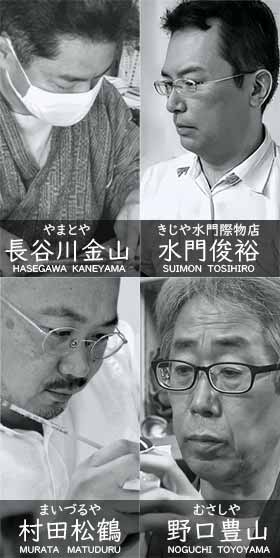
伝統工芸士は経済産業大臣指定伝統的工芸品の伝統的技術 ・ 技法を有している者の称号であり、 伝統的工芸品産業振興協会が認定しています。 認定されるためには製造実務経験を満 12 年以上積んだ上で、 技術 ・ 知識 ・ 面接の3つの試験に合格する事が必要です。 認定後も5年毎に技量などの確認を行っており、 伝統工芸士として相応しいと認められる者のみが引き続き登録されます。
A Densho Kogeishi, or Master of Traditional Crafts, is a title awarded to individuals who possess the traditional skills and techniques for crafting items designated by the Minister of Economy, Trade and Industry as Traditional Craft Products. This certification is granted by the Association for the Promotion of Traditional Craft Industries. To become certified, an applicant must have at least 12 years of practical manufacturing experience and pass three examinations: one on technical skills, one on knowledge, and an interview. Even after certification, the skills of a Densho Kogeishi are re-evaluated every five years. Only those deemed consistently proficient and suitable continue to hold the title.
野口豊山(むさしや)
Toyoyama Noguchi (Musashiya)
創業明治元年。東京都墨田区に工房を構える押絵羽子板の老舗、むさしや豊山。当主で五代目は昭和25年東京生まれ。 7歳から修行に努め、 22歳から本格的に制作を始める。東京都指定伝統工芸士」「東京都優秀技能者東京マイスター」「節句人形工芸士」などの肩書の持ち主。
Established in 1868, Musashiya Yuzan is a long-standing workshop in Tokyo's Sumida Ward, specializing in Oshie Hagoita, a traditional decorative battledore. The current, fifth-generation head of the workshop was born in Tokyo in 1950. He began his apprenticeship at the age of seven and started full-scale production at 22. He holds titles such as "Tokyo Metropolitan Certified Traditional Craftsman," "Tokyo Master Craftsman (Outstanding Skilled Worker)," and "Sekku Doll Craftsman."
水門俊裕(きじや水門際物店)
Toshihiro Suimon (Kijiya Suimon Kiwamono-ten)
水門商店は江戸末期から続く 「際物屋」。祖父が早逝したことをきっかけに、 祖母が座敷幟の技法に近い「押絵」を製作し始めた事から5代目である水門俊裕が本格的に「江戸押絵羽子板」の製作を開始。 羽子板の題材となっている物語や浮世絵が描かれた当時の時代背景など日々様々な文献から学び、 作品作りに生かしています。
Suimon Shoten is a "kiwamono-ya"—a specialized shop dealing in seasonal or celebratory items—that has been in business since the late Edo period. After his grandfather's untimely passing, Toshihiro Suimon's grandmother began creating "oshie" (padded fabric pictures) using techniques similar to those for zashiki nobori (decorative banners). This ultimately led Toshihiro, the fifth-generation head, to fully embark on the production of "Edo Oshie Hagoita" (Edo-style padded decorative battledores). He continuously draws inspiration for his work by studying various historical documents, learning about the stories and ukiyo-e depicted on the hagoita, and understanding the historical context of those times.
長谷川金山(やまとや)
Kinyama Hasegawa (Yamatoya)
100年以上続く押絵技法をそのまま受け継ぎ羽子板を製作。 古い羽子板の修復にも対応できる数少ない職人の一人。 台東区の令和 4 年度 優秀技能者にも選出されるなど確かな腕前の持ち主。
Kinyama Hasegawa continues to craft hagoita using Oshie techniques that have been passed down for over 100 years. He is one of the rare artisans capable of restoring old hagoita. His exceptional skill was recognized when he was selected as an Outstanding Skilled Worker for Reiwa 4 (2022) by Taito City.
村田松鶴(まいずるや)
Shokaku Murata (Maizuruya)
同じく 100 年近く続く羽子板職人を継承。 ルーツは浅草、 現在は春日部にて生産。 関東伝統工芸士会長賞に輝く。 またインスタを用いて活動を報告するなど伝統工芸を今時代のツールを用いて情報を発信。
Shokaku Murata continues the tradition of hagoita craftsmanship, inherited from a lineage spanning nearly 100 years. With roots in Asakusa, production is currently carried out in Kasukabe. He has been honored with the Kanto Traditional Craftsmen's Association Chairman's Award. Furthermore, he actively shares information about traditional crafts using modern tools like Instagram, reporting on his activities.
商品検索
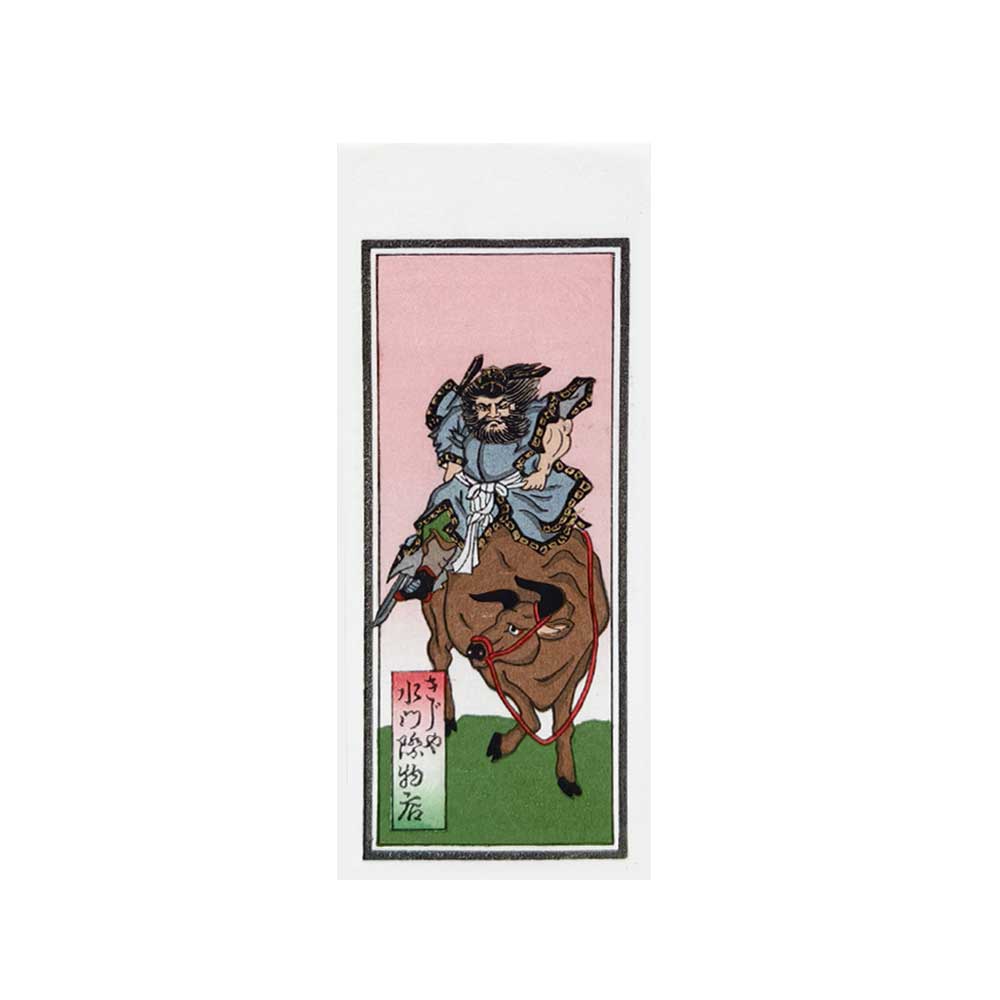
4560490565626
牛乗り鐘馗
Shoki Riding a Cow
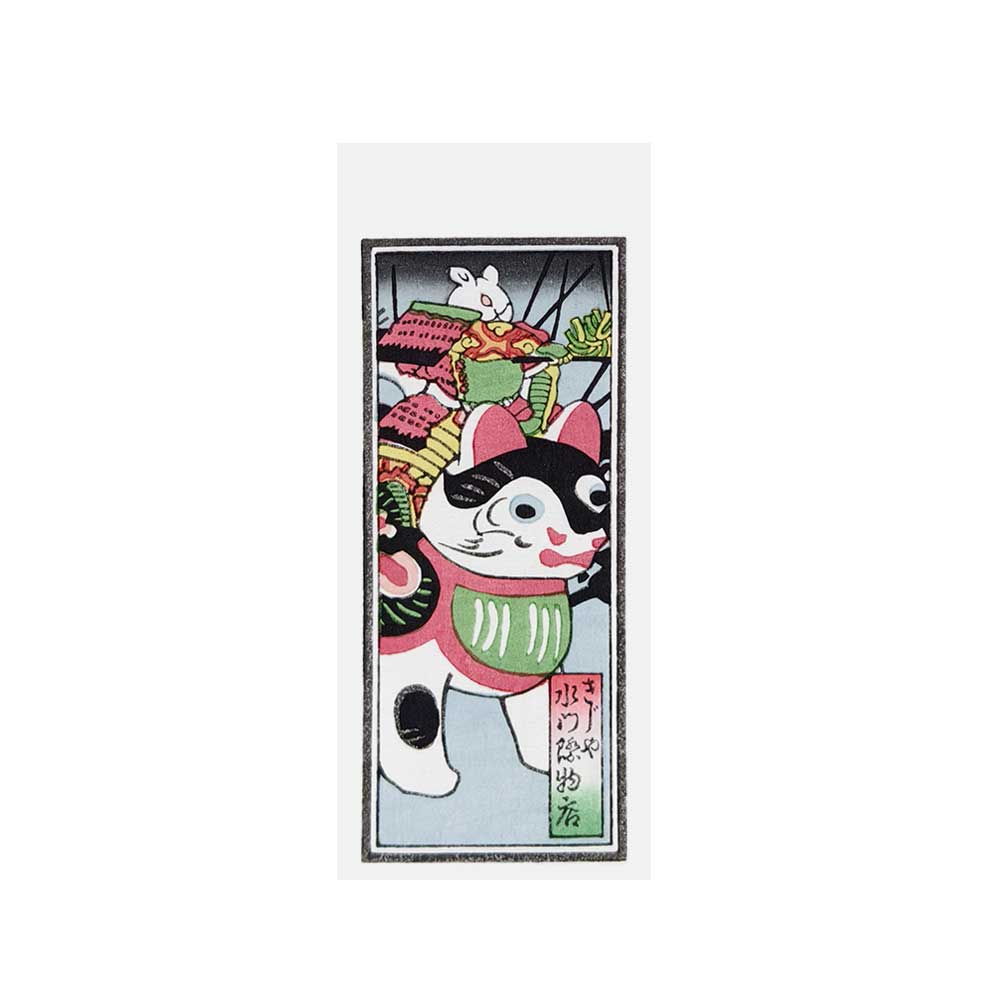
4560490565633
猫鼠合戦
Cat and Mouse Battle
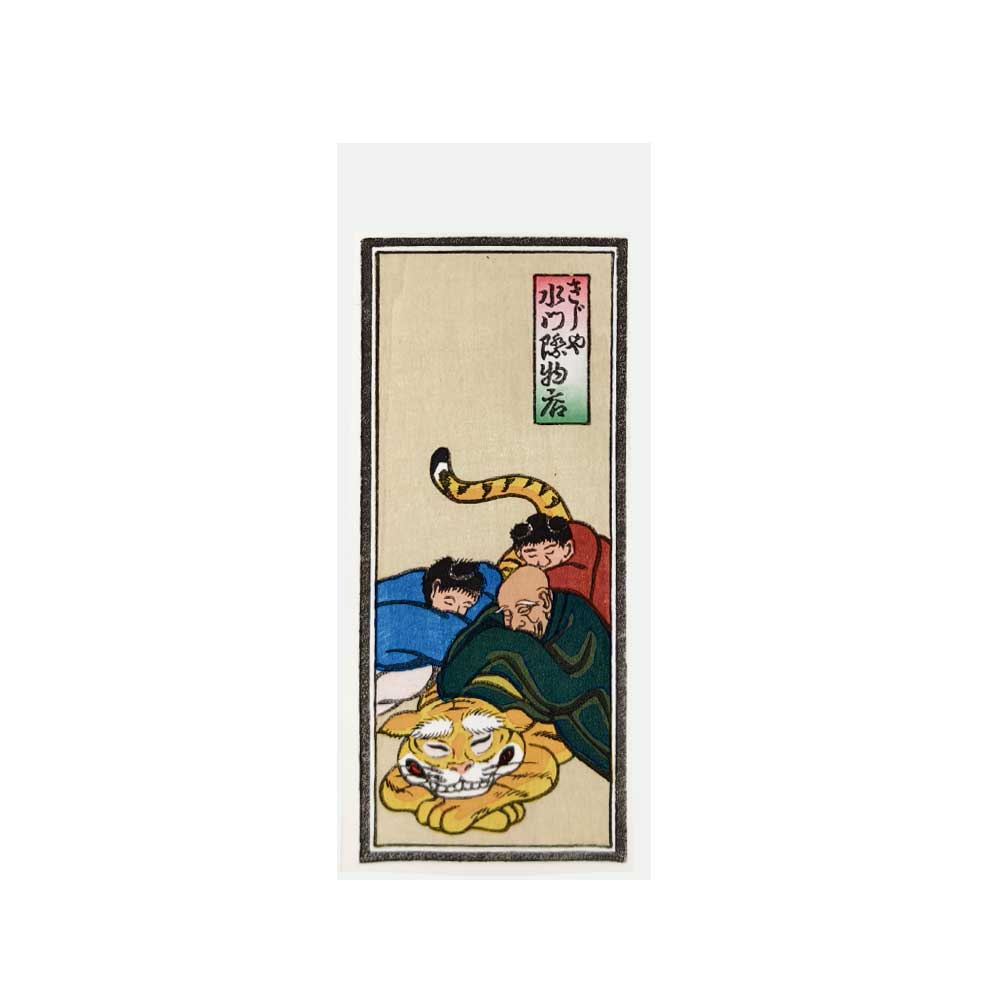
4560490565640
四睡
Four Sleeps
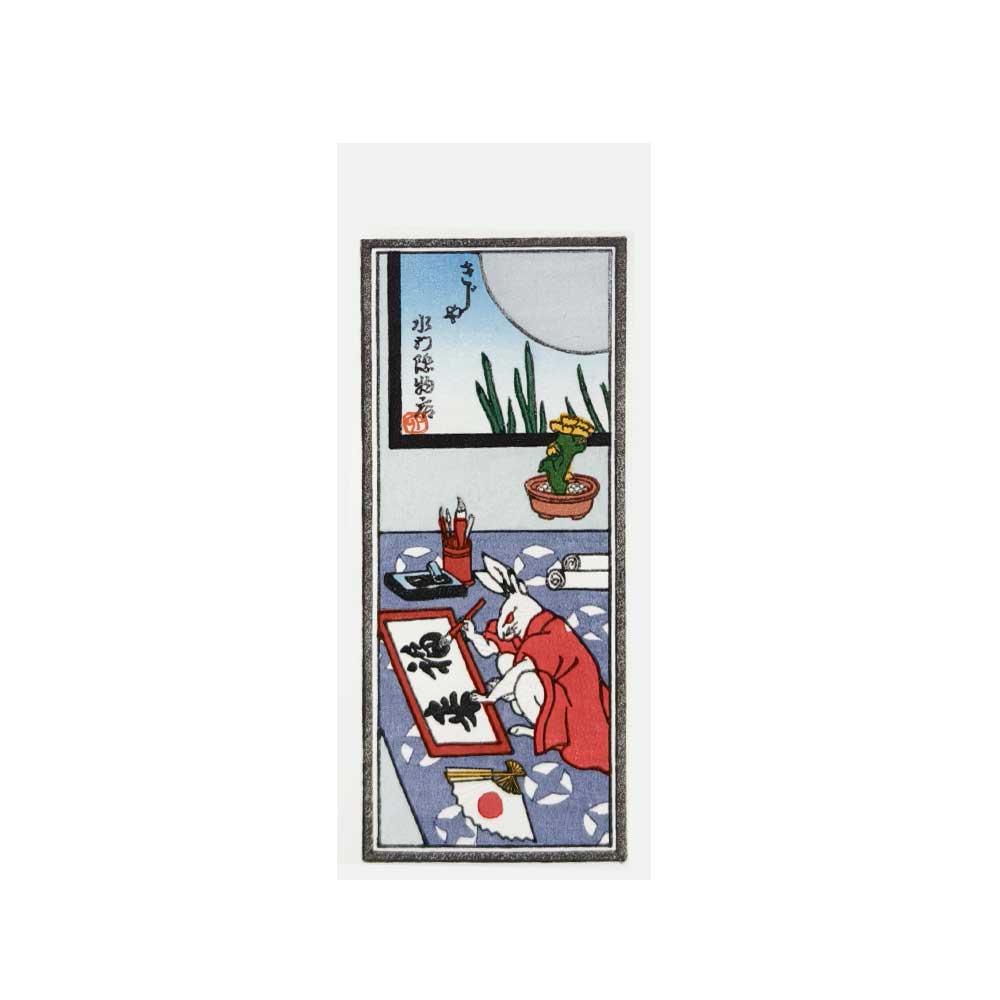
4560490565657
兎の書初め
Rabbit's First Calligraphy of the Year
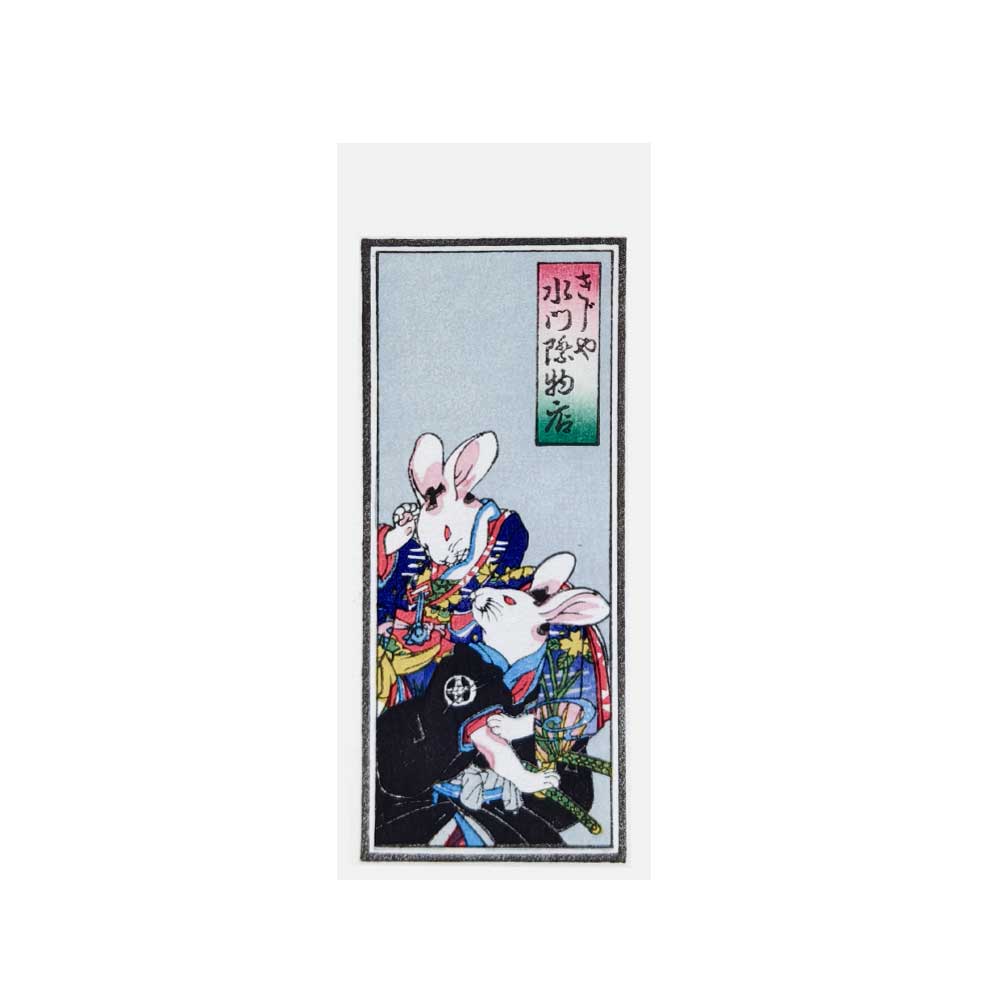
4560490565664
兎のお軽勘平 ( 忠臣蔵)
"Rabbit Okura Kanpei(Chushingura)"
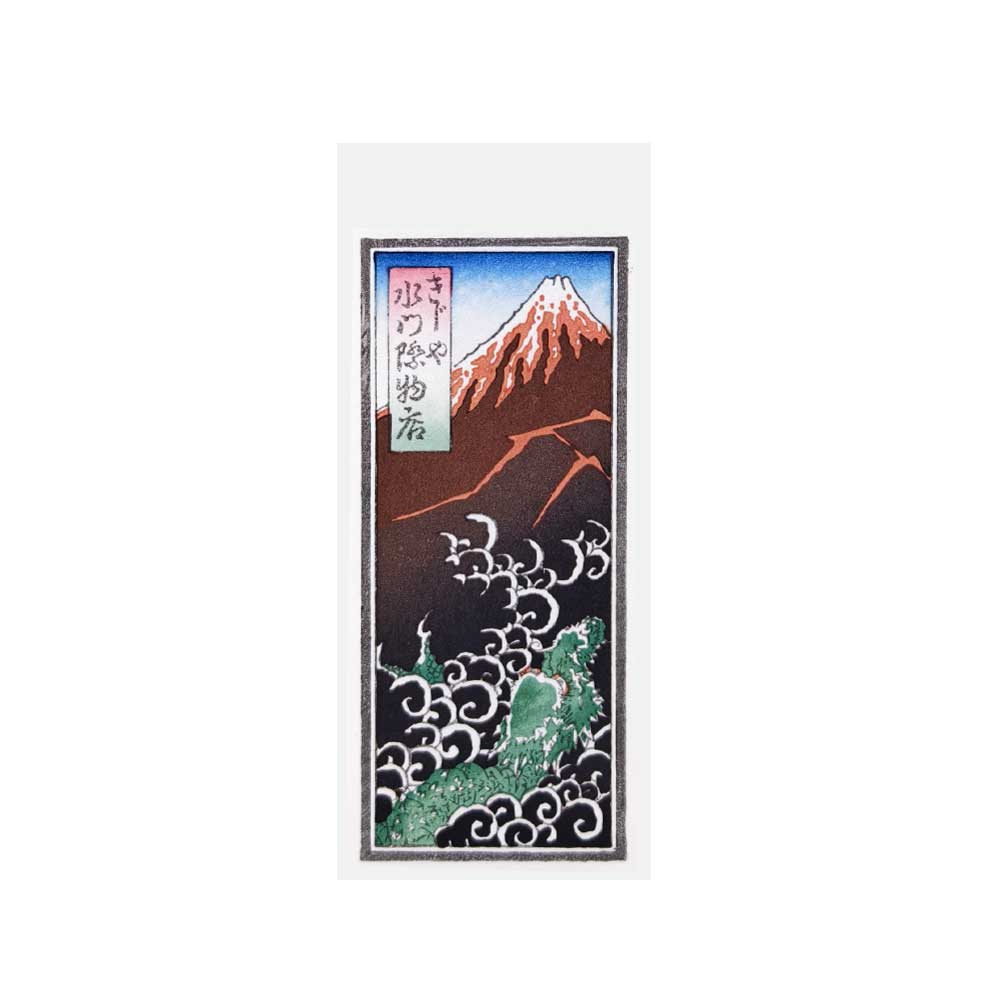
4560490565671
登龍の不二
Climbing Dragon Fuji
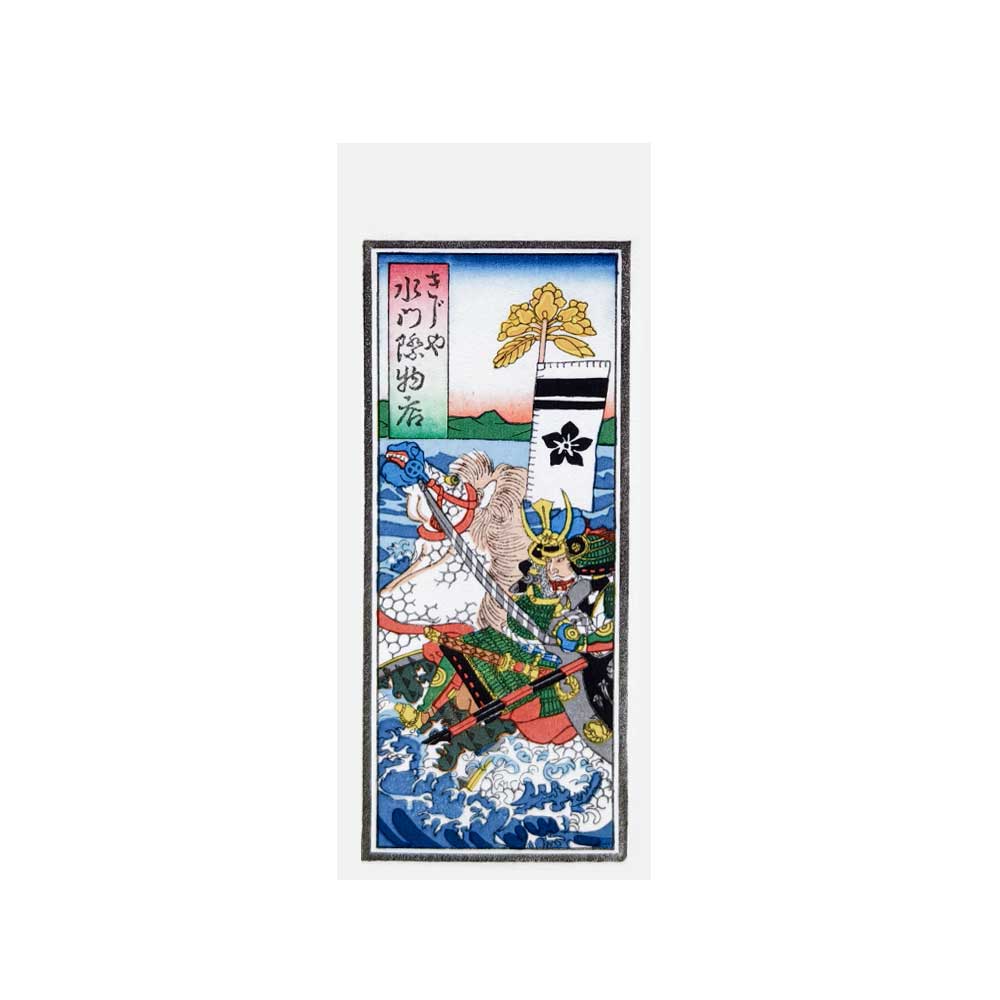
4560490565688
明智左馬之助
Akechi Samanosuke
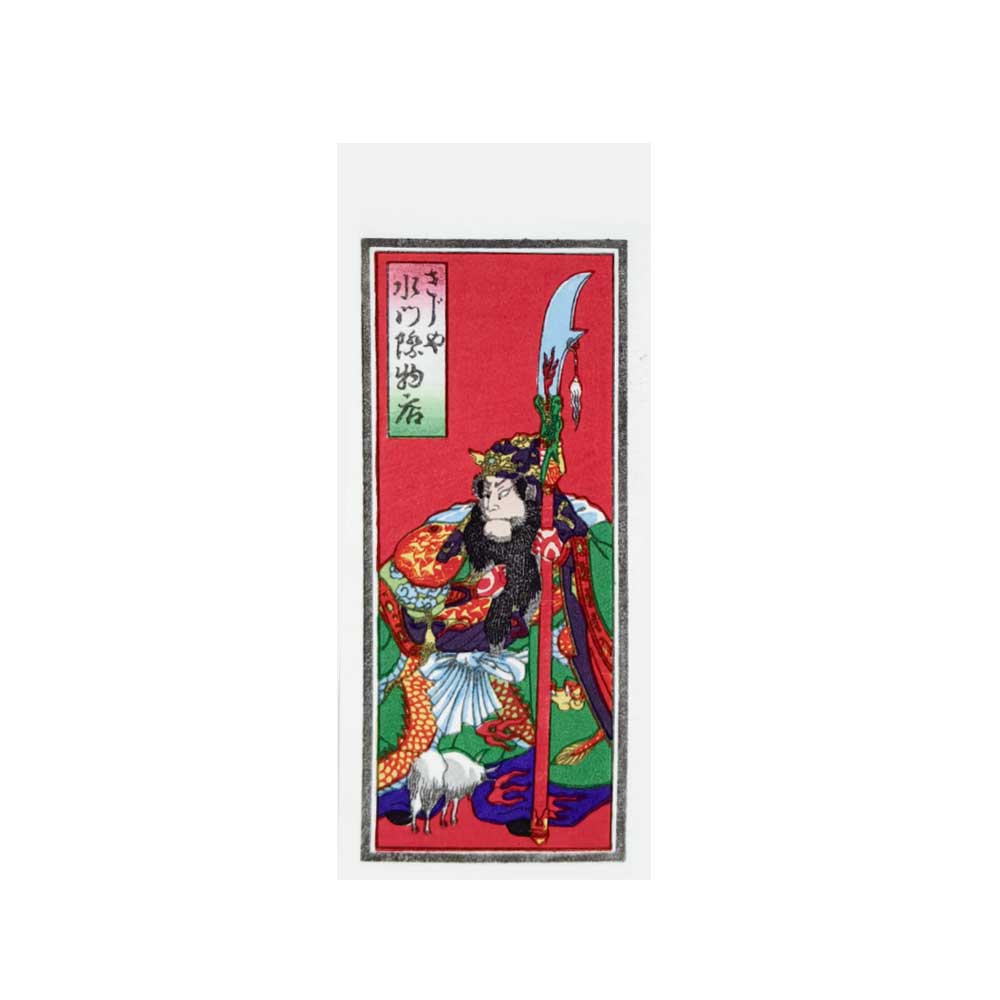
4560490565695
関羽
Guan Yu
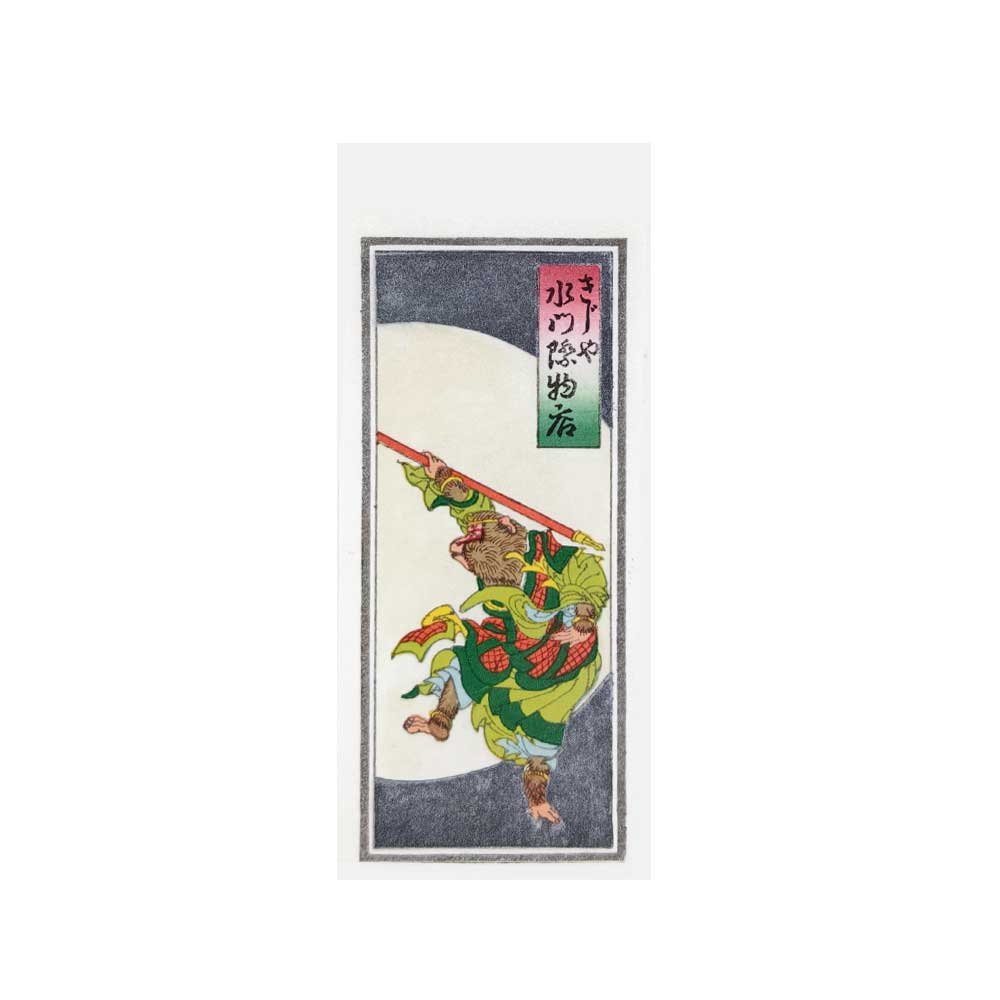
4560490565701
斉天 大聖 孫悟空
Qitian Dasheng Sun Wukong
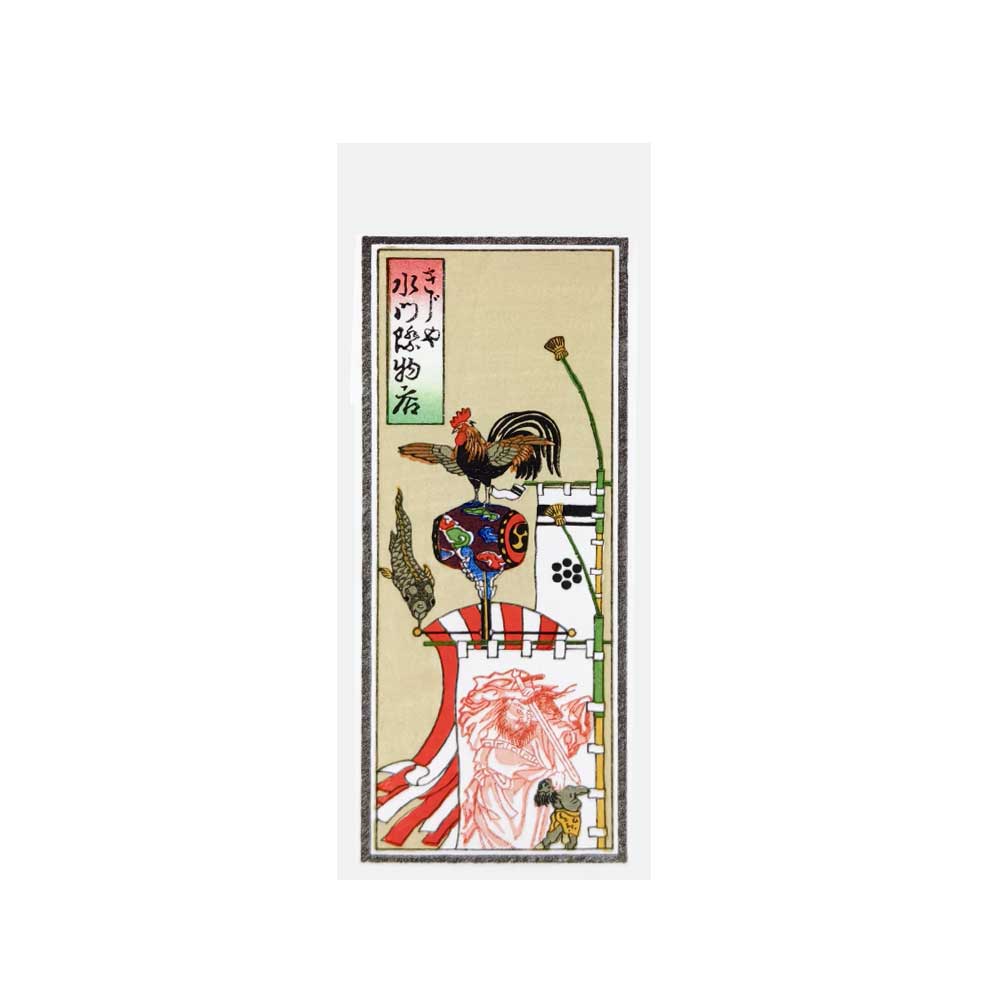
4560490565718
諫鼓鶏
Kankodori
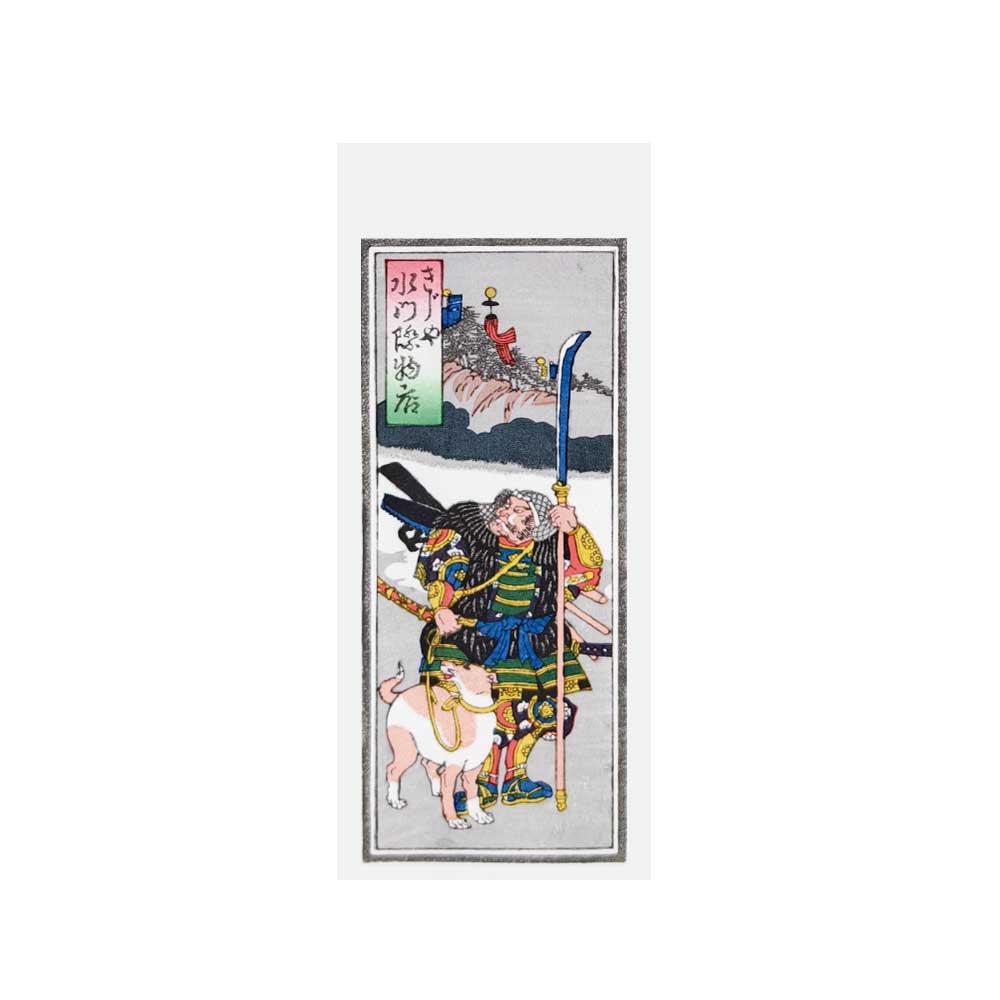
4560490565725
畑六郎左衛門
Hata Rokurozaemon
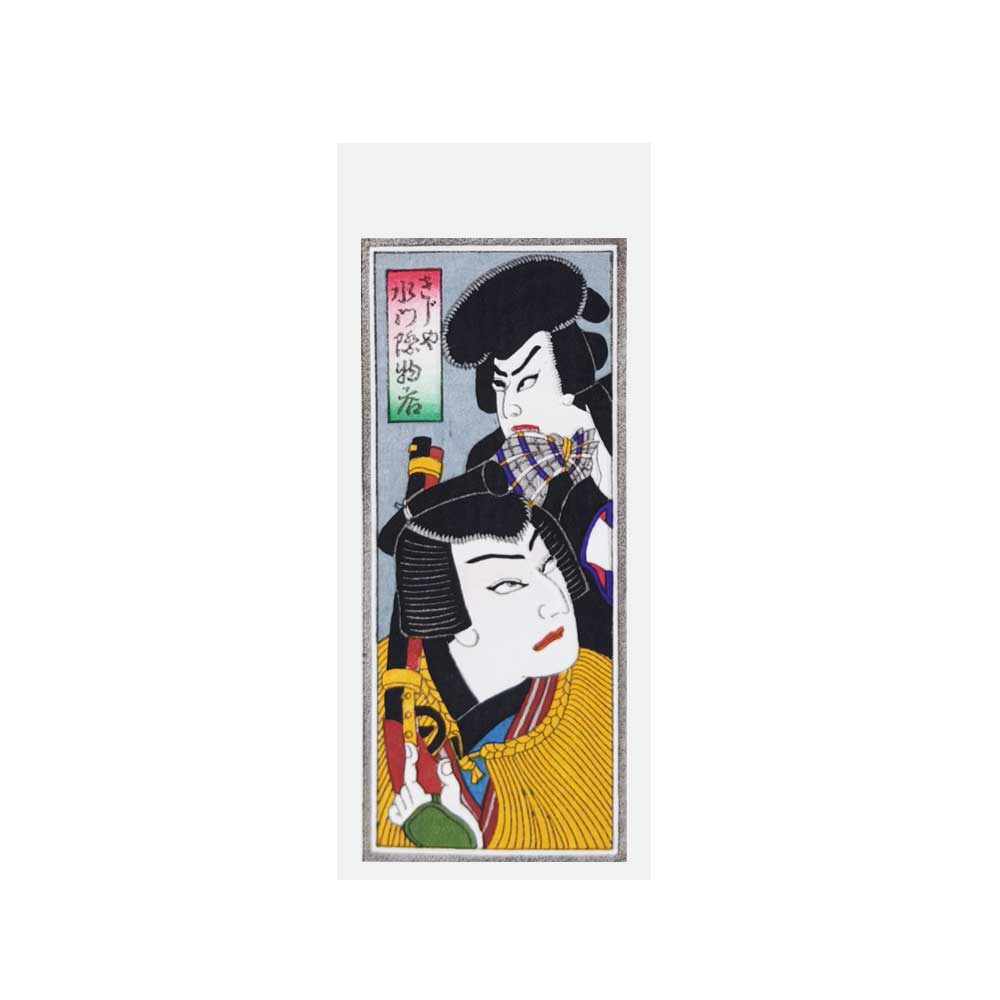
4560490565732
勘平と定九郎
Kanpei and Sadakuro
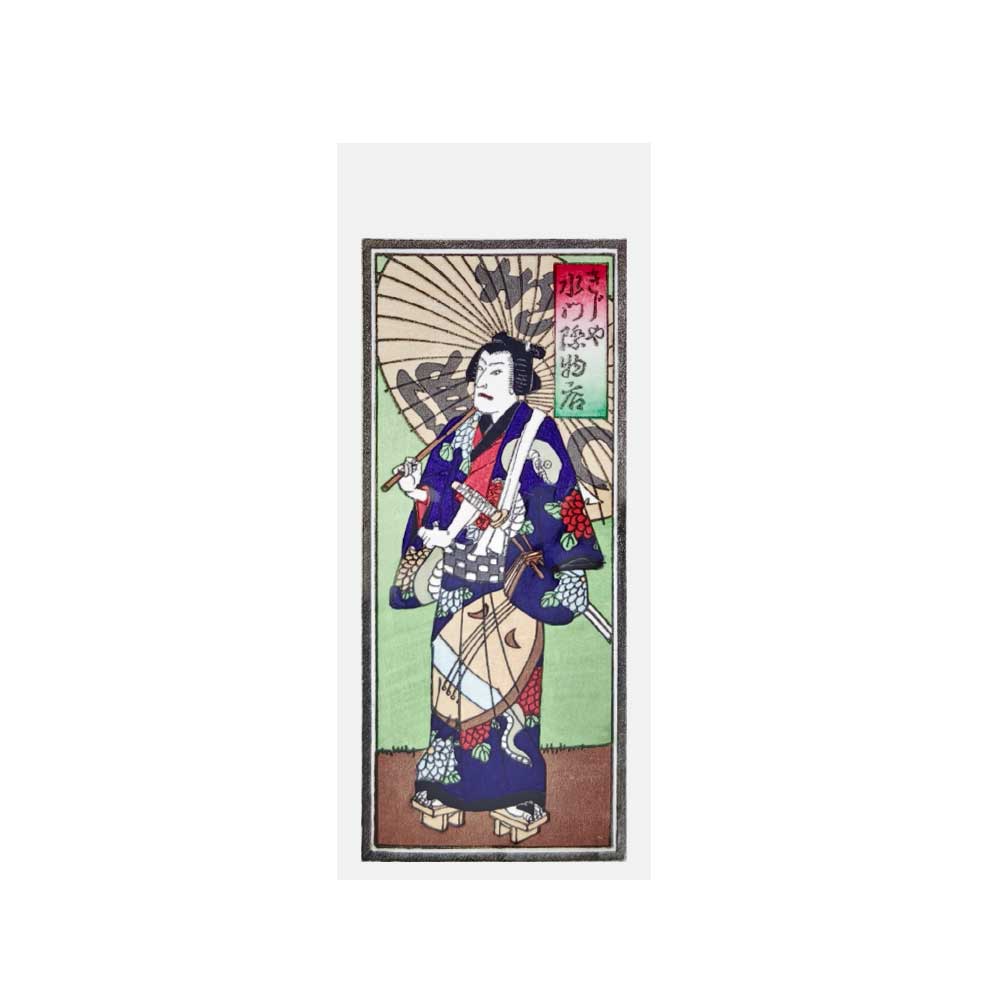
4560490565749
弁天小僧菊之助
Benten Kozō Kikunosuke
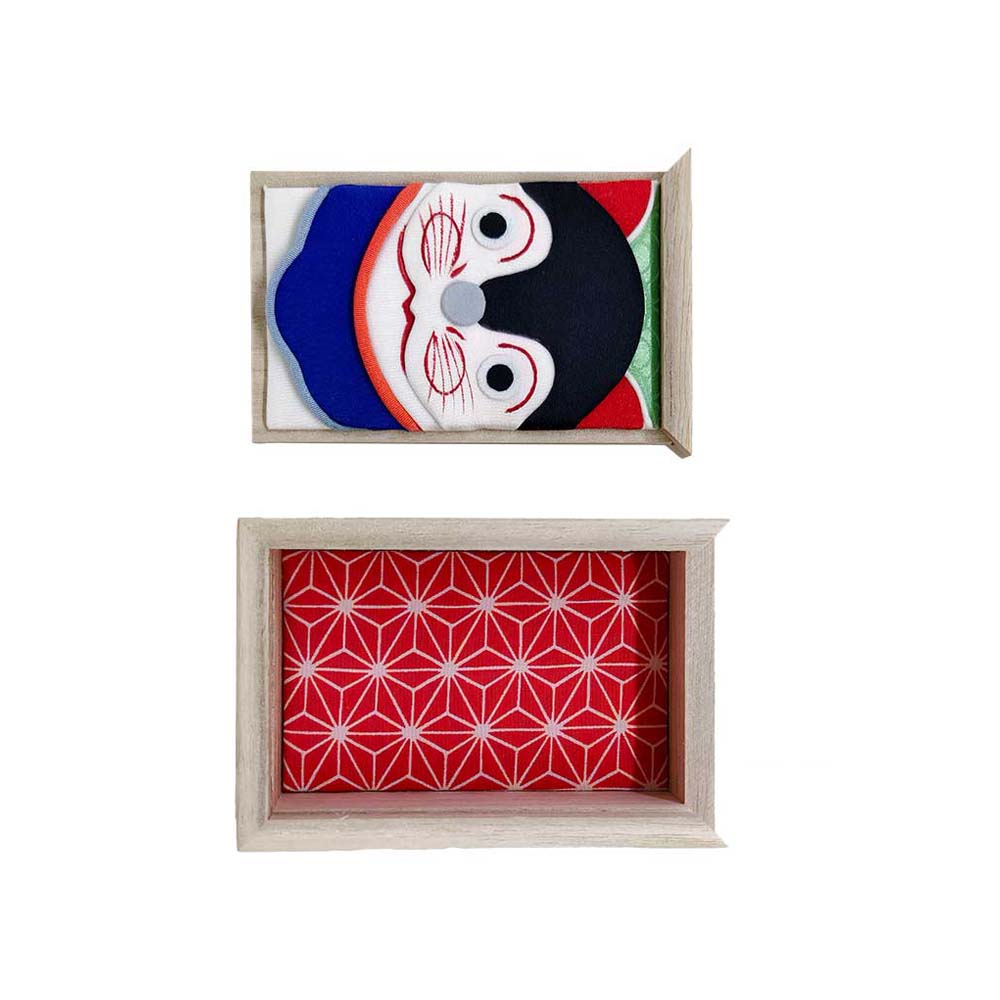
4560490565756
犬張り子
Inuhariko
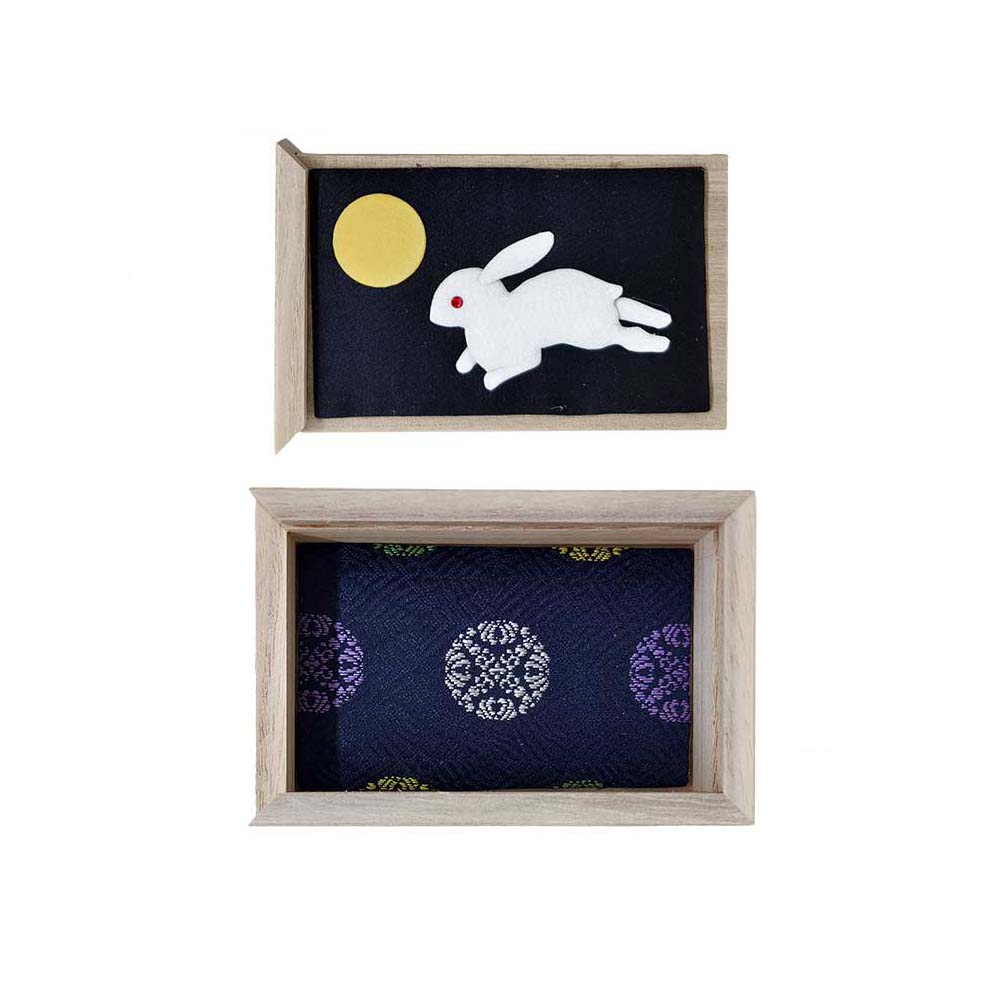
4560490565763
うさぎ
Rabbit
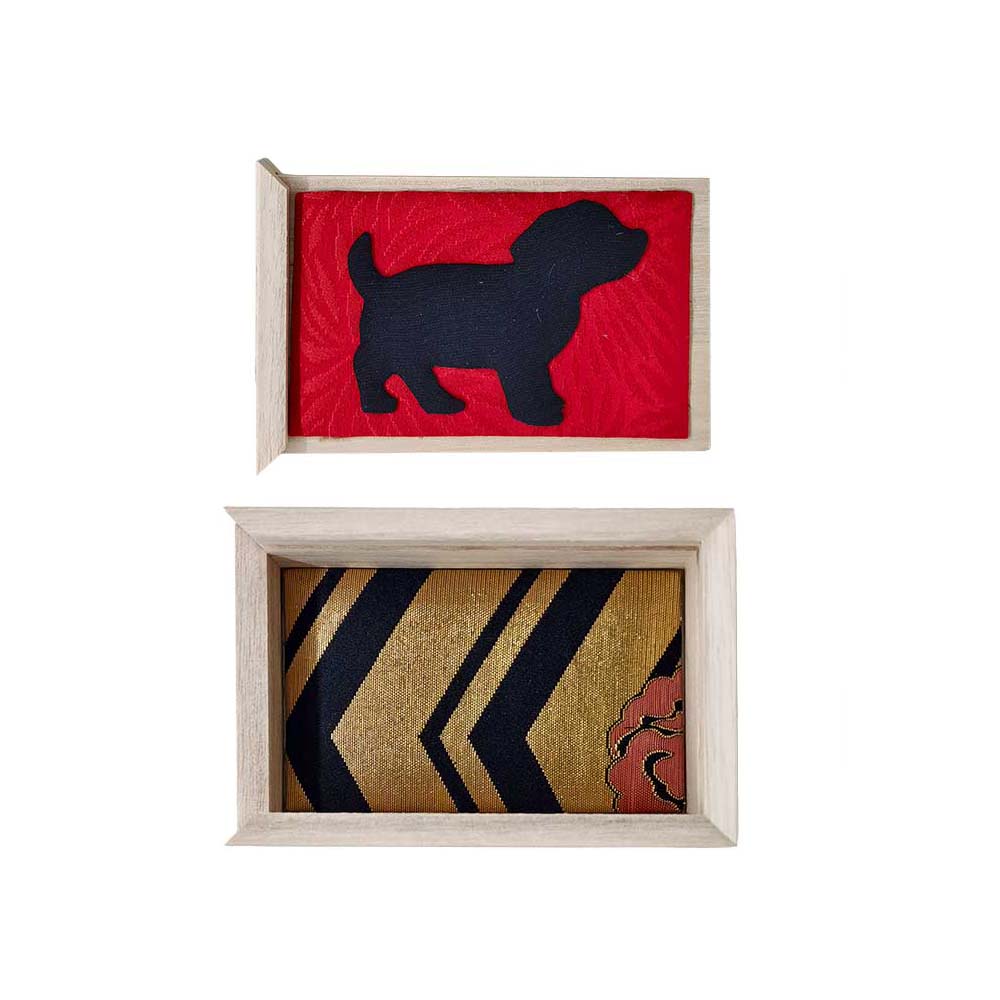
4560490565770
犬 (横/黒)
Dog (Horizontal/Black)
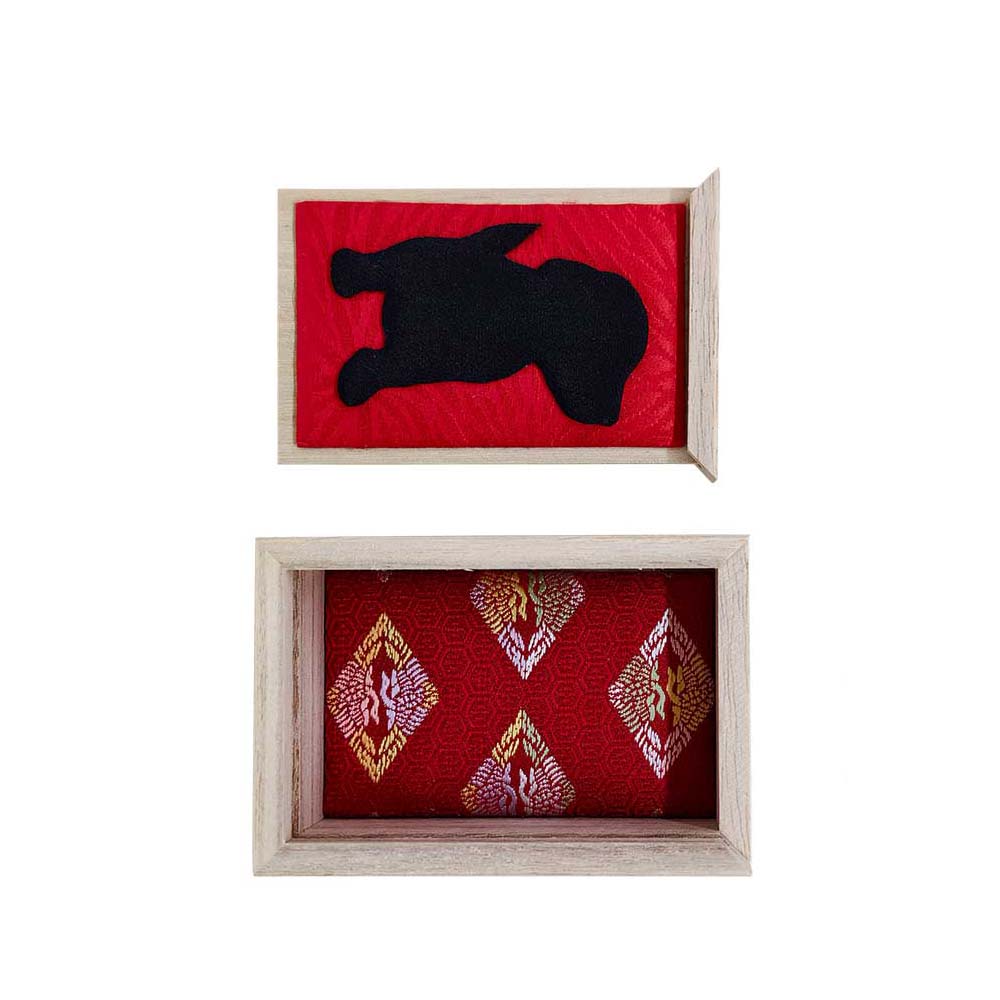
4560490565787
犬 (縦)
Dog (Vertical)
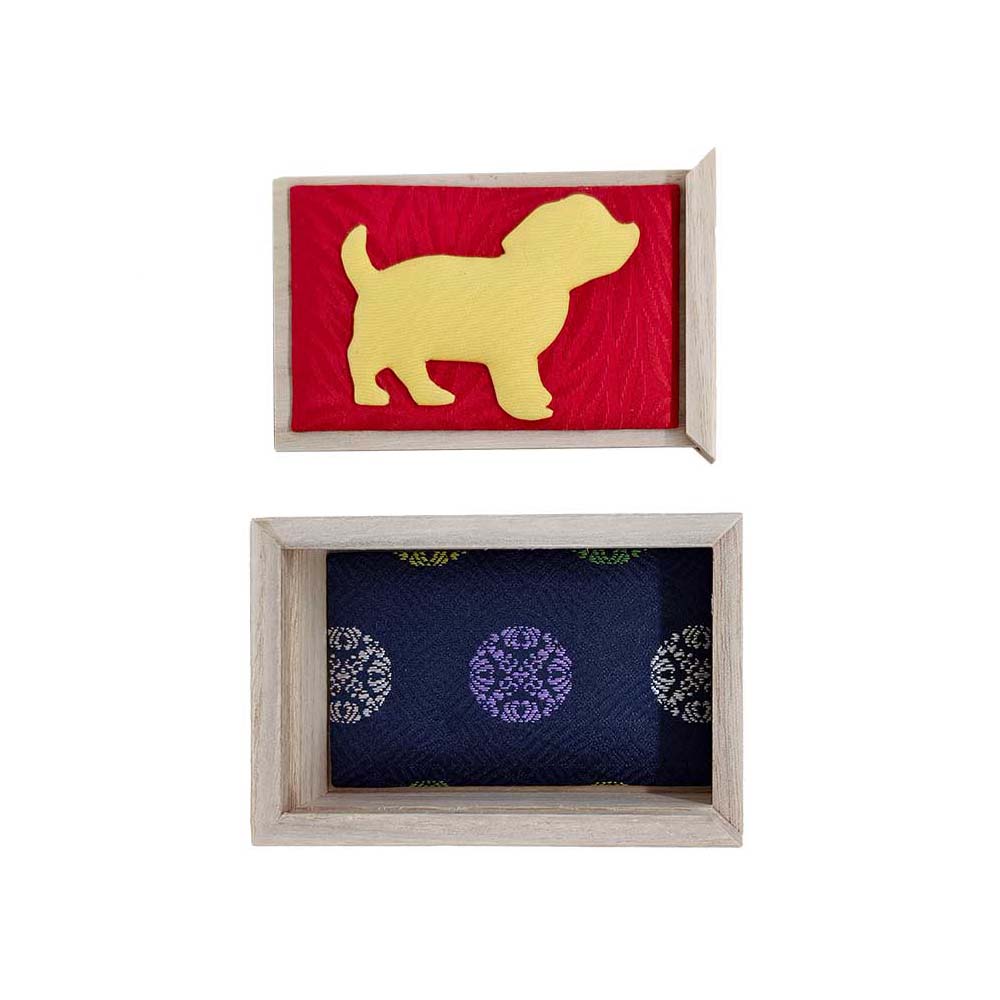
4560490565794
犬 (横/黄)
Dog (Horizontal/Yellow)
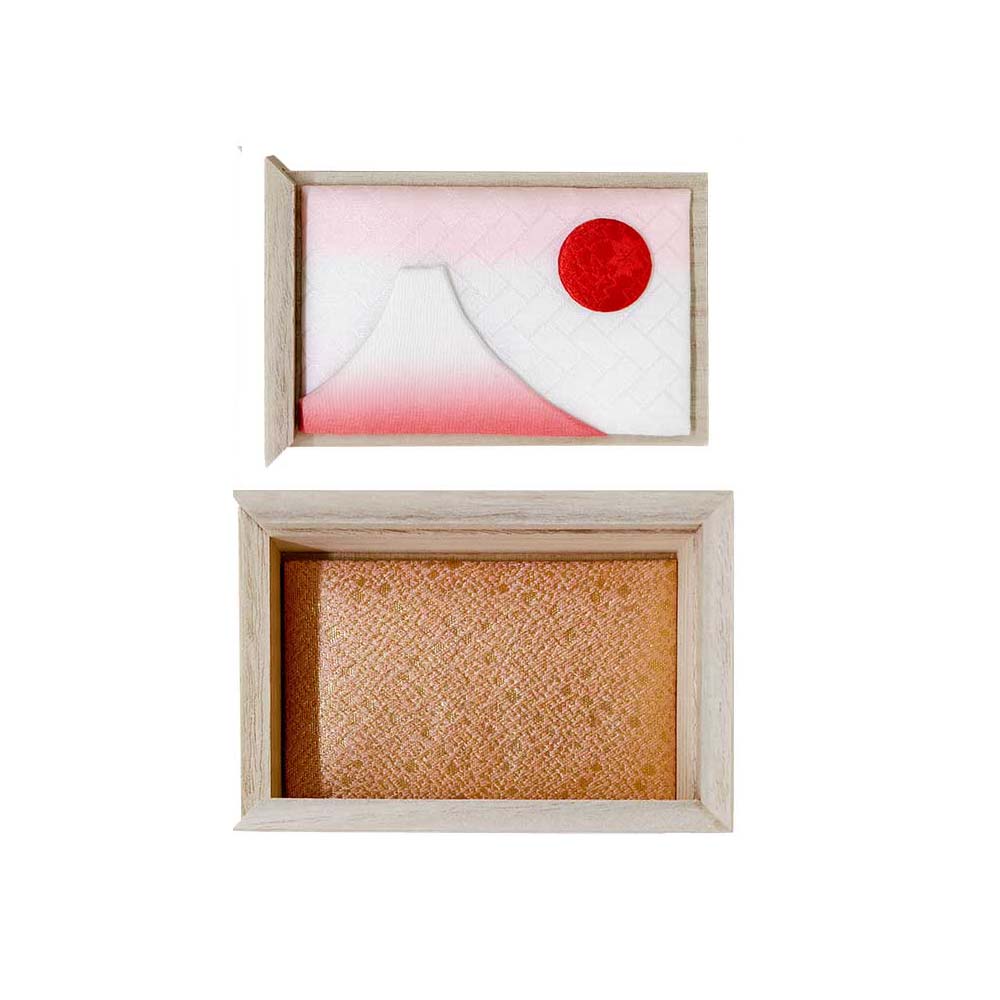
4560490565800
富士
Mt. Fuji
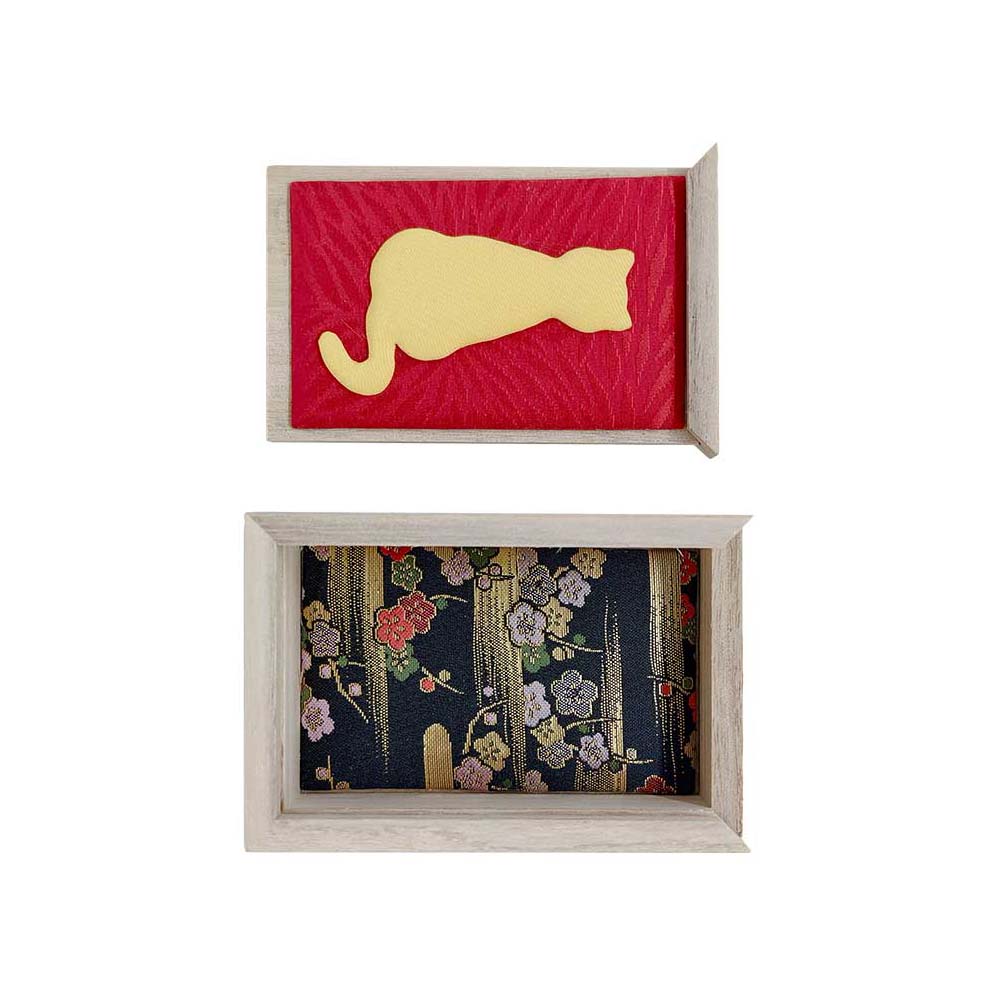
4560490565817
猫鼠合戦
Cat and Mouse Battle
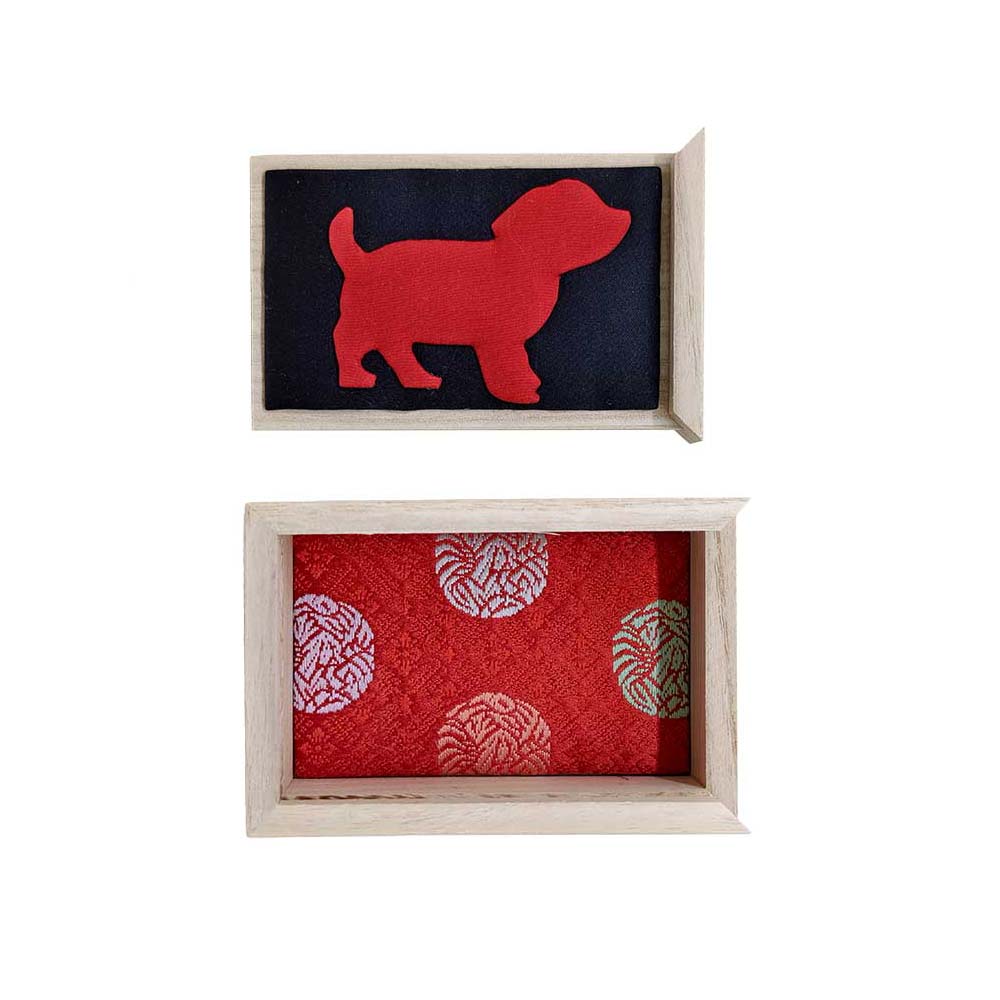
4560490565824
犬 (横/赤)
Dog (Horizontal/Red)
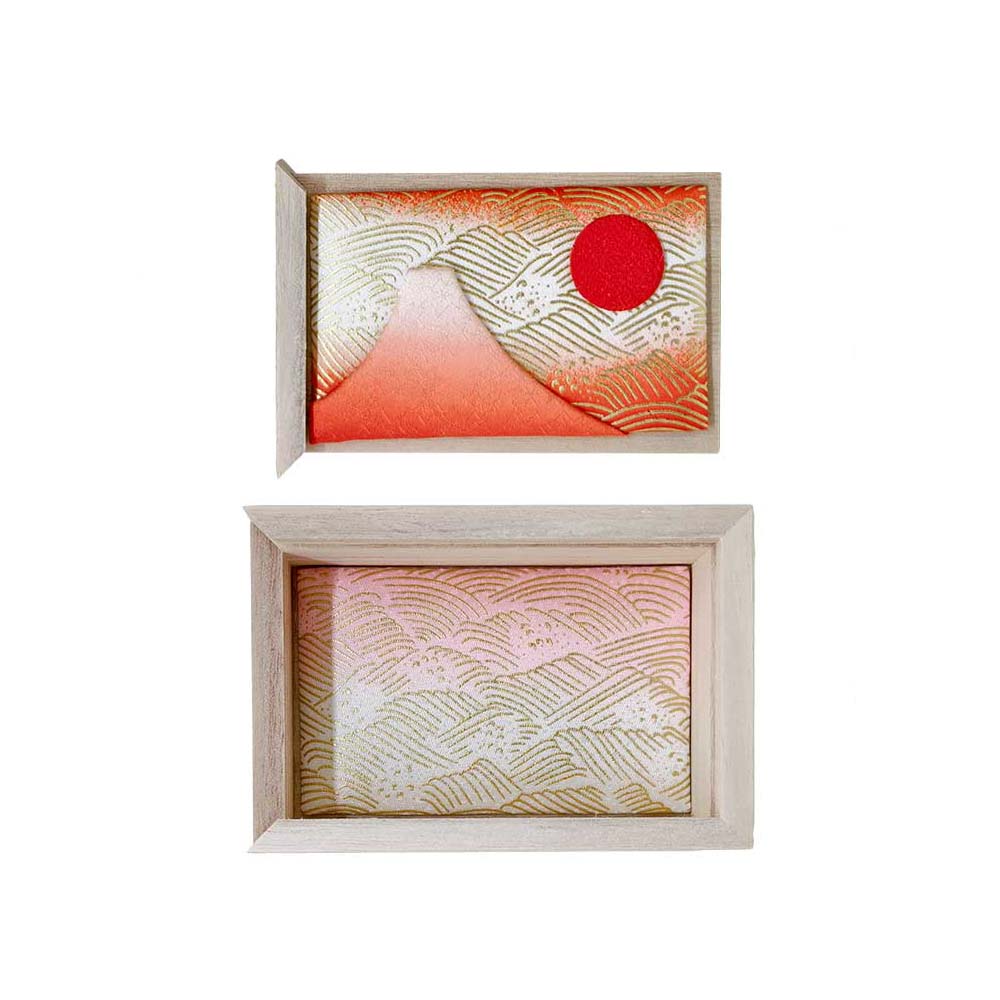
4560490565831
富士
Mt. Fuji
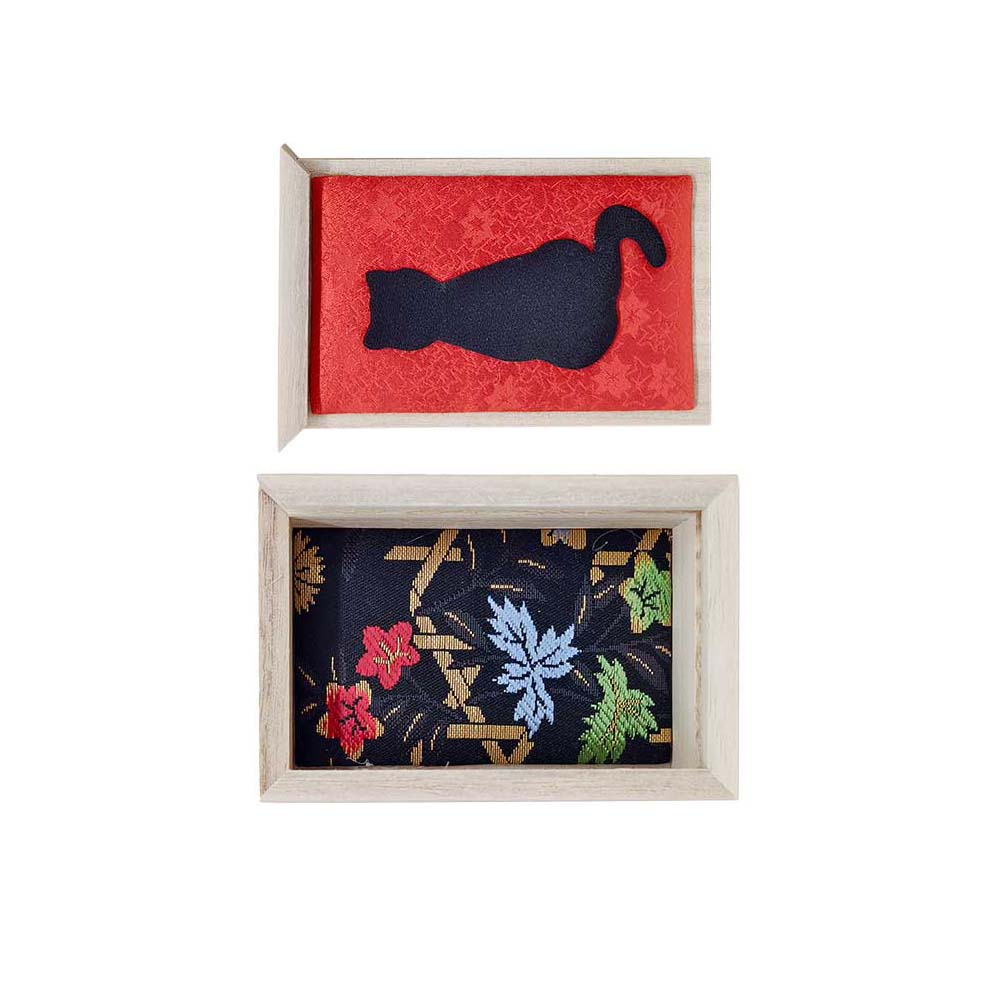
4560490565848
猫
Cat
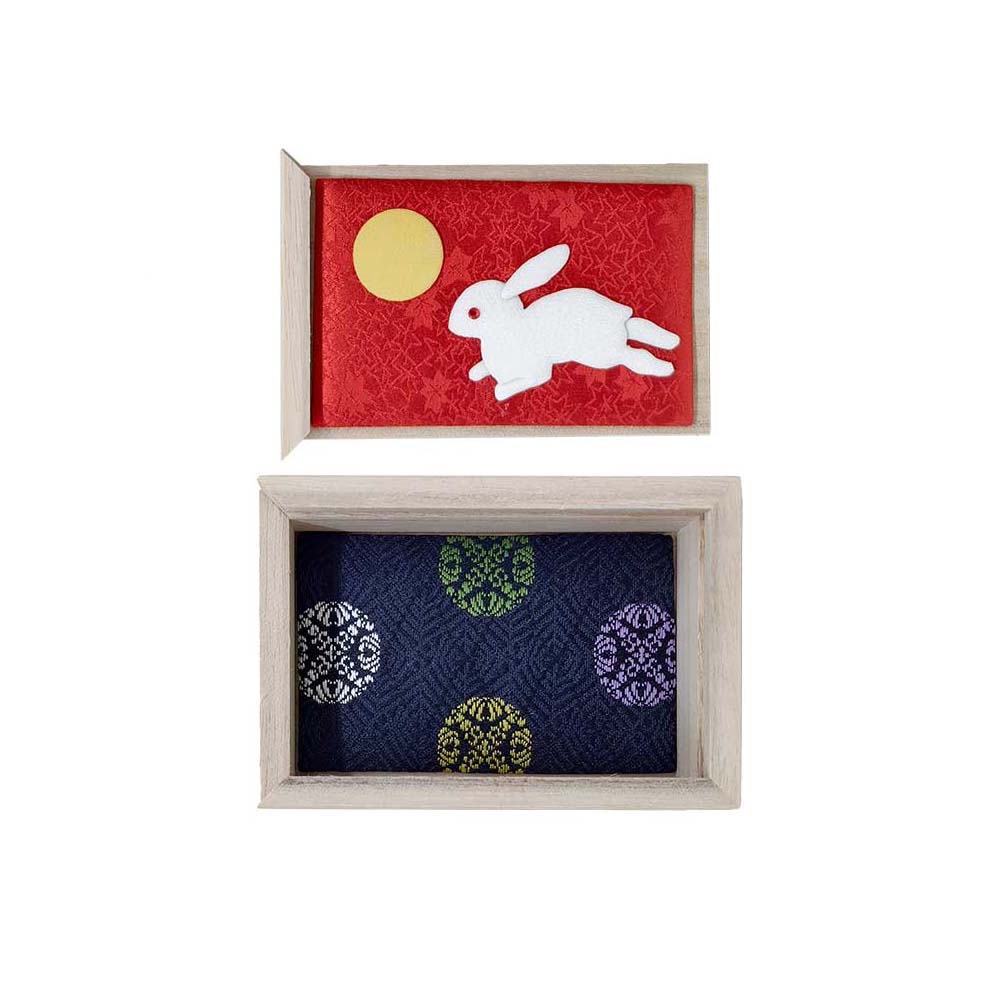
4560490565855
うさぎ
Rabbit
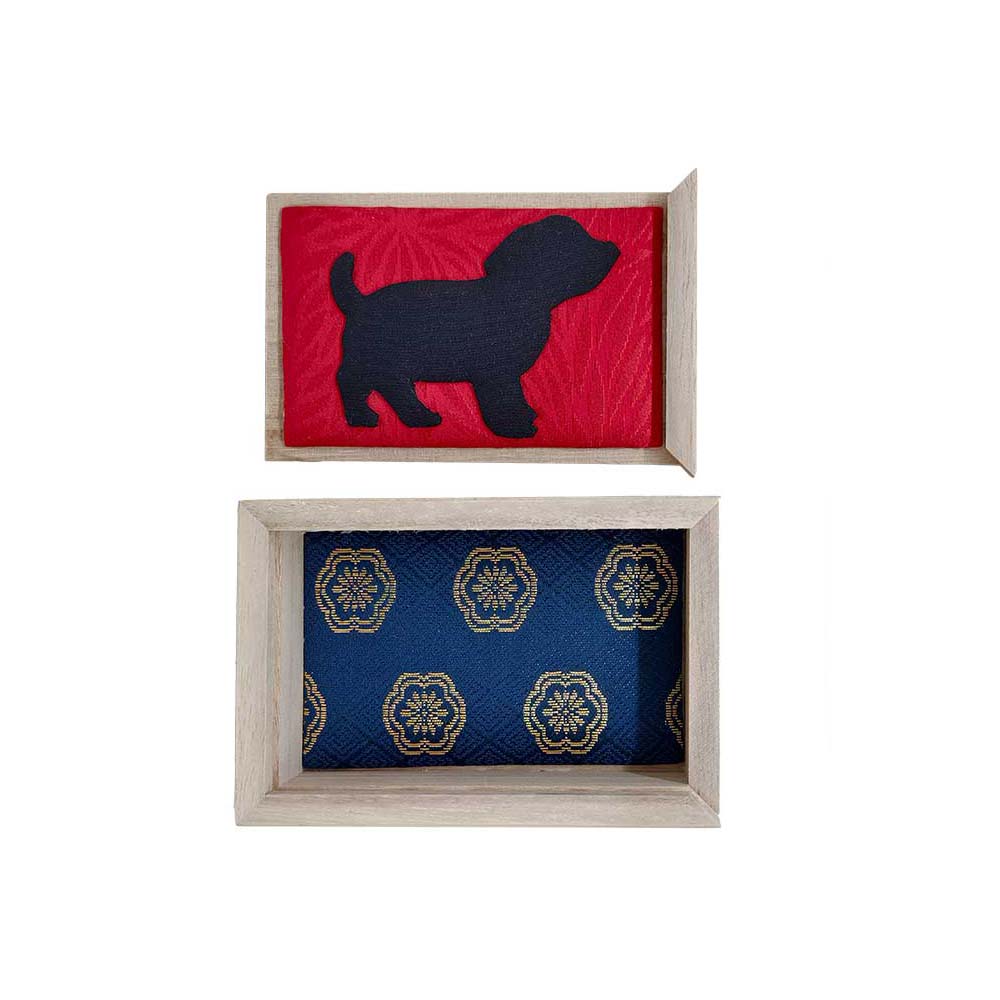
4560490565862
犬 (横/赤)
Dog (Horizontal/Red)
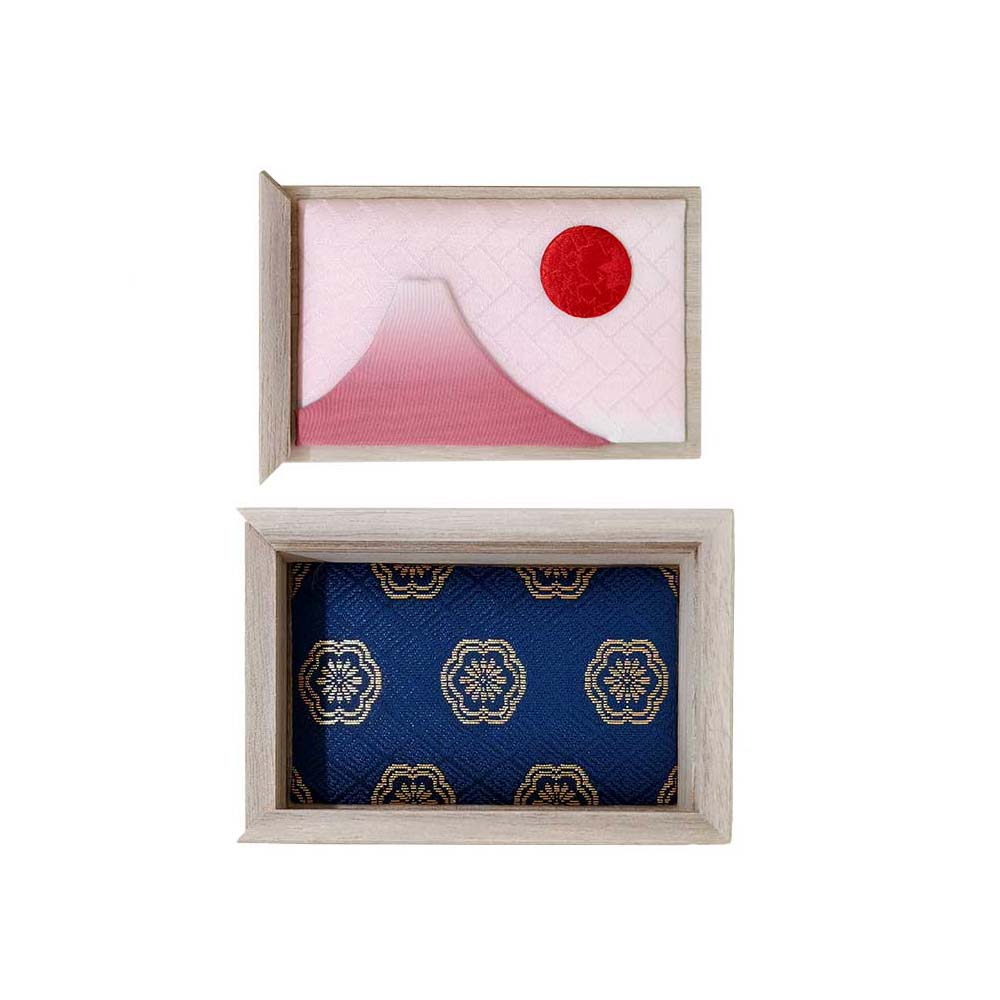
4560490565879
富士
Mt. Fuji
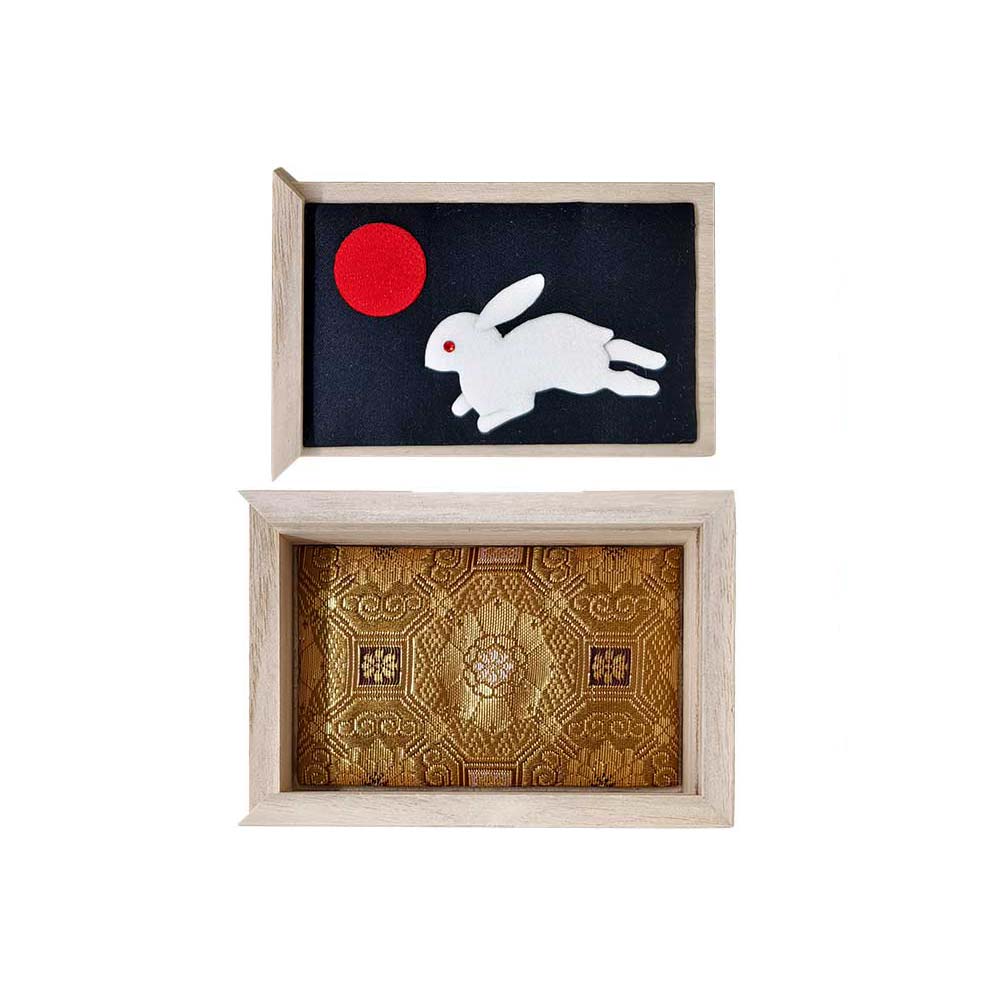
4560490565886
うさぎ
Rabbit
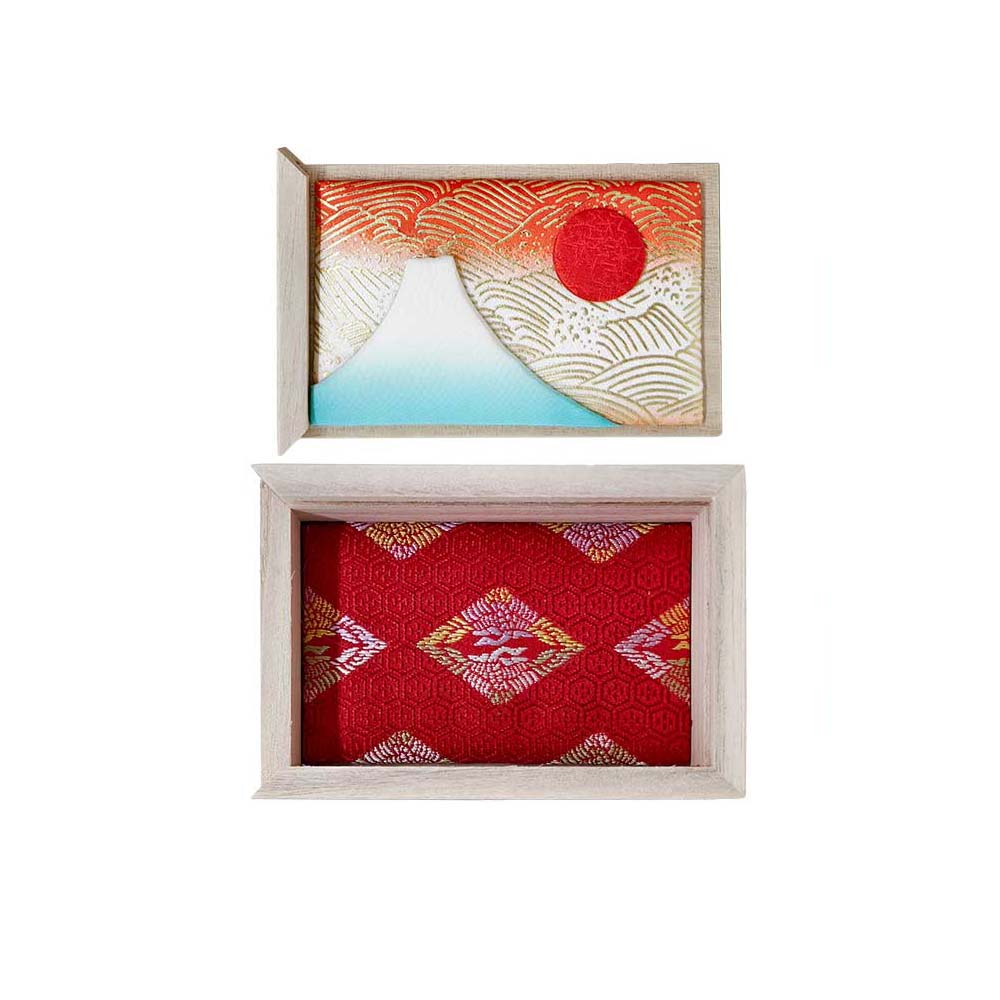
4560490565893
富士
Mt. Fuji
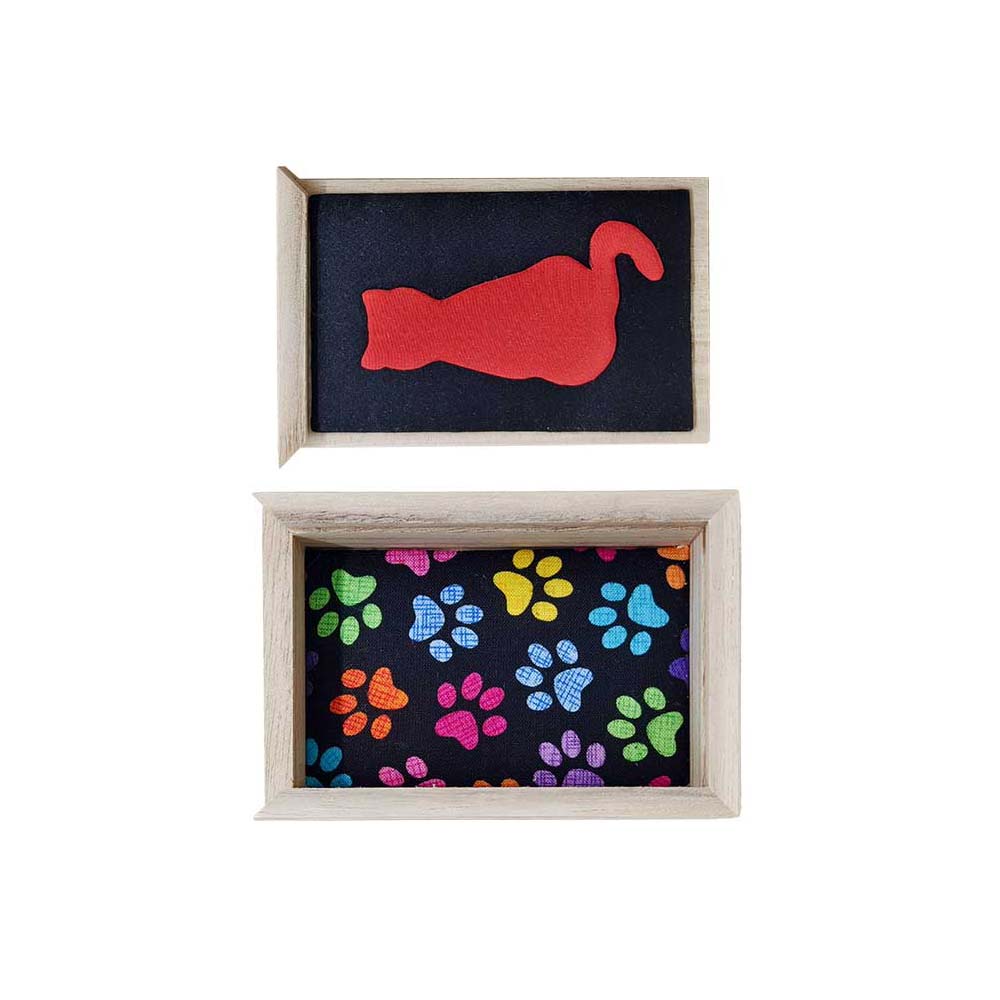
4560490565909
猫
Cat
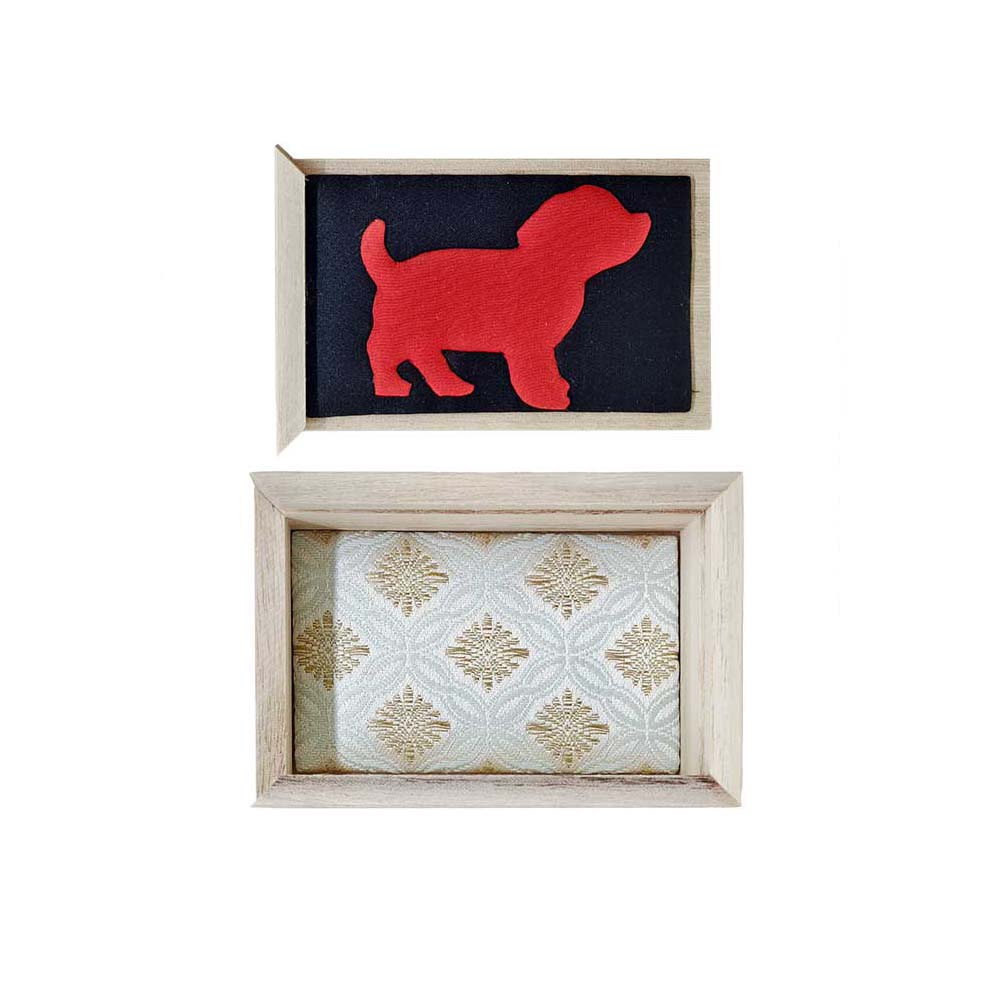
4560490565916
犬
Dog
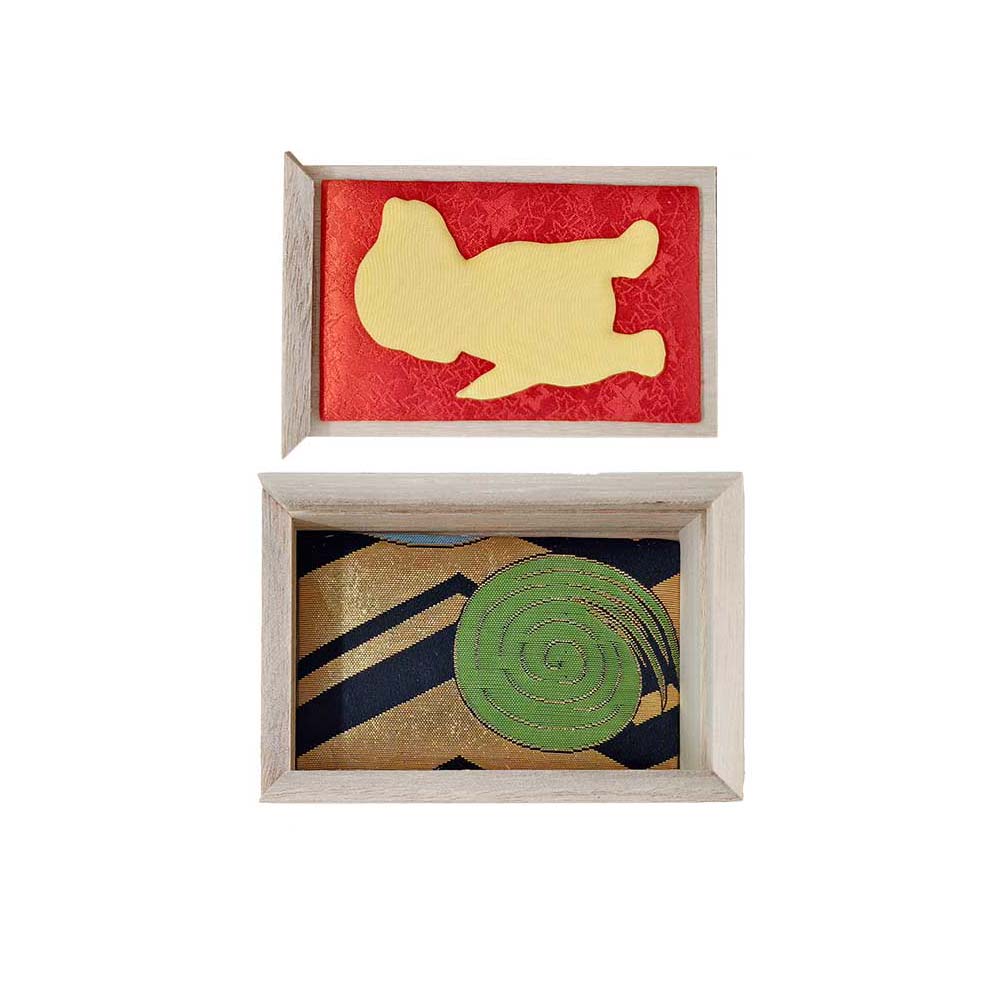
4560490565923
犬
Dog
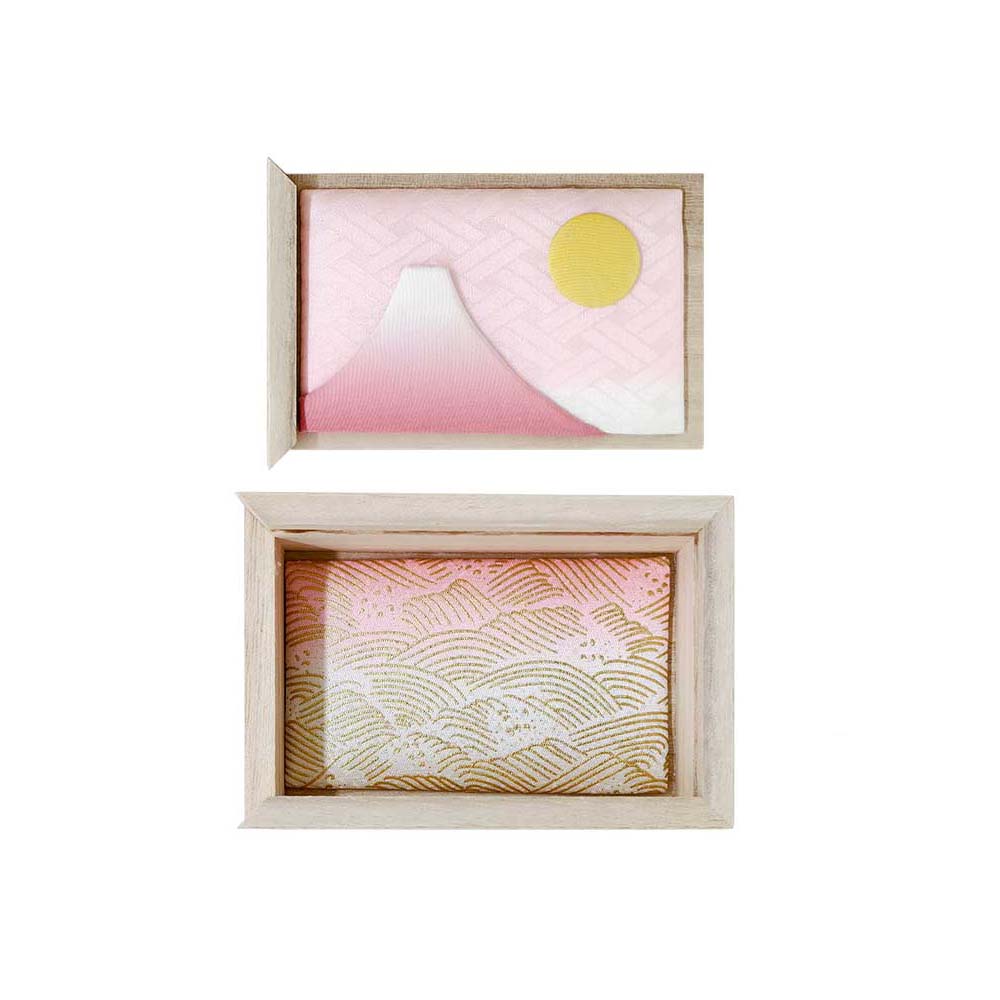
4560490565930
犬
Dog
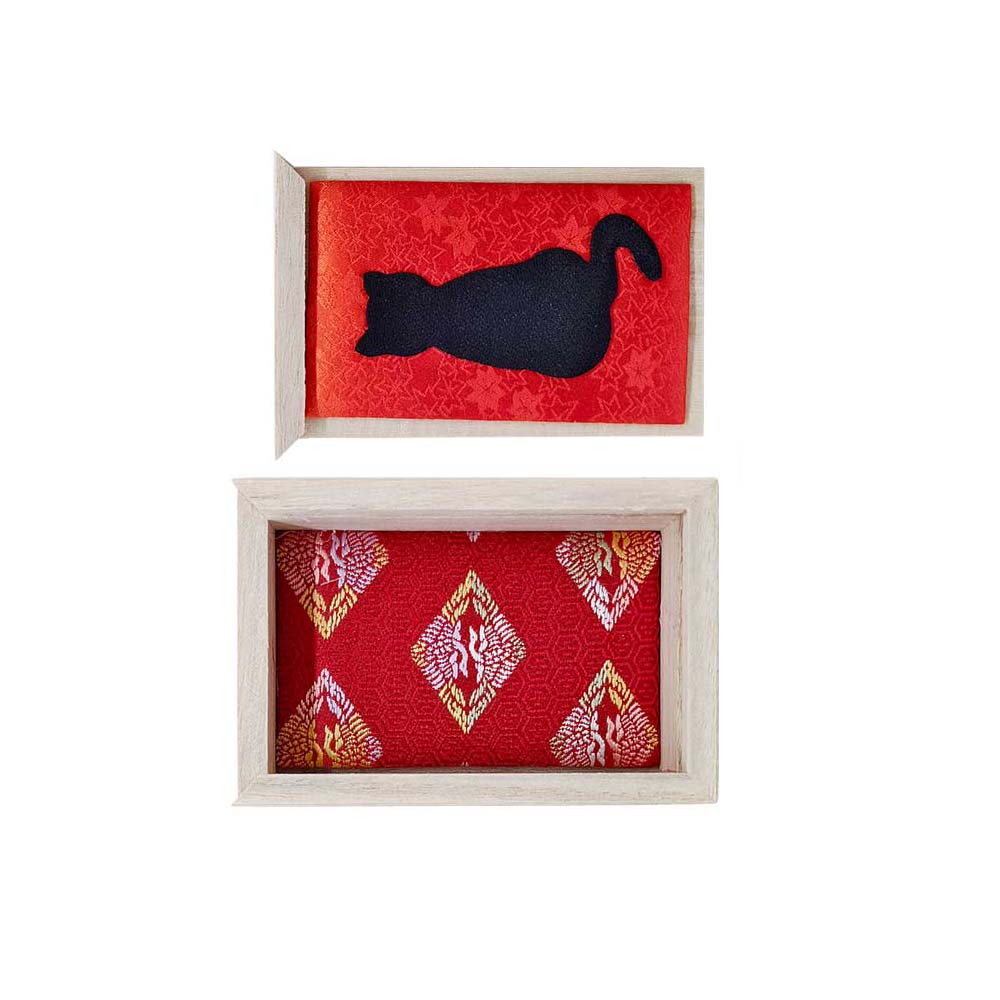
4560490565947
猫
Cat
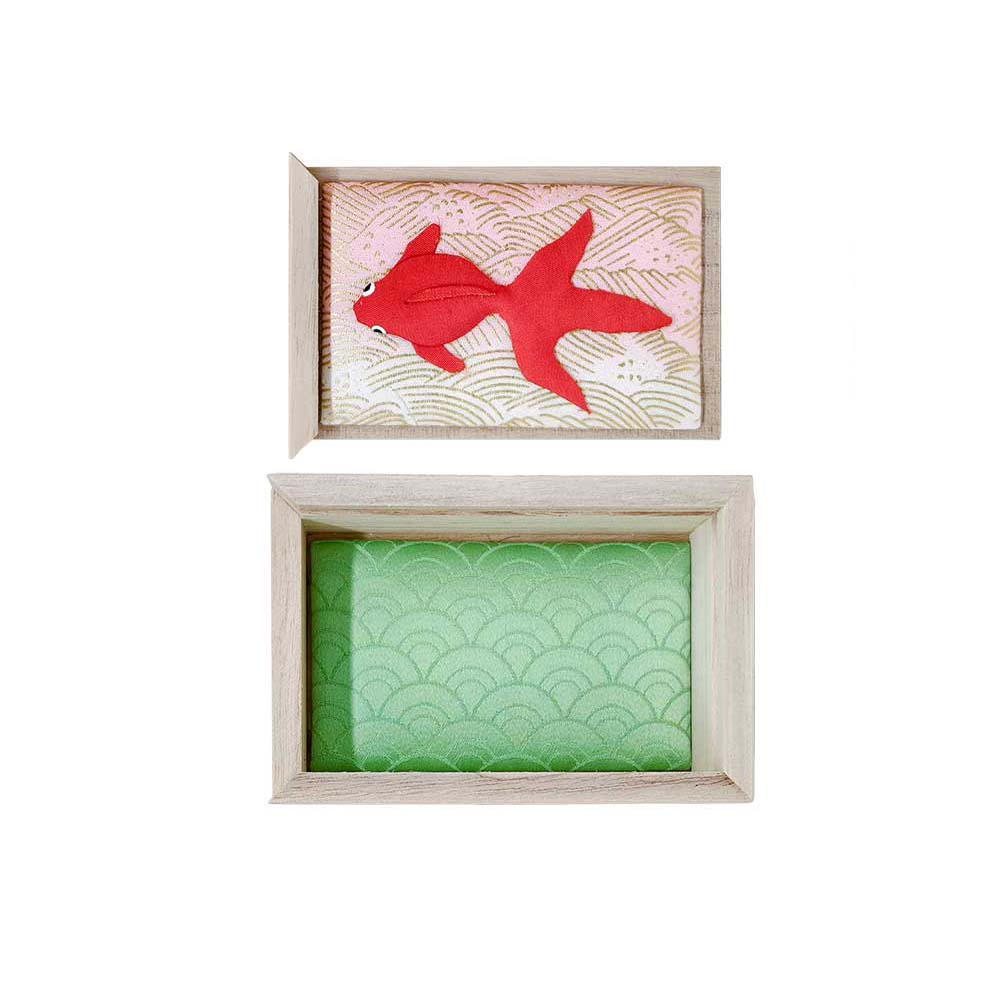
4560490565954
金魚
Goldfish
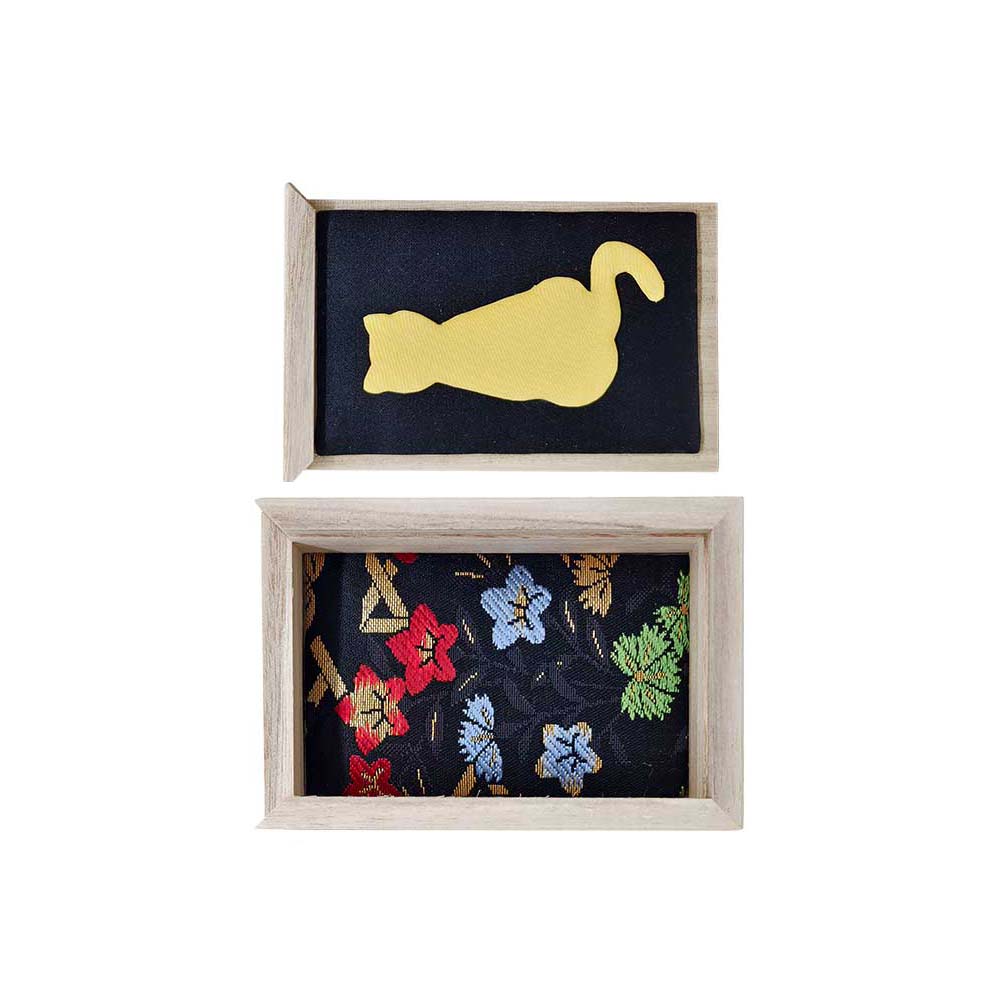
4560490565961
猫
Cat
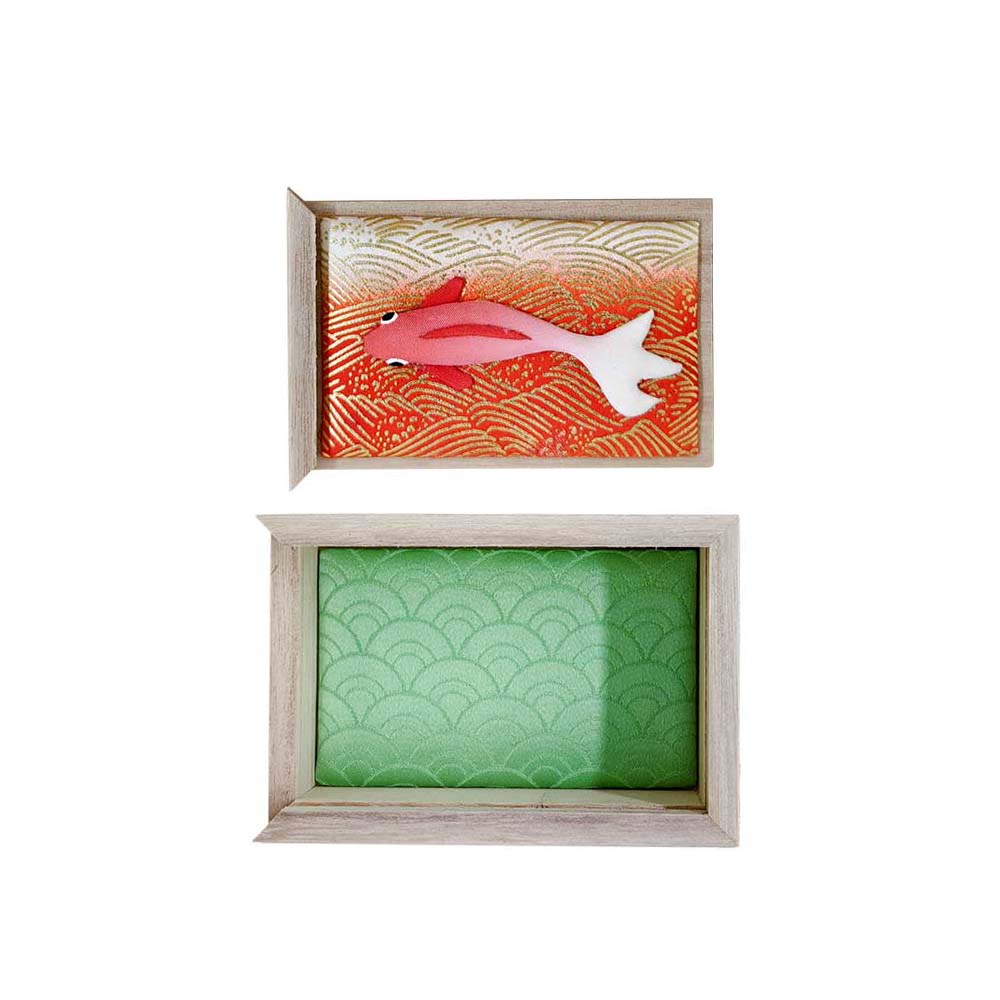
4560490565978
金魚
Goldfish
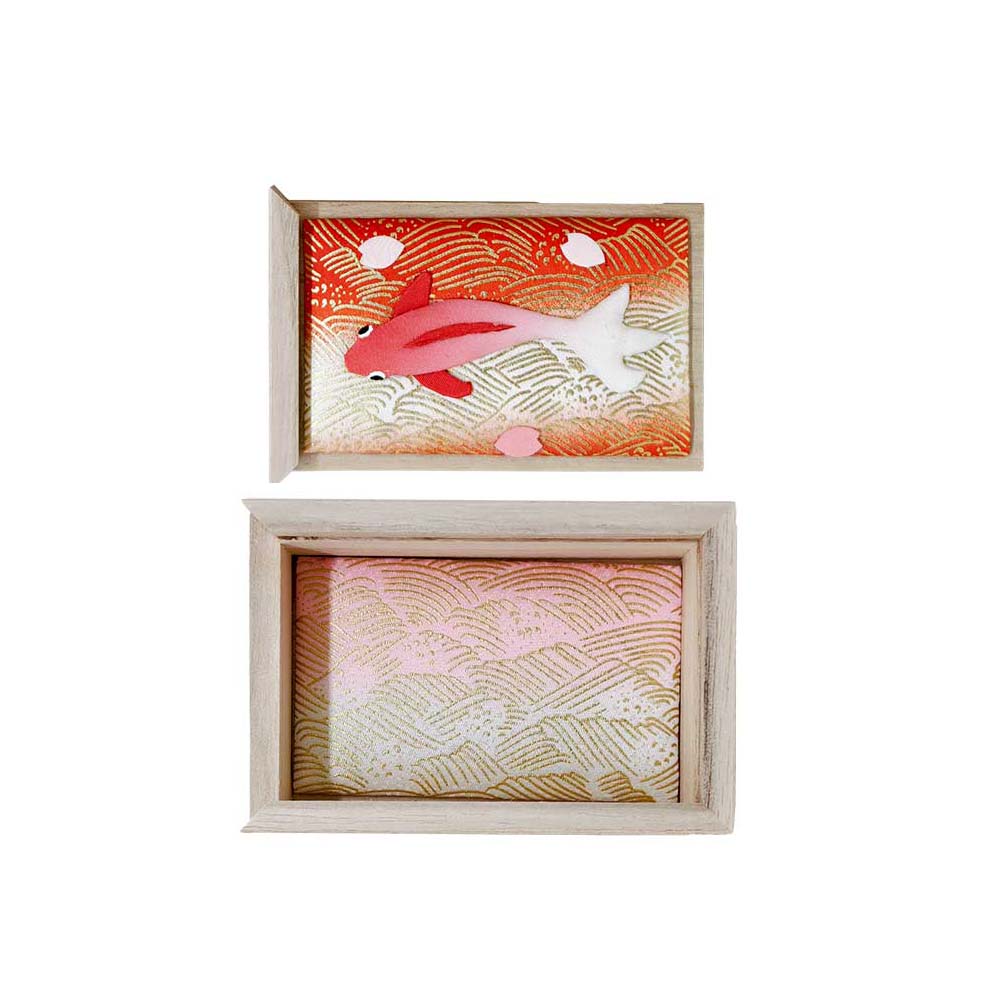
4560490565985
金魚
Goldfish
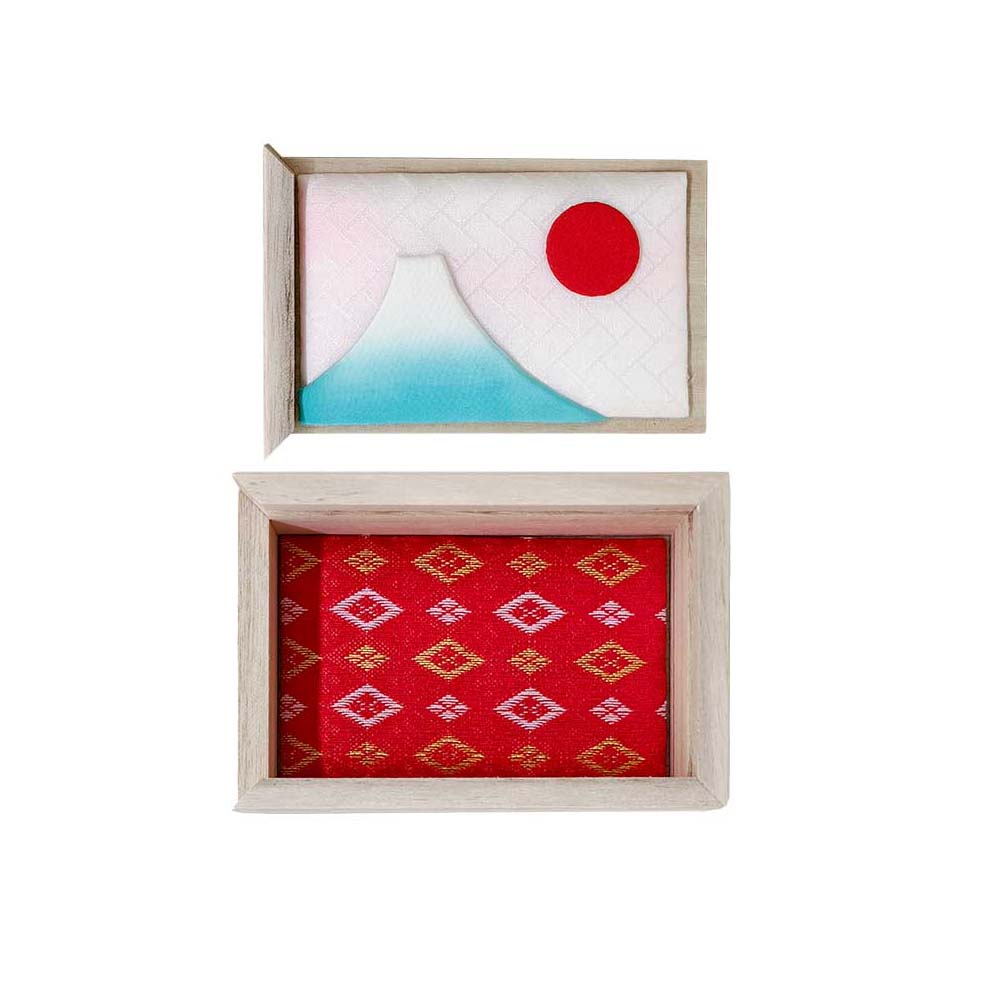
4560490565992
富士(早朝)
Mt. Fuji (Early Morning)
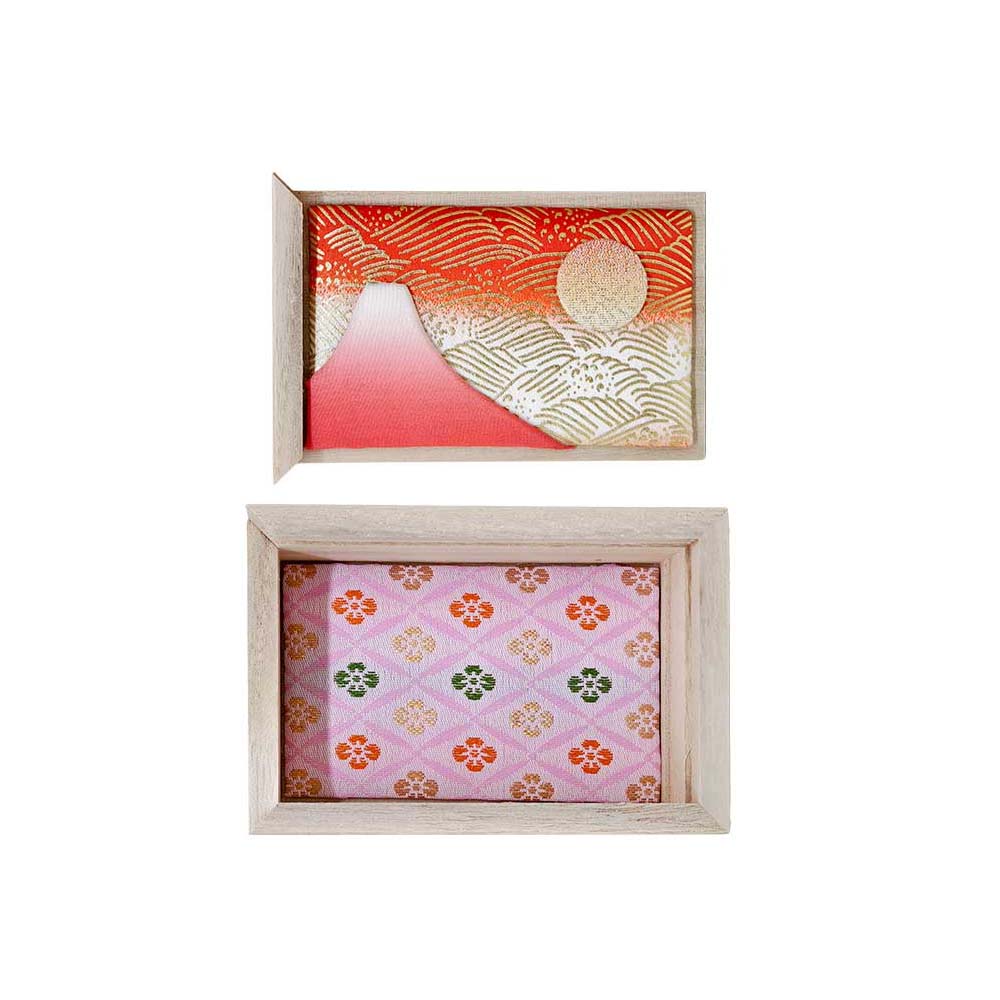
4560490566005
富士(夕暮れ)
Mt. Fuji (Evening Glow)
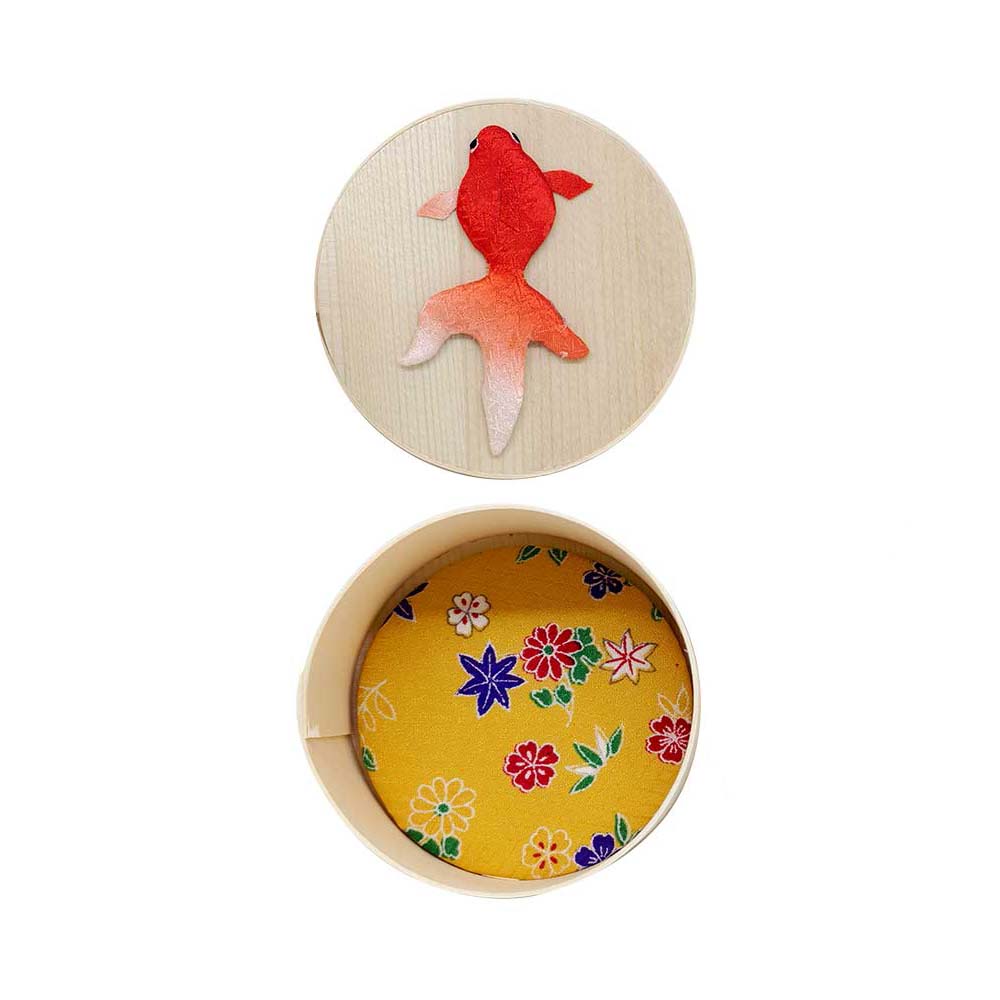
4560490566012
琉金
Ryukin Goldfish
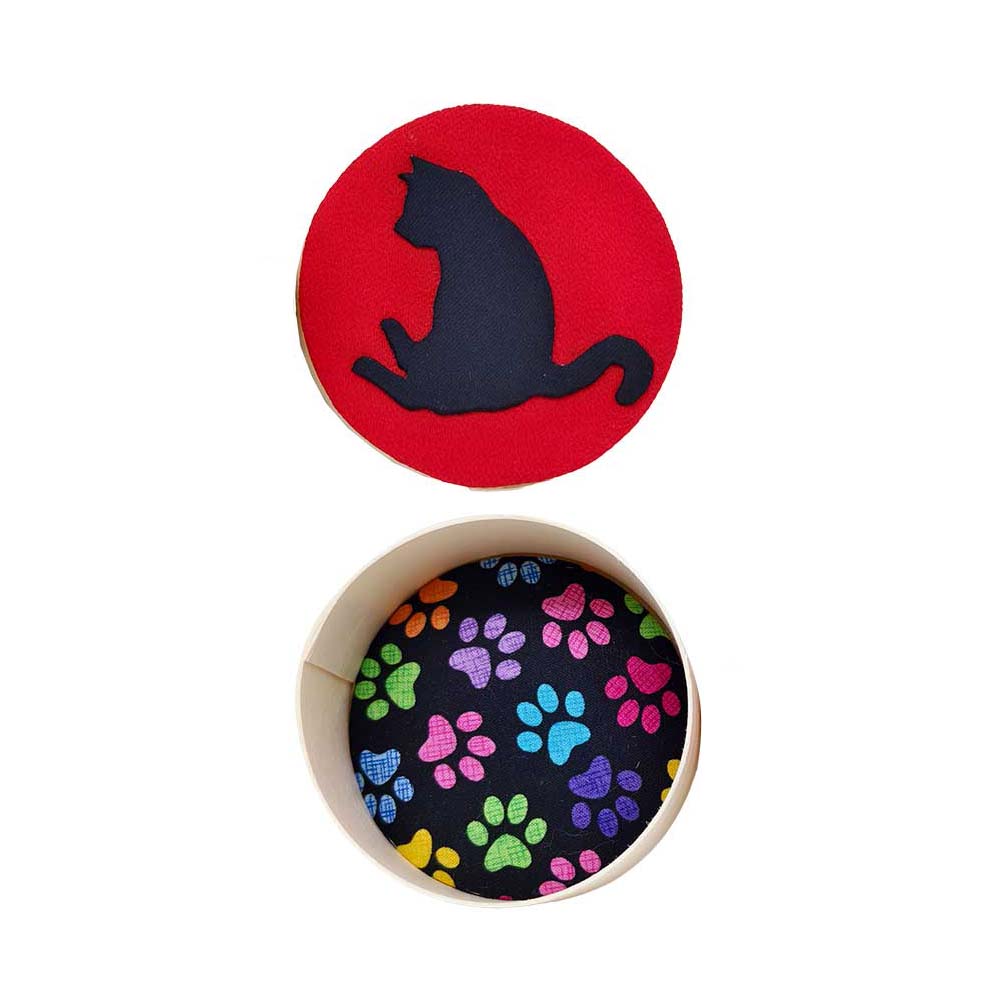
4560490566029
猫
Cat
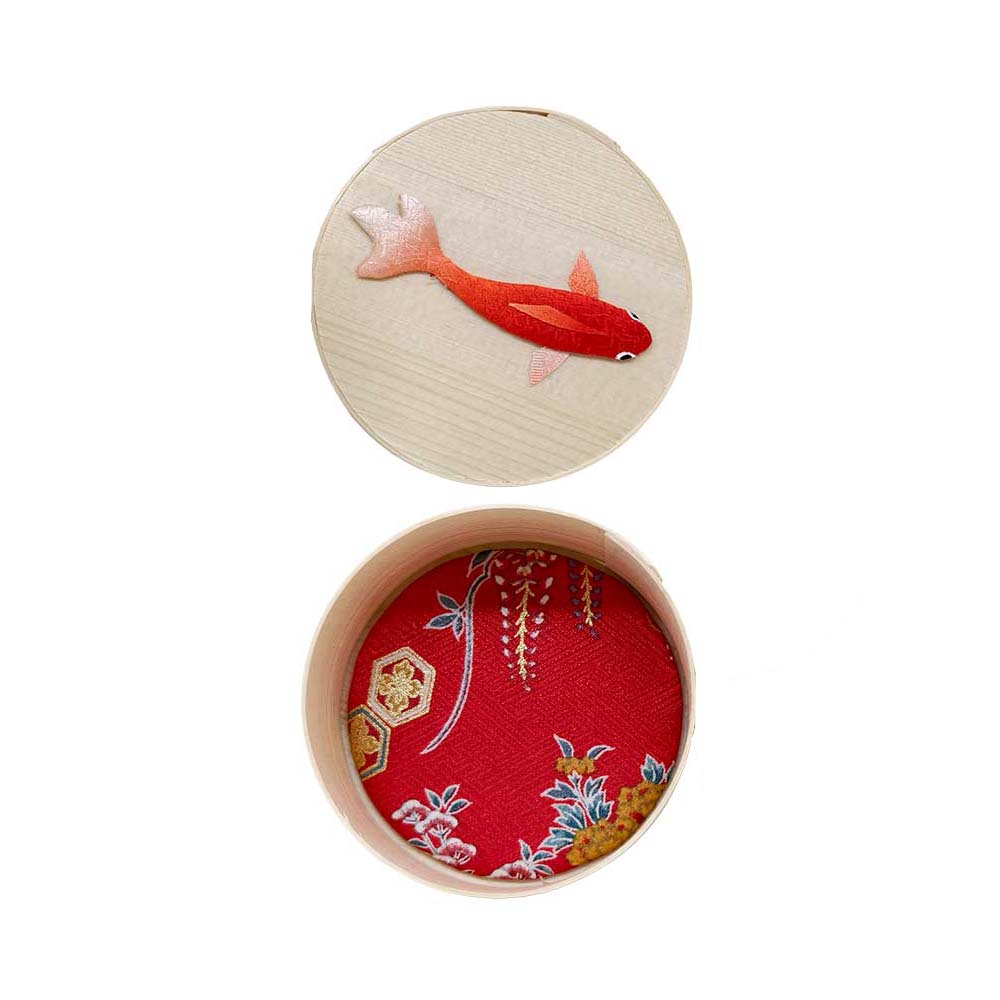
4560490566036
金魚
Goldfish
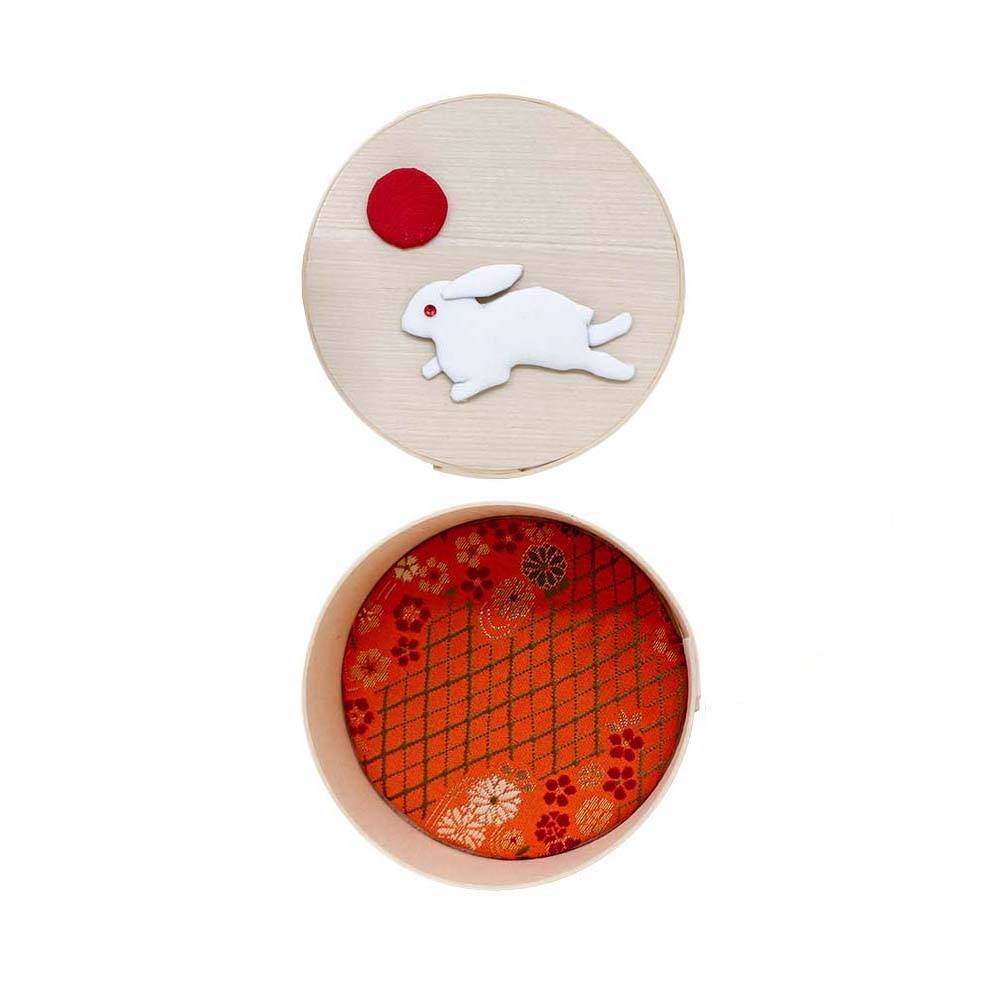
4560490566043
月に兎(赤)
Rabbit in the Moon (Red)
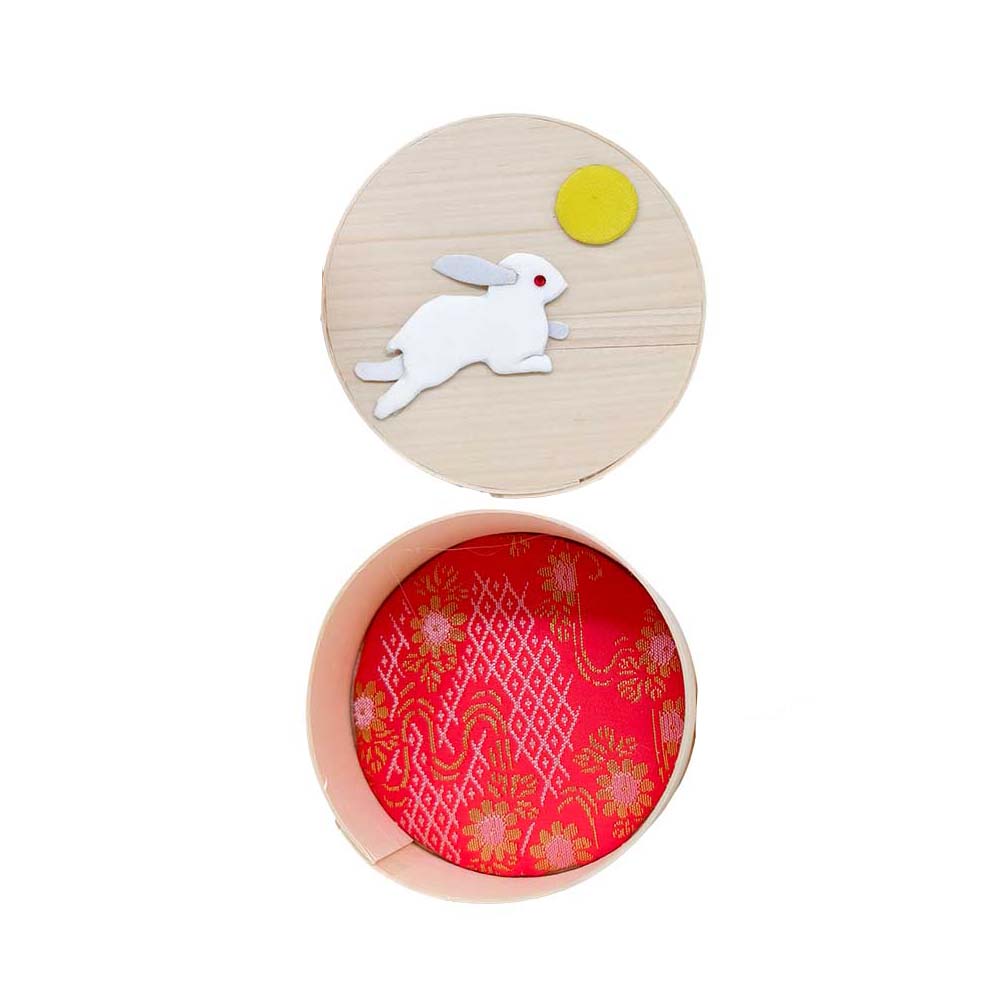
4560490566050
月に兎(黄)
Rabbit in the Moon (Yellow)
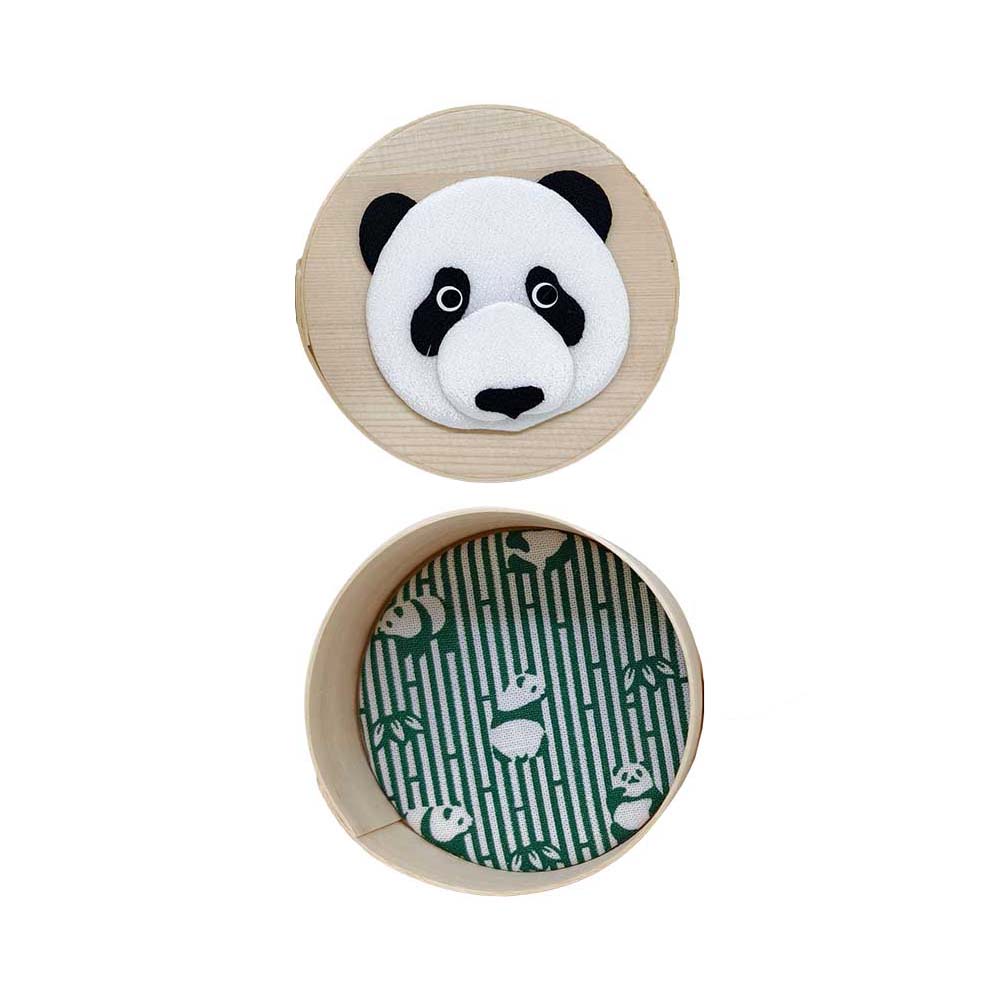
4560490566067
パンダ
Panda
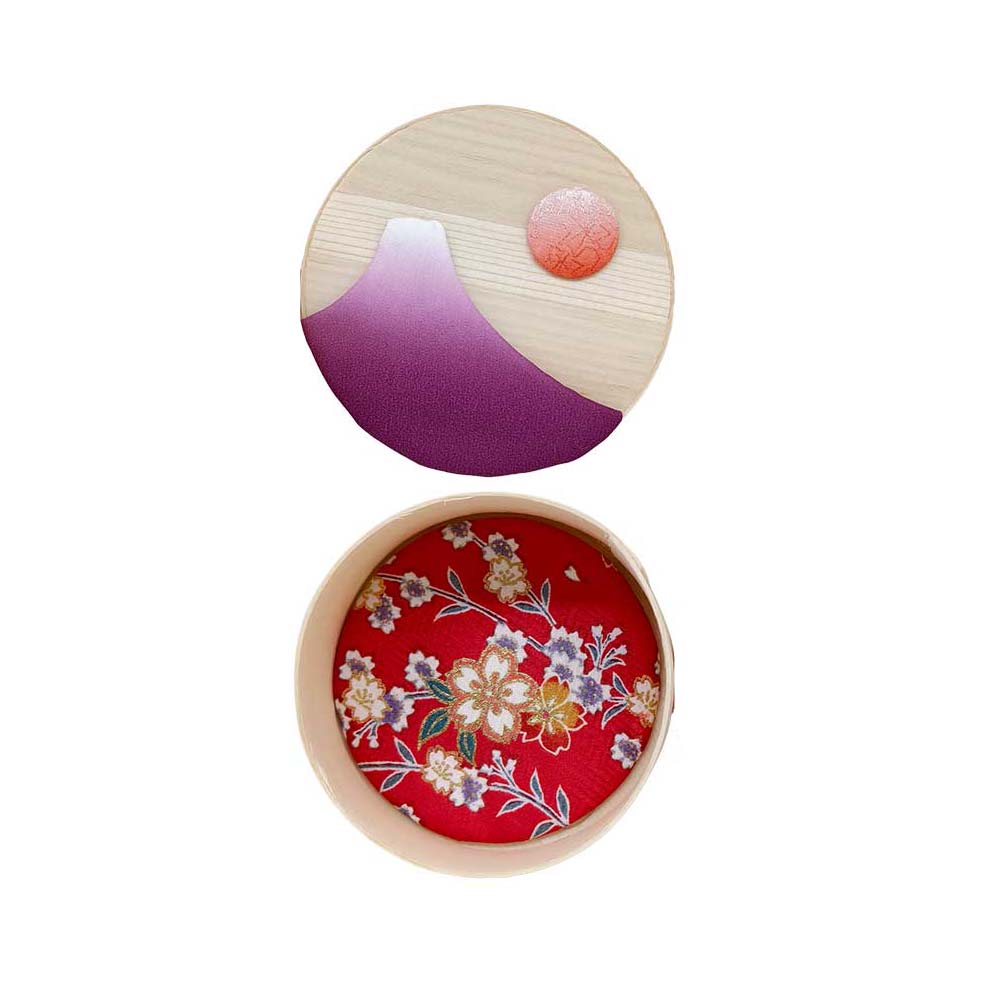
4560490566074
富士山
Mt. Fuji
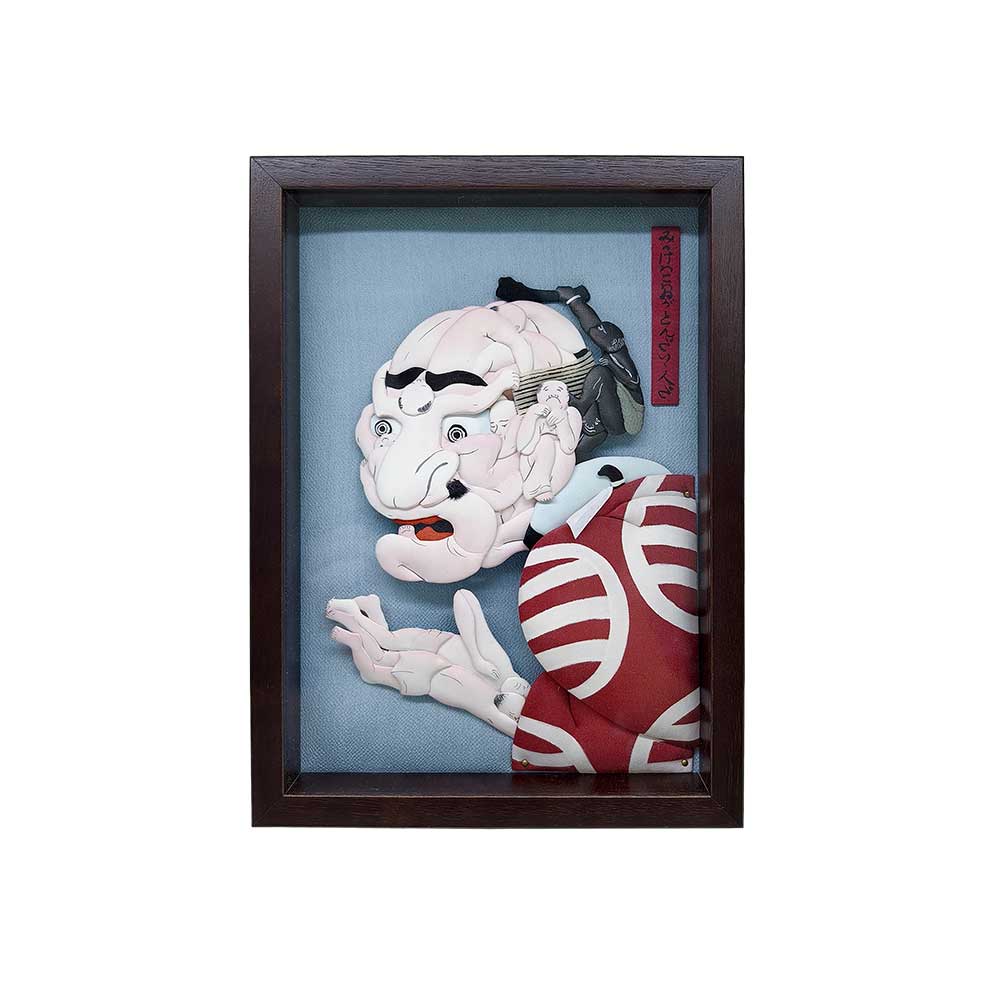
4560490566081
みかけはこわいがとんだいい人だ
Looks Tough but Good Person
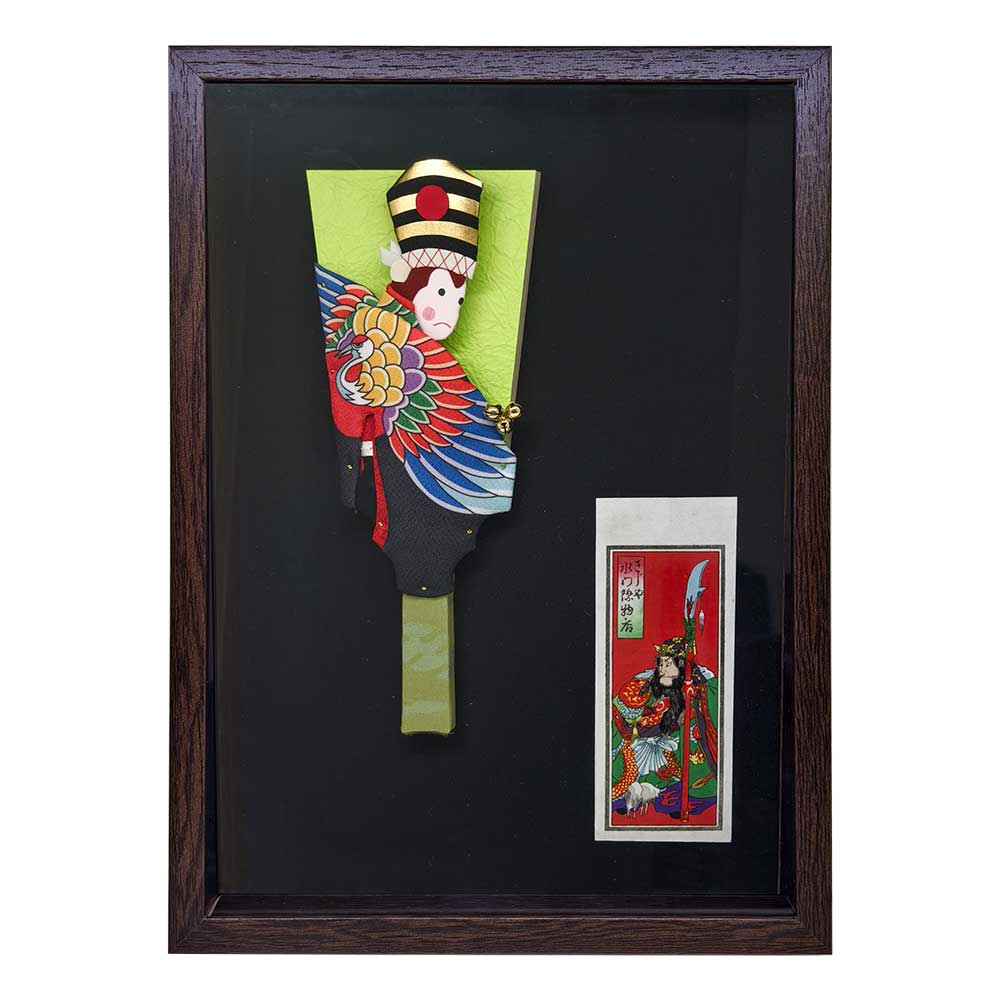
4560490566098
額装縁起羽子板三番叟
Framed Auspicious Hagoita Sanbasō
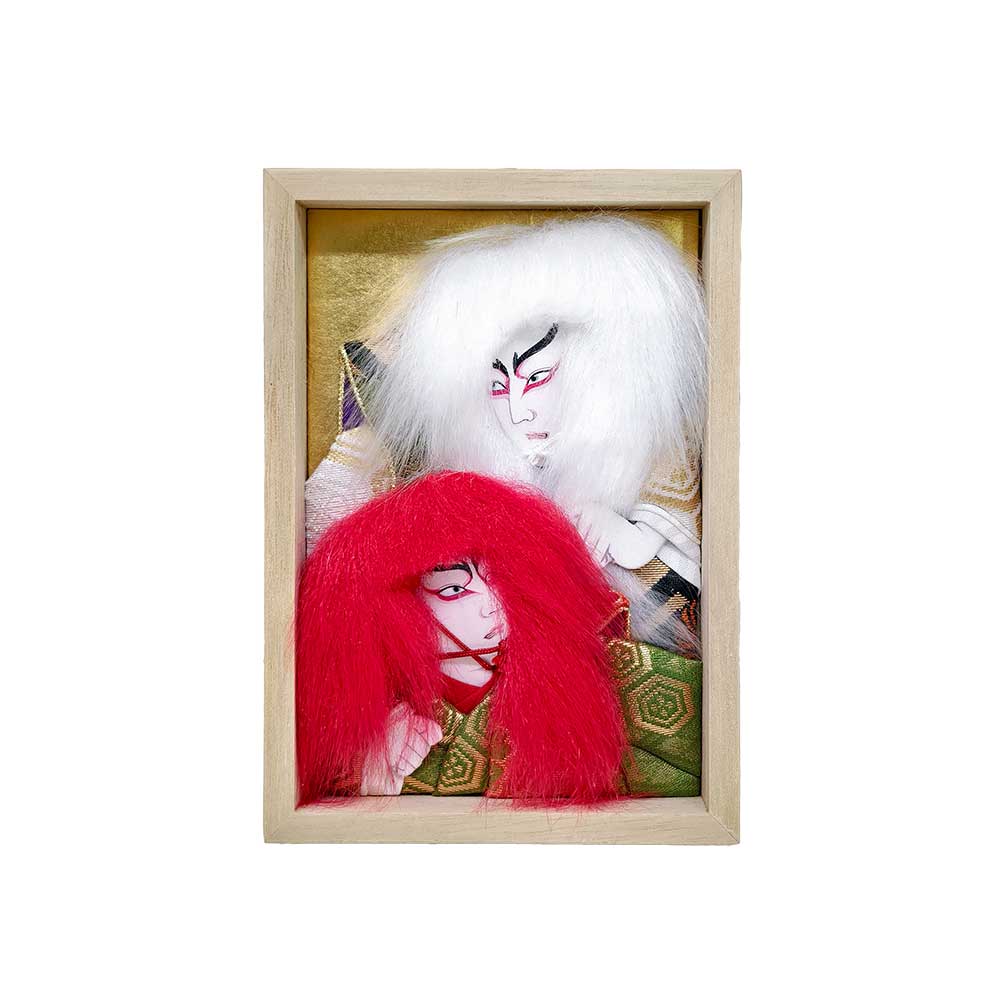
4560490566104
連獅子
Two Lions
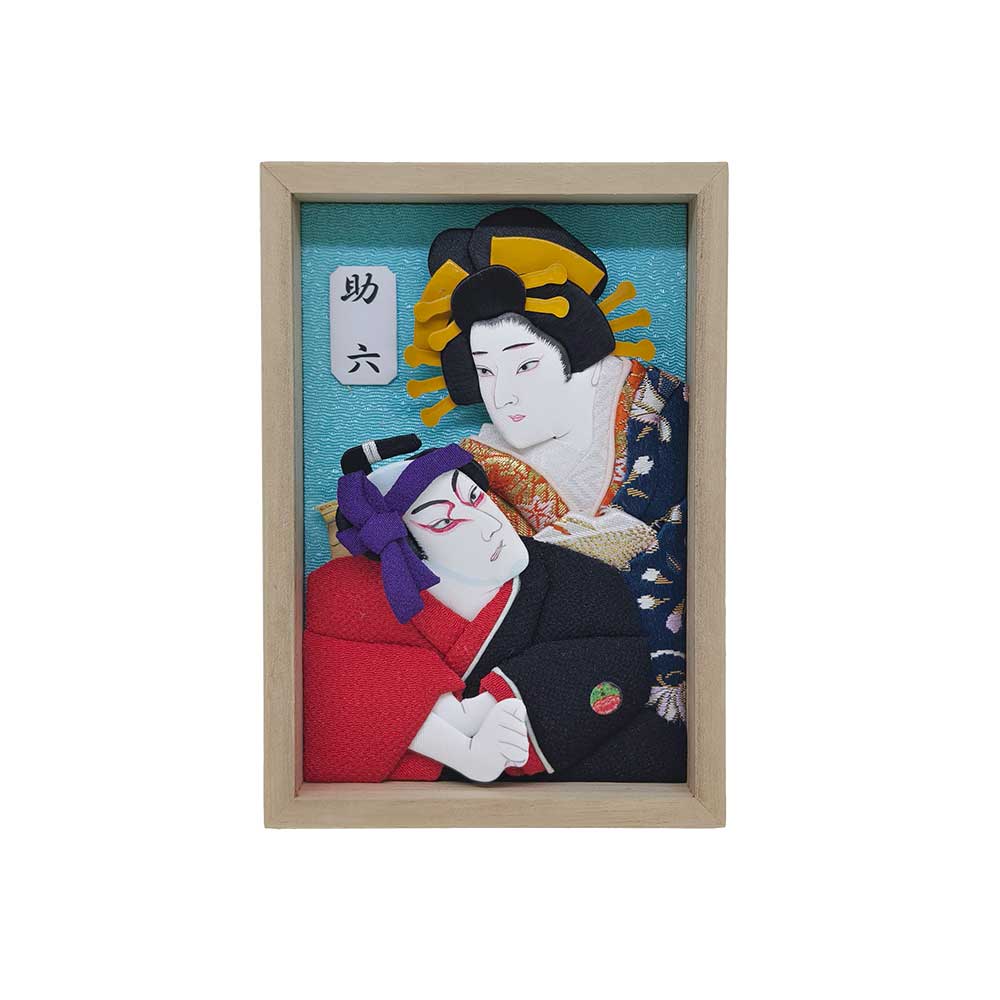
4560490566111
助六と揚巻
Sukeroku and Agemaki
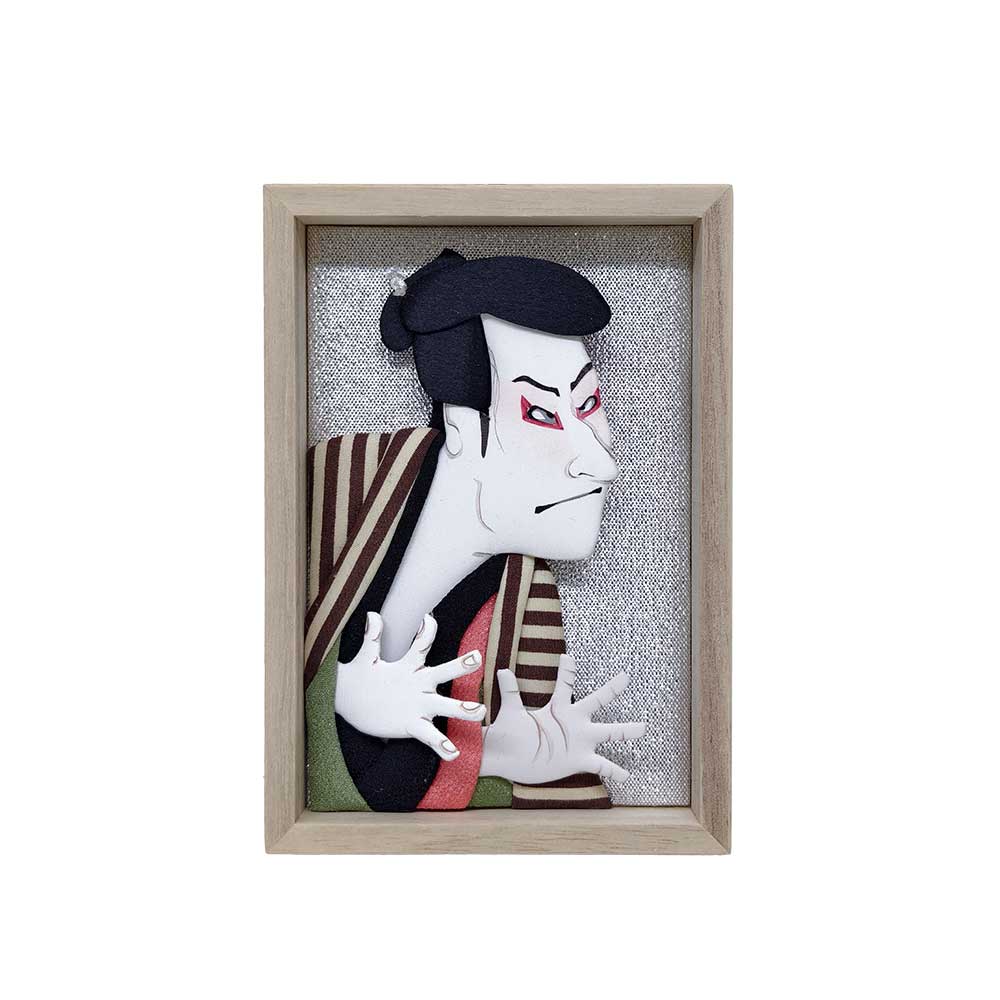
4560490566128
大谷鬼次/奴江戸兵衛
Otani Oniji / Yakko Edo-bei
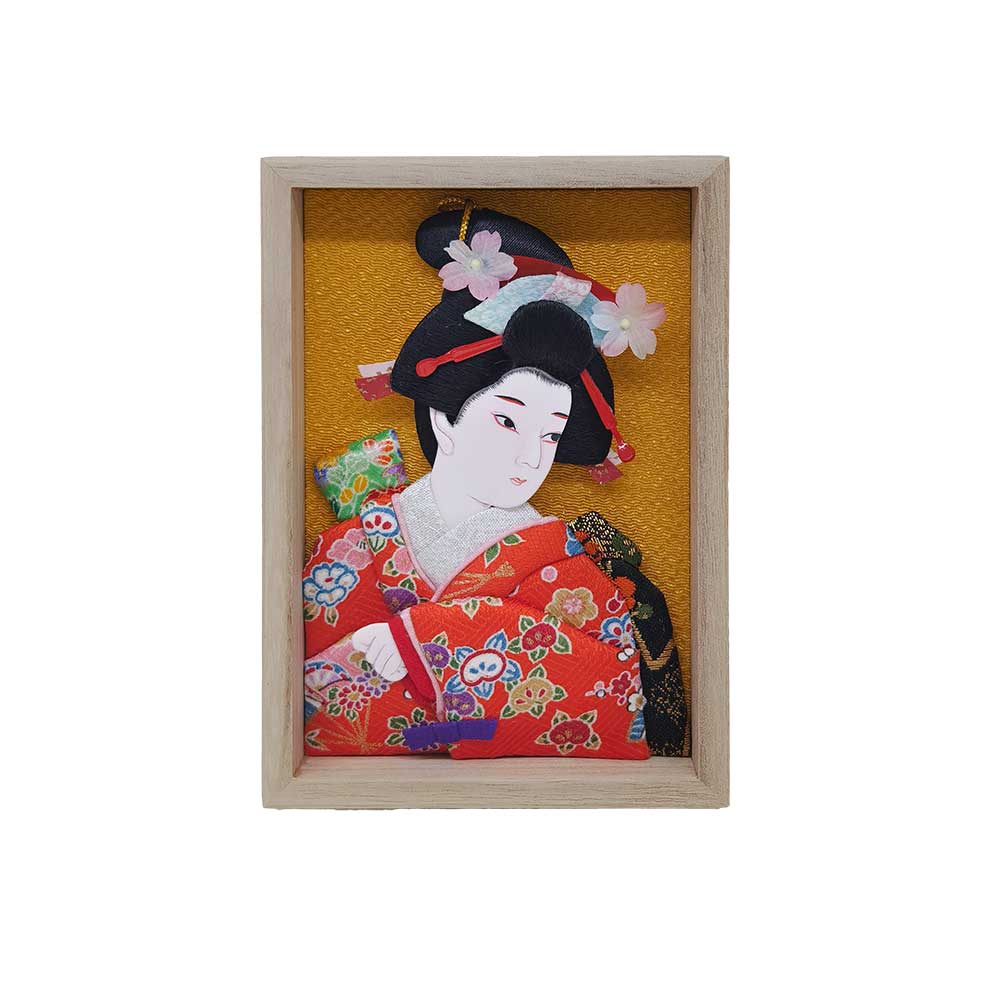
4560490566135
羽根の禿
Young Girl with Feathers
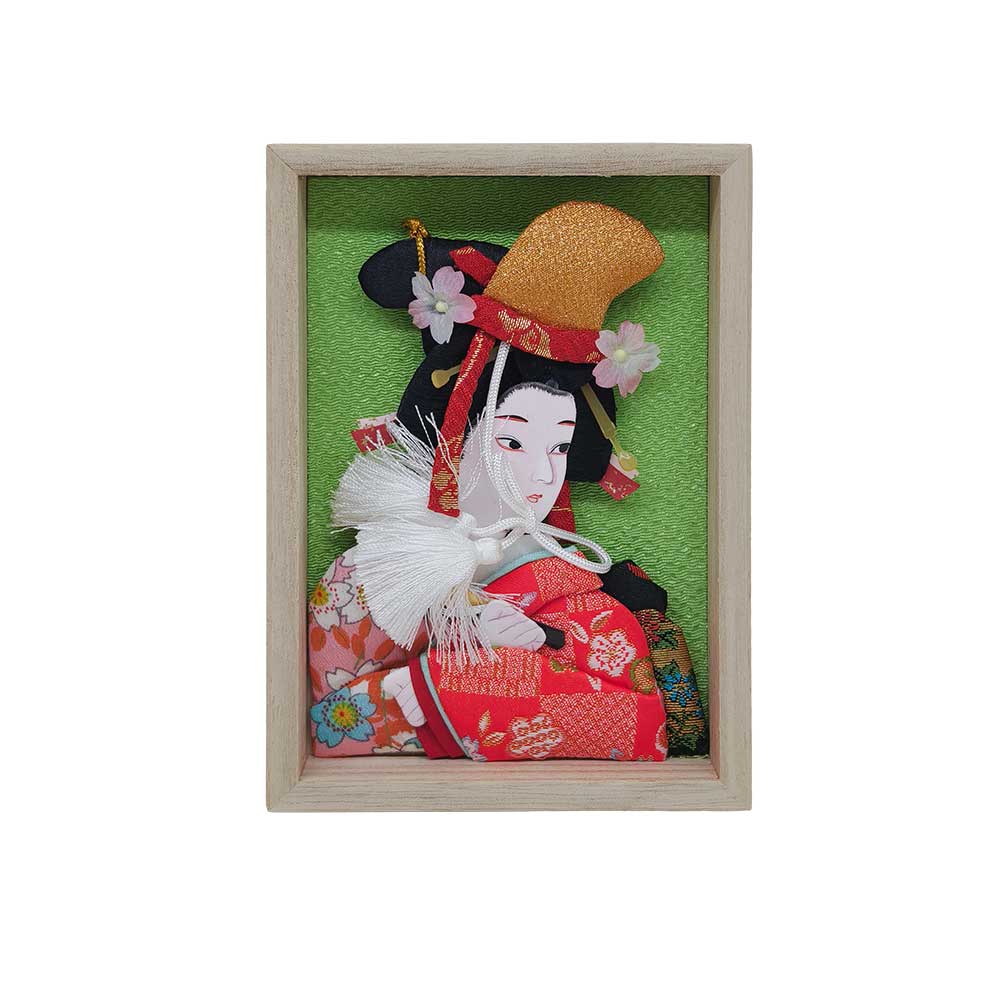
4560490566142
娘道成寺
Musume Dōjōji
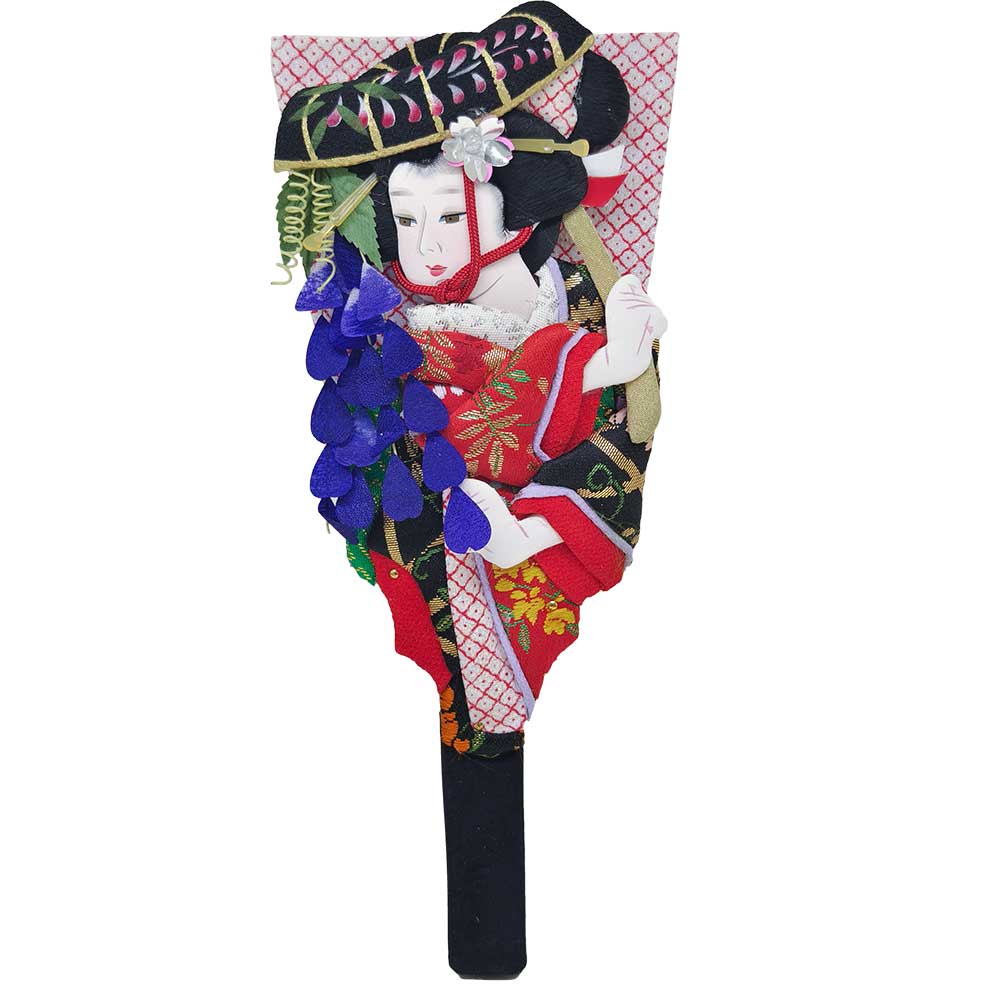
4560490566159
正絹 藤娘 尺
Pure Silk Fujimusume- Shaku
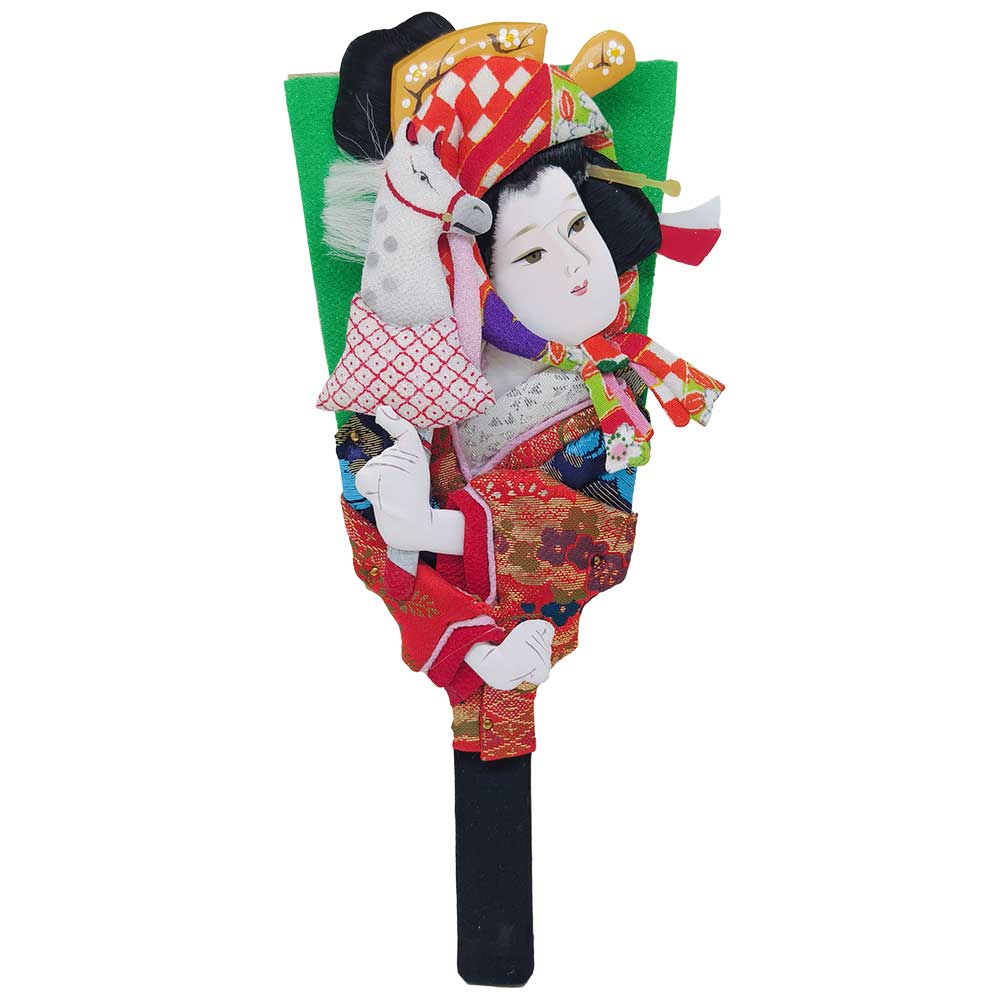
4560490566166
春駒
Harukoma

4560490566173
道成寺
Dōjōji
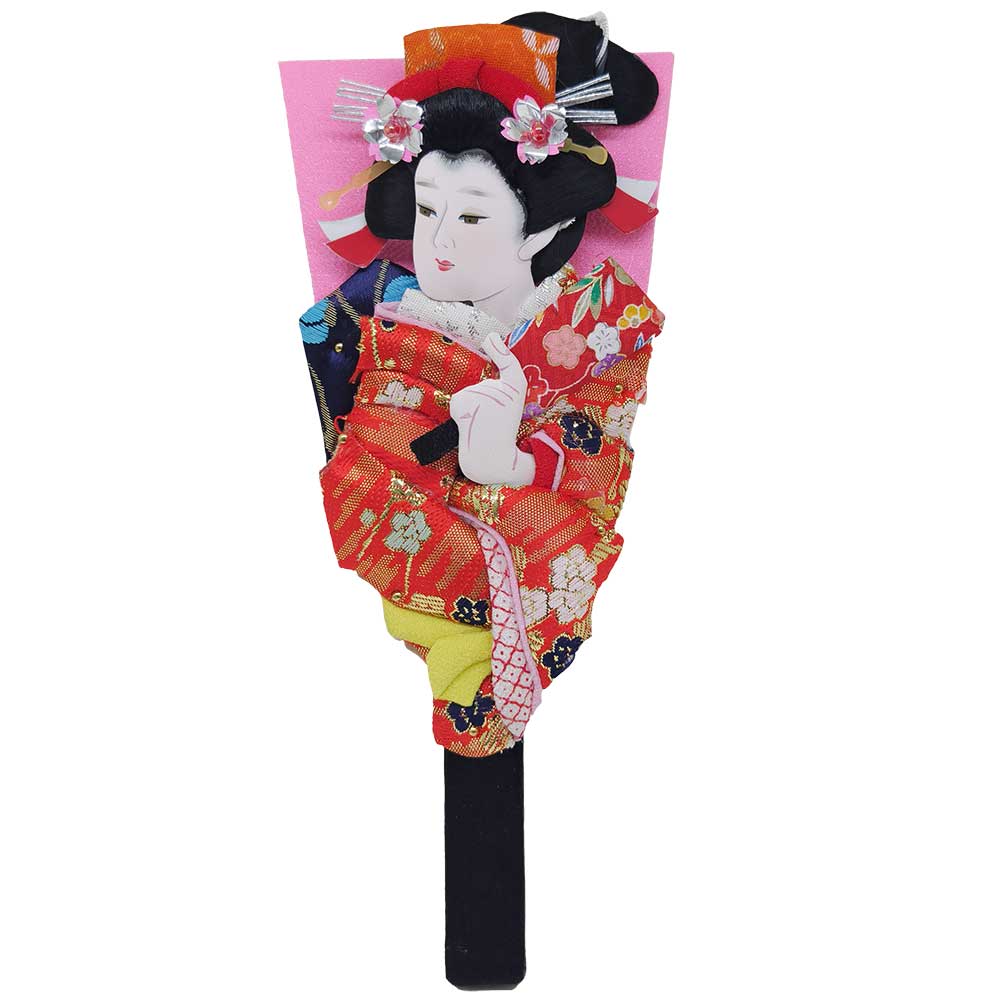
4560490566180
羽根の禿
Young Girl with Feathers
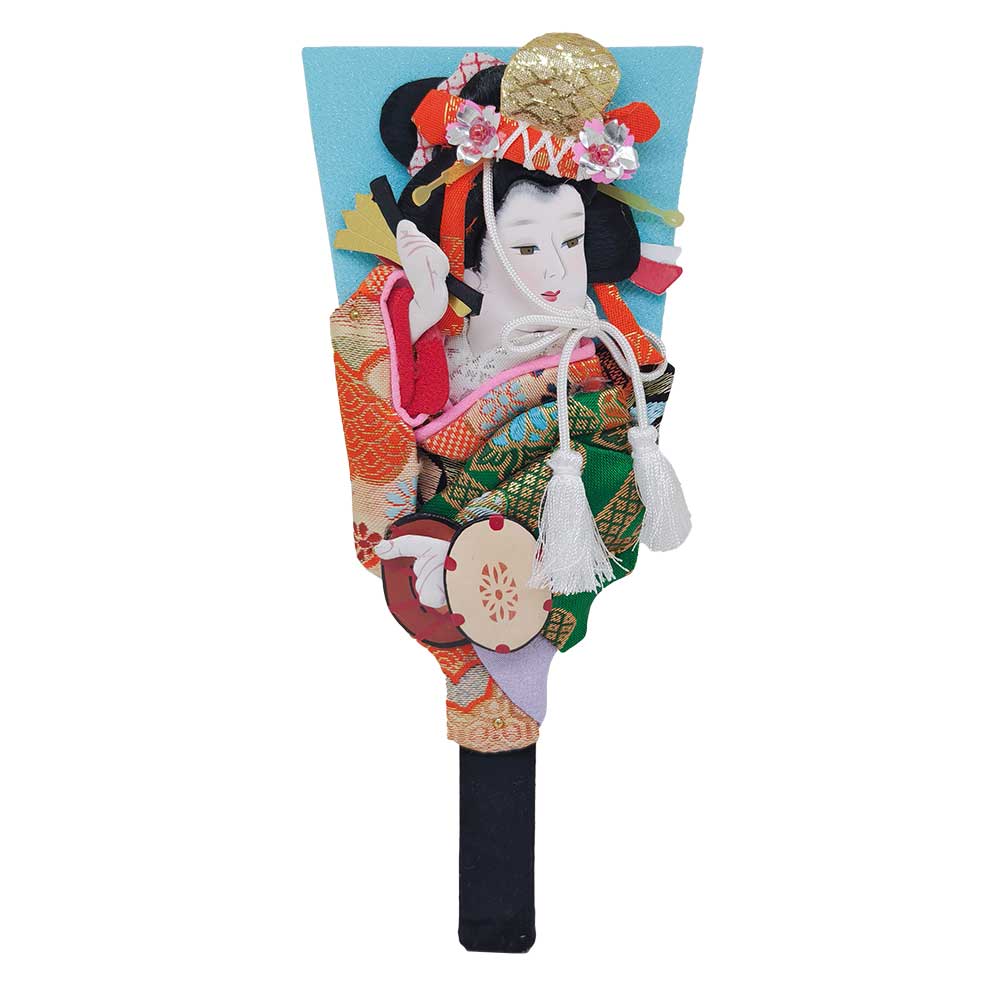
4560490566197
浅妻船
Asazuma Boat
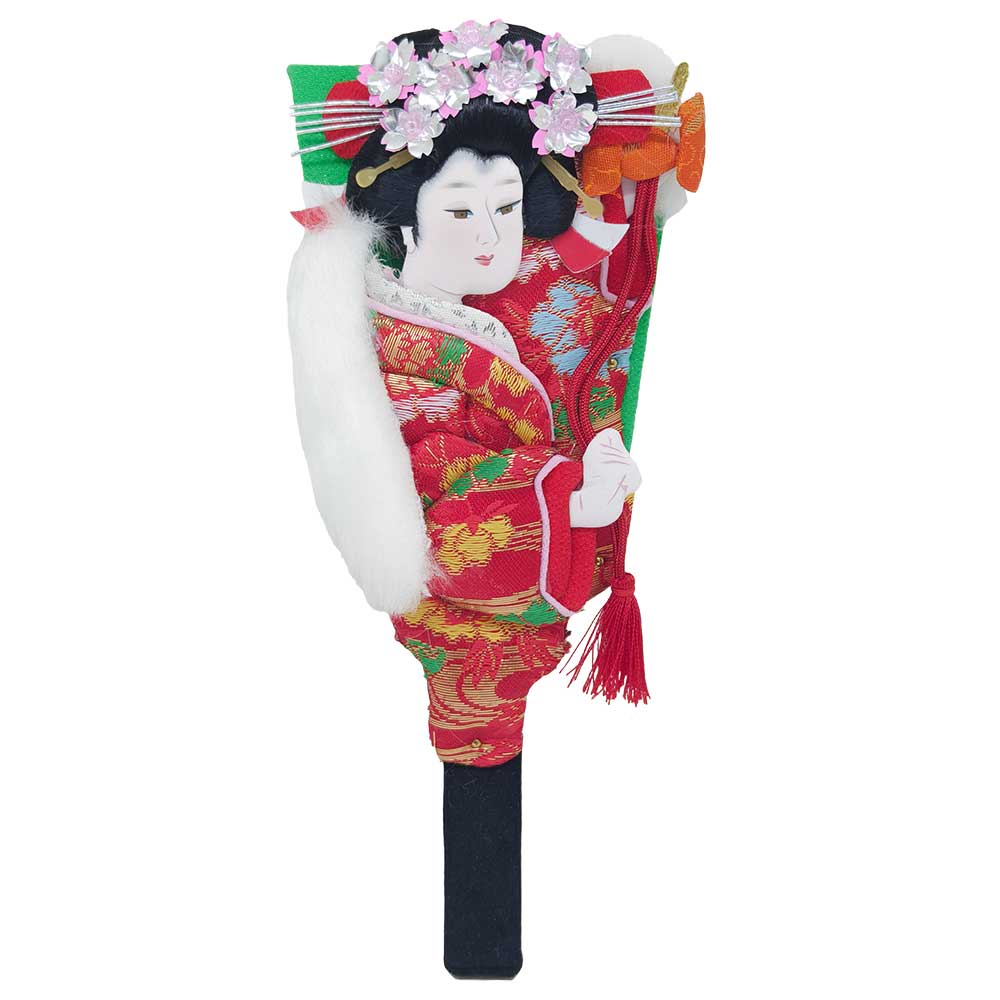
4560490566203
八重垣姫
Princess Yaegaki
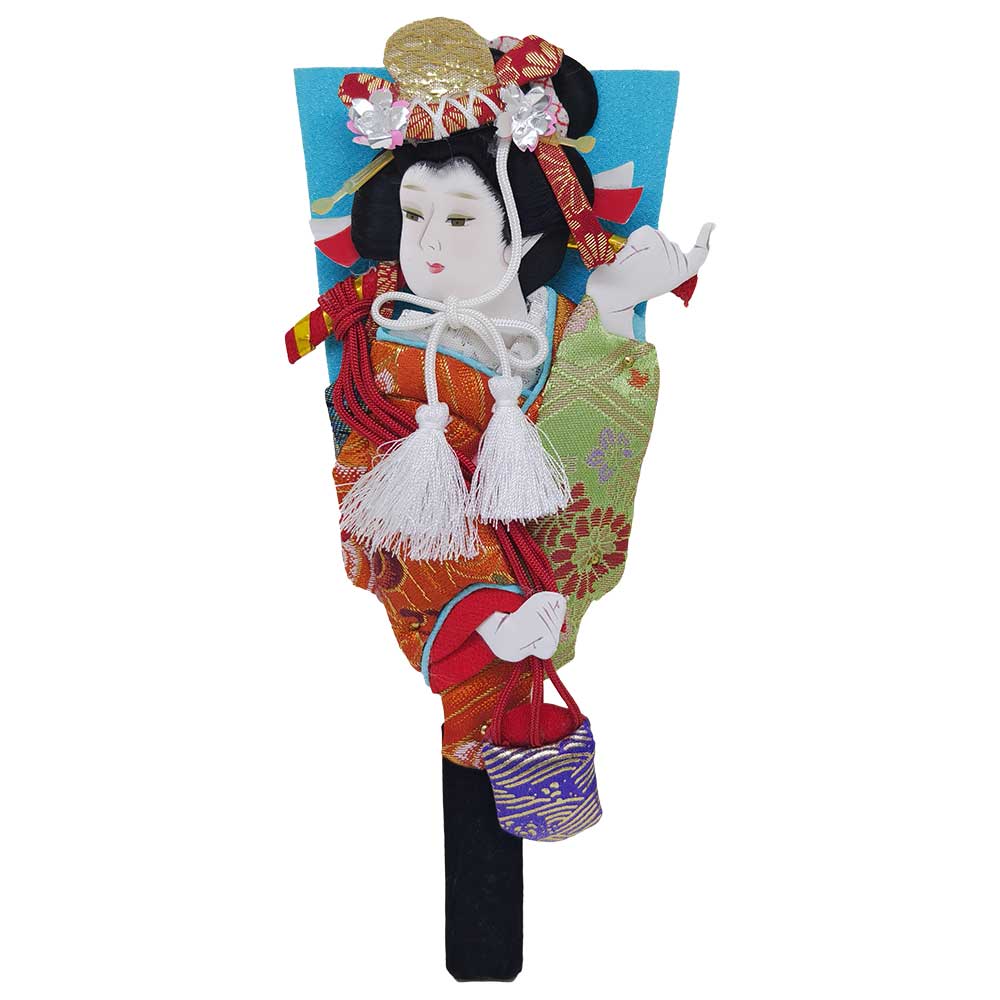
4560490566210
汐汲み
Shiokumi
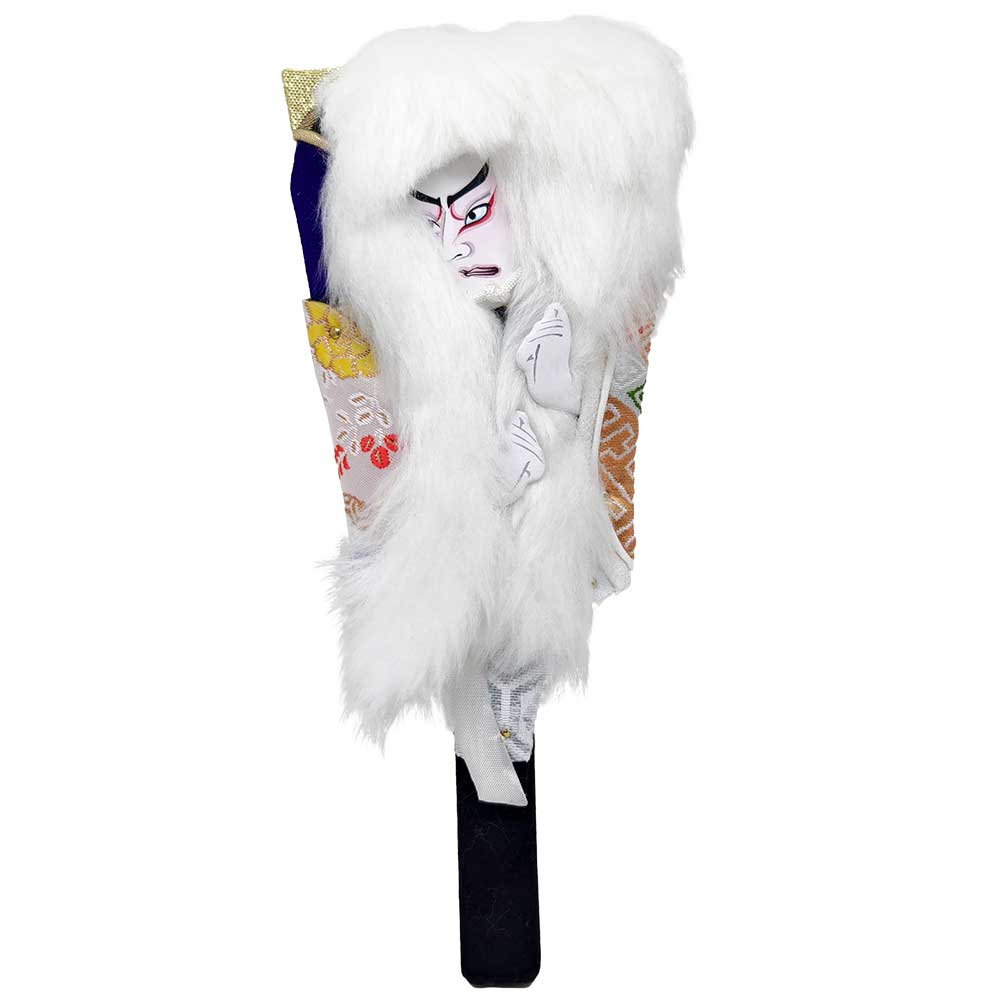
4560490566227
白獅子
White Lion
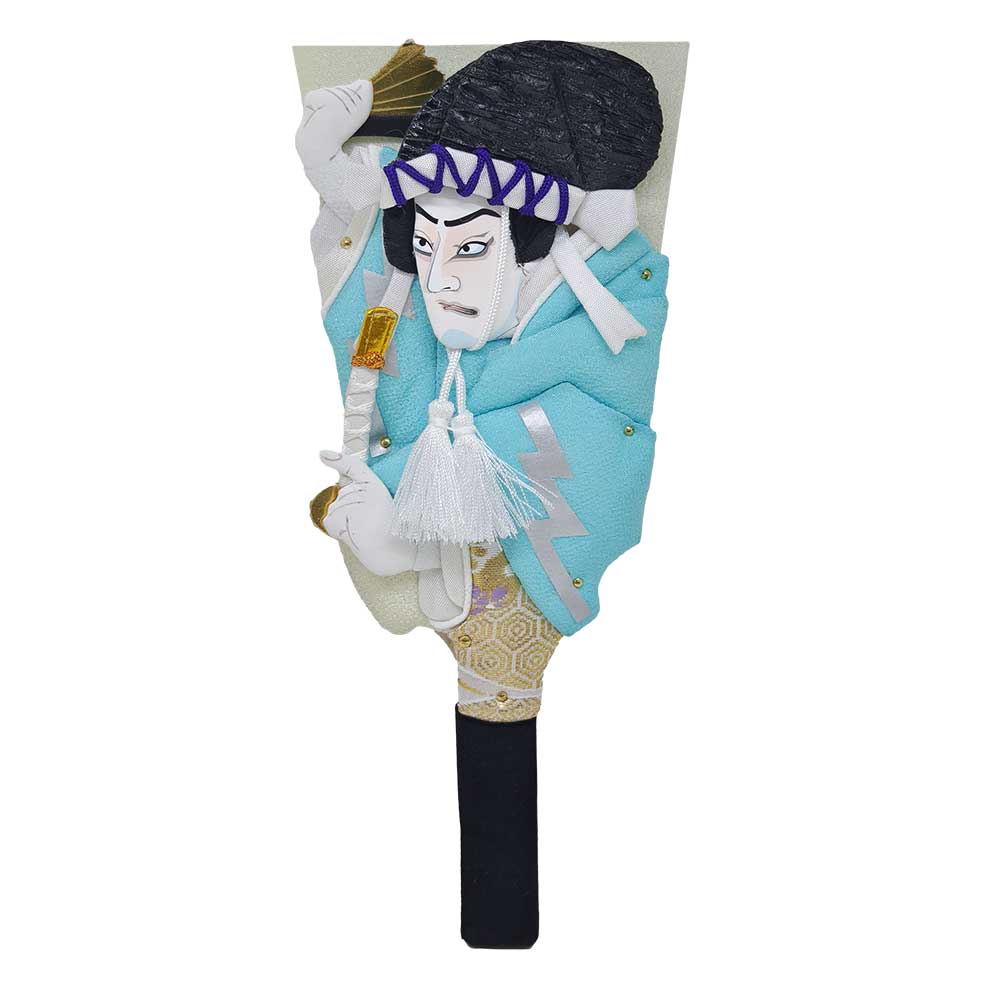
4560490566234
富樫
Togashi
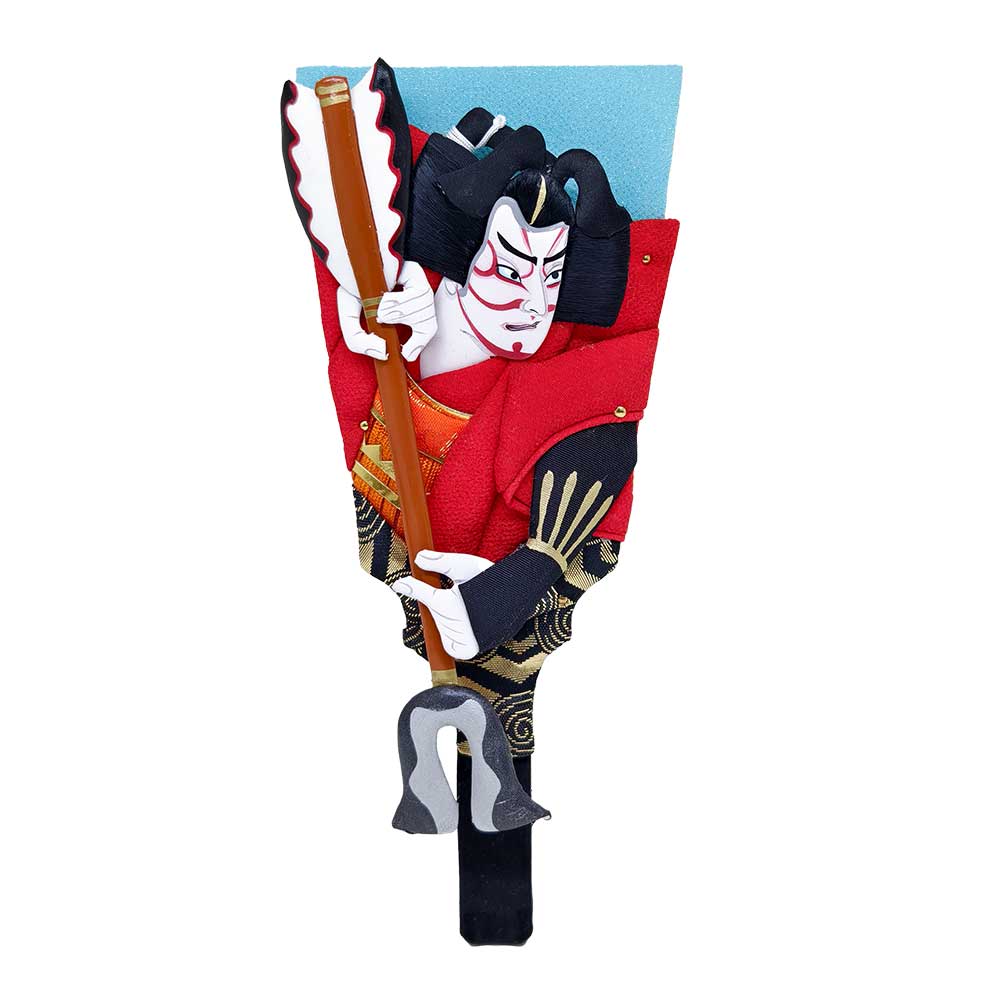
4560490566241
歌舞伎
Kabuki
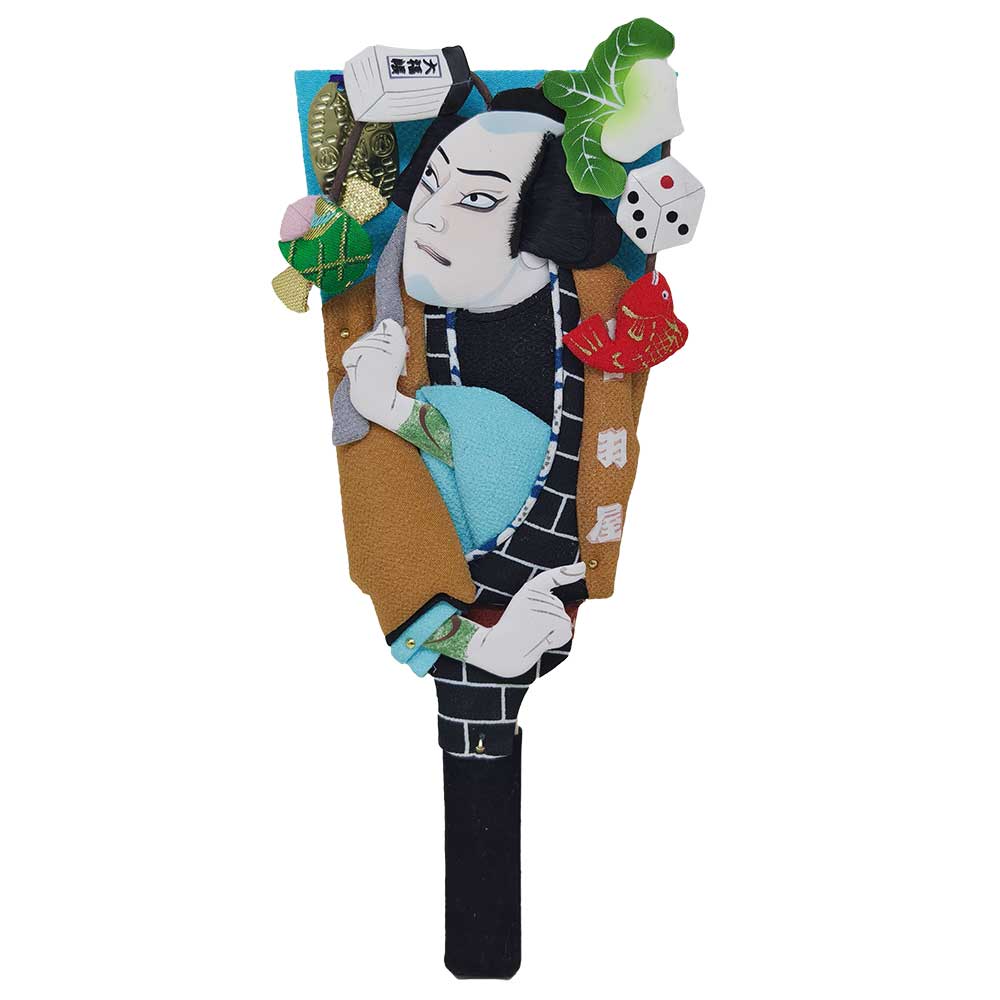
4560490566258
舞玉
Maigyo
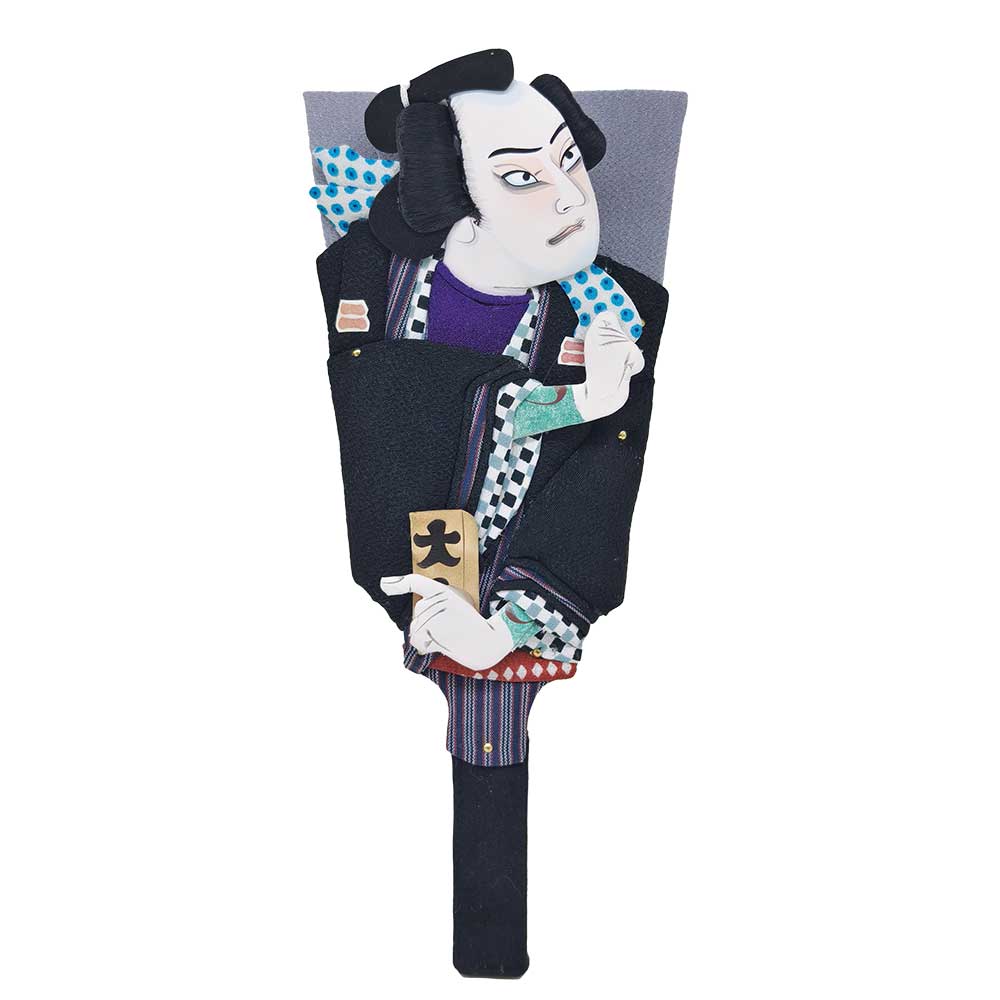
4560490566265
芝居前
Before the Play
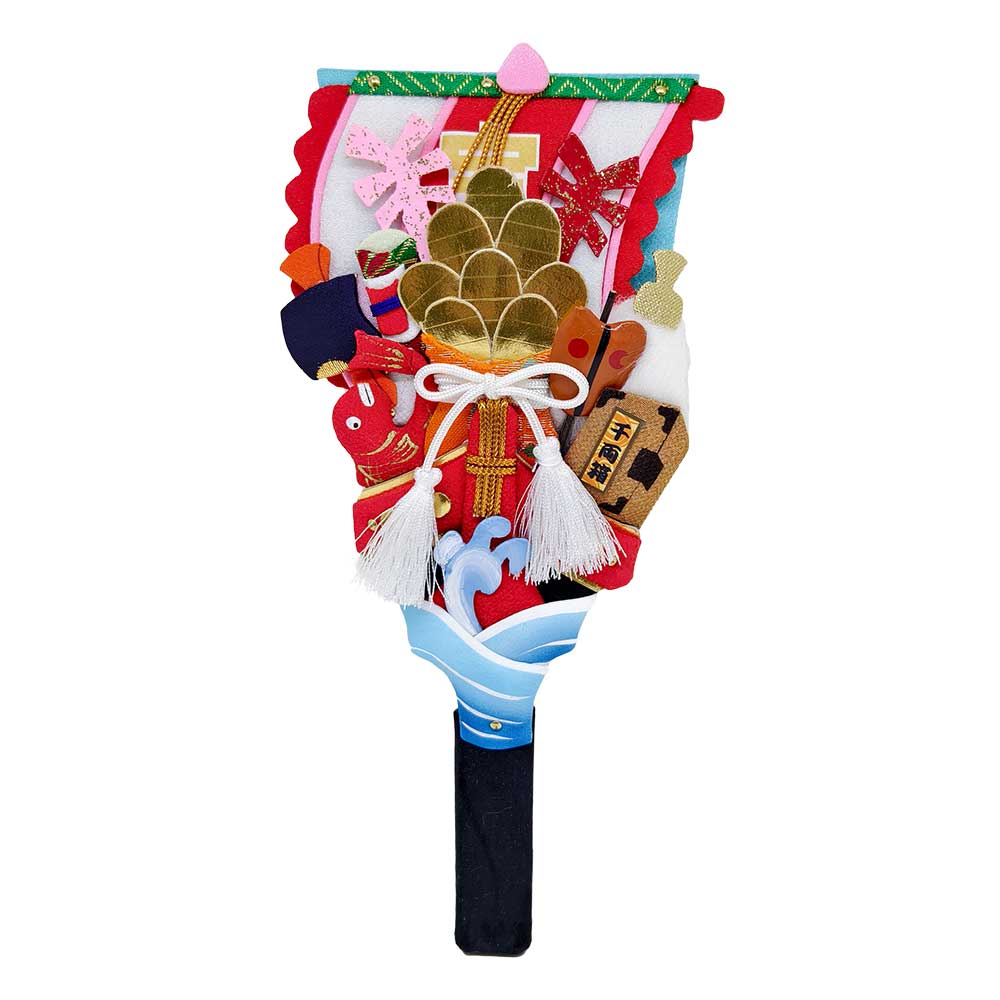
4560490566272
宝船
Treasure Ship
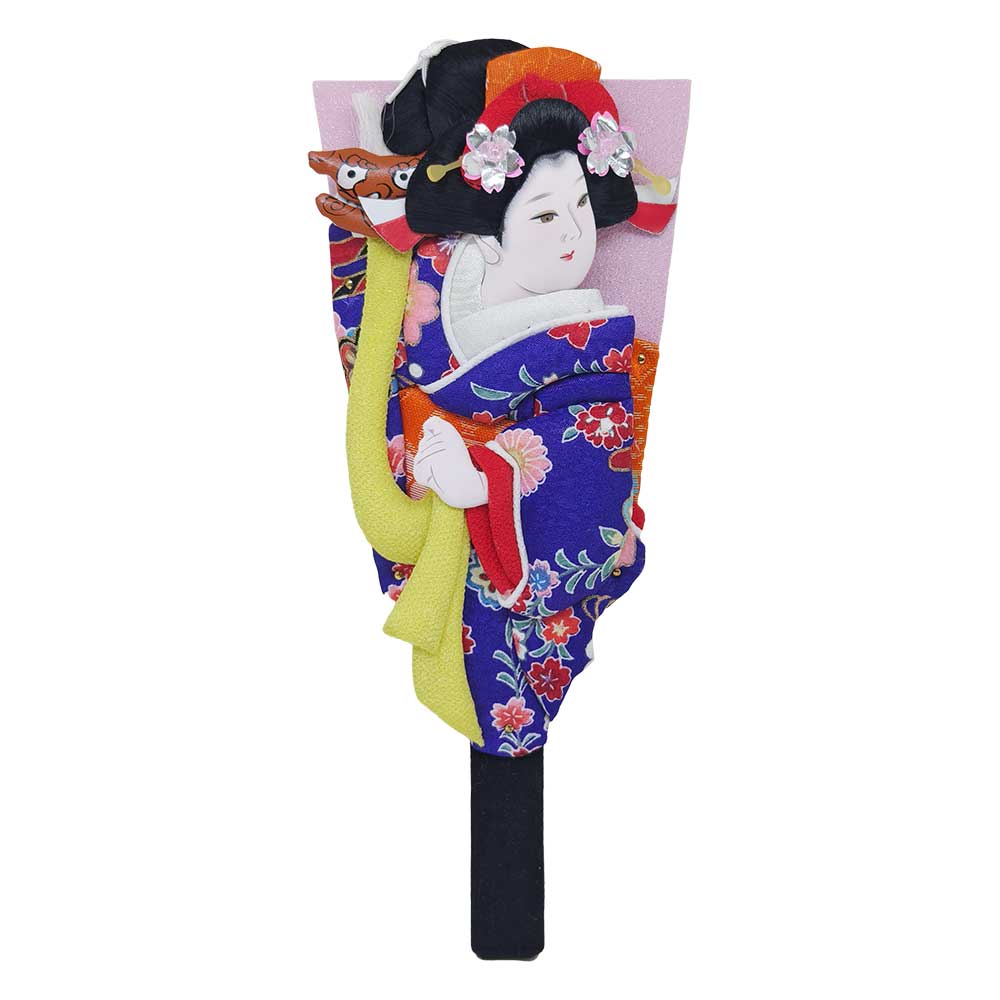
4560490566289
弥生
Yayoi
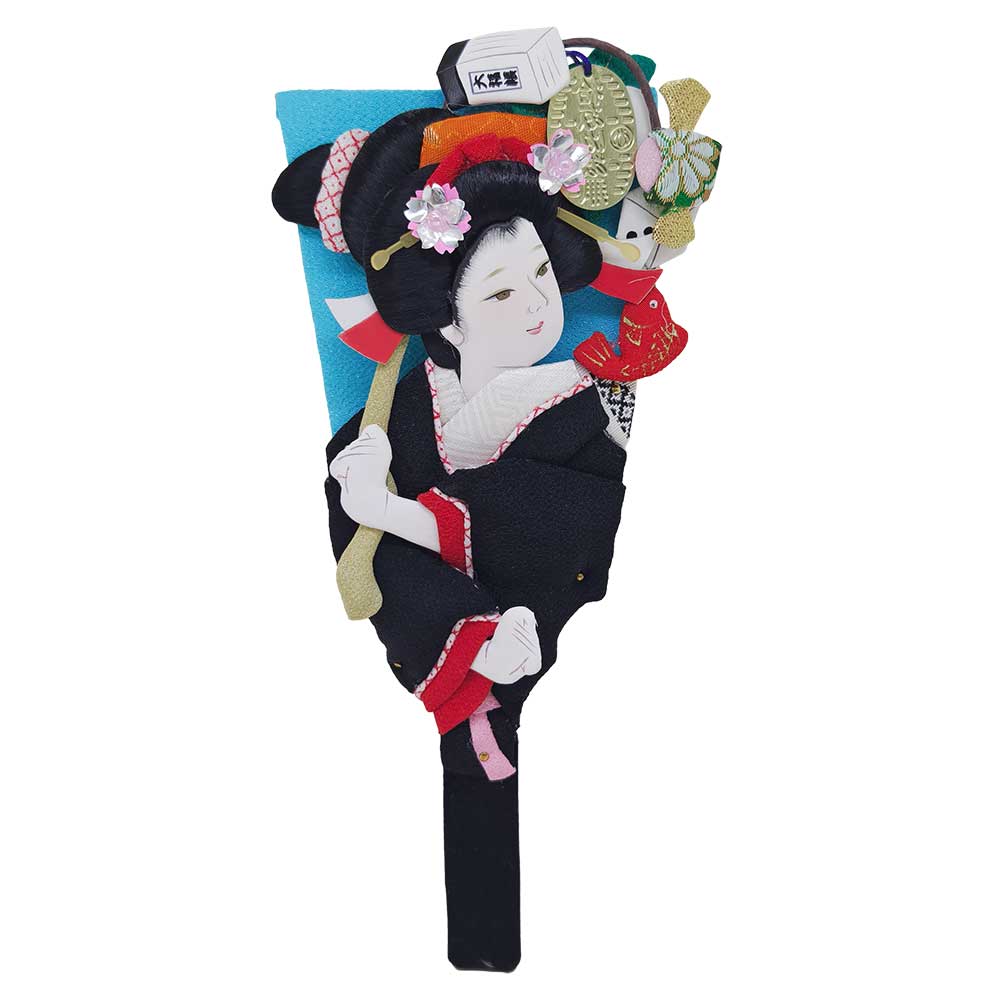
4560490566296
女舞玉
Onnamai-dama

4560490566302
弁慶
Benkei
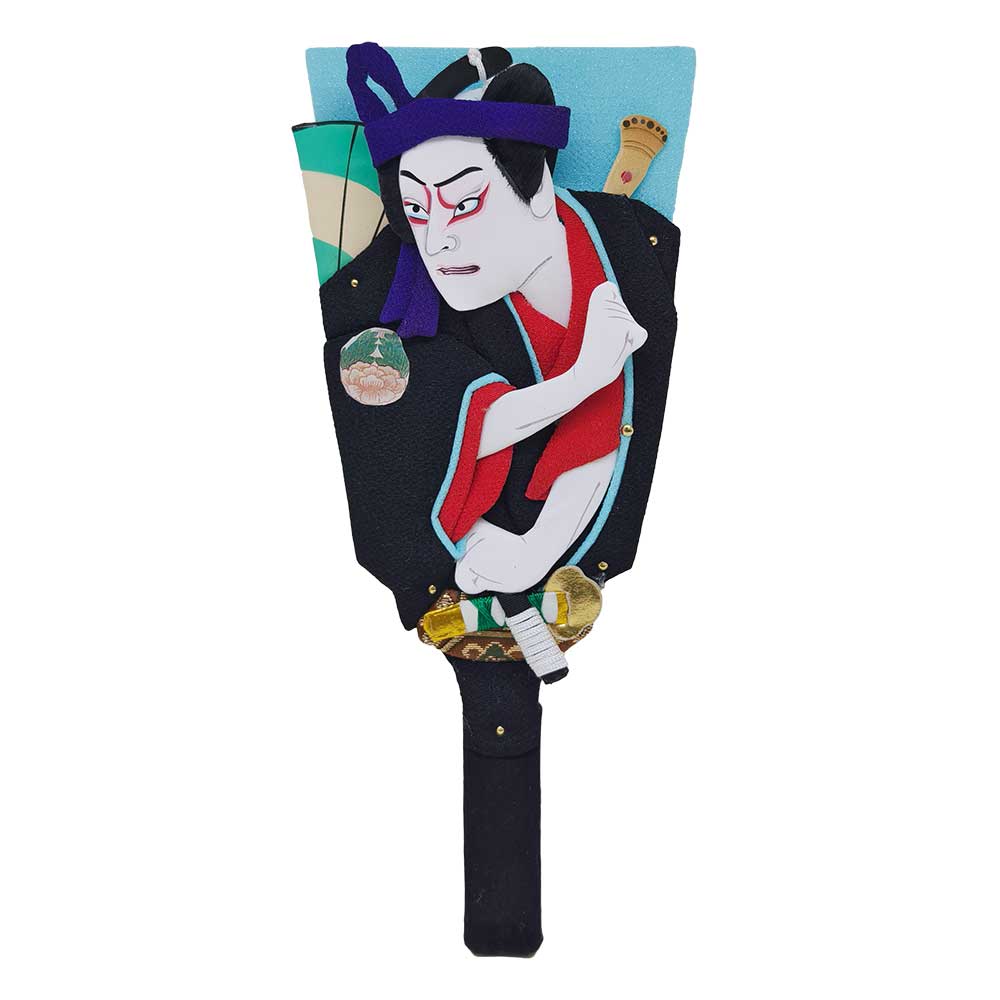
4560490566319
助六
Sukeroku
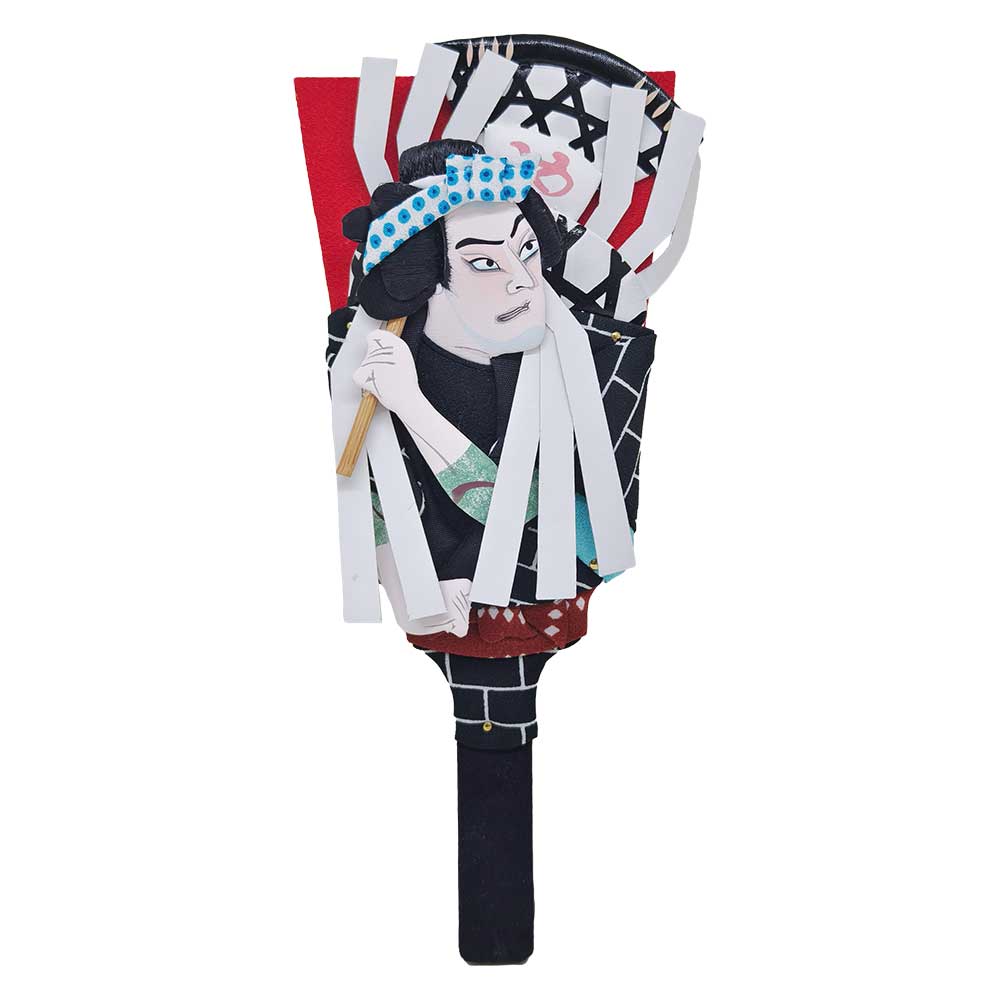
4560490566326
め組 辰五郎
Megumi Tatsugoro
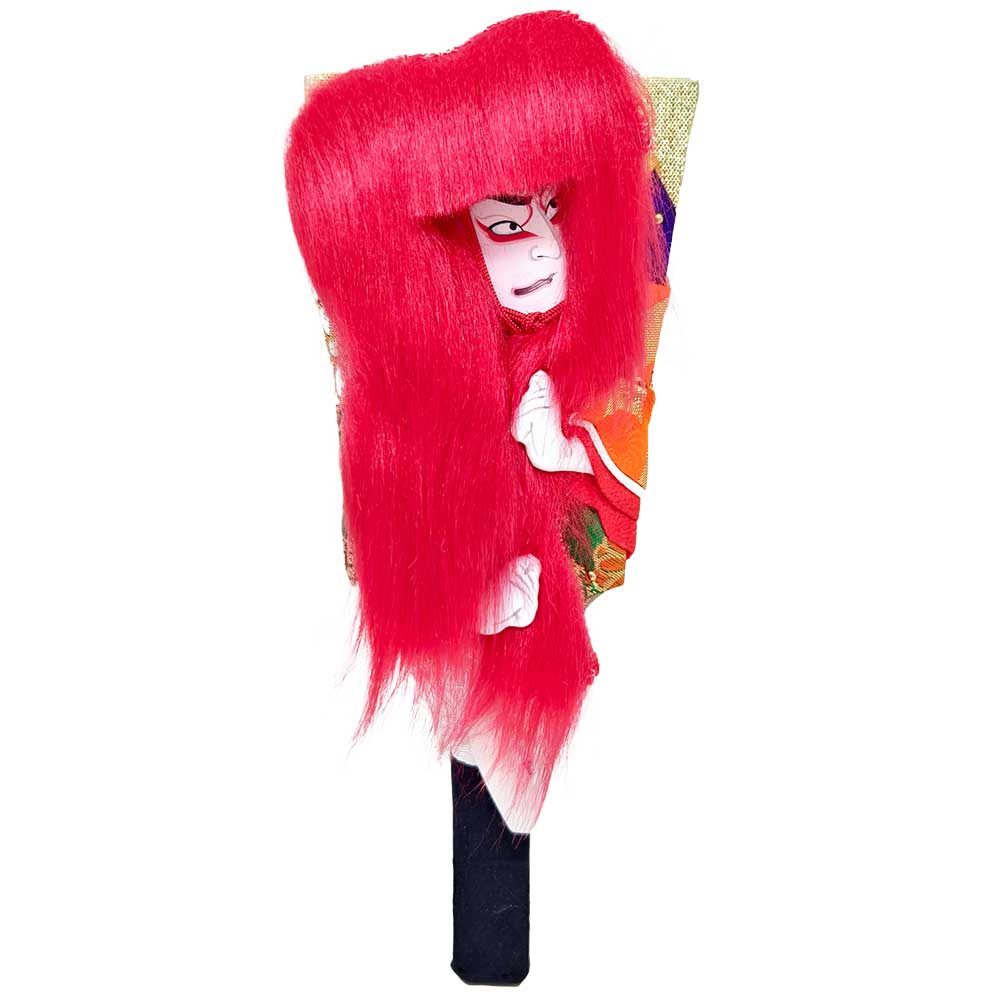
4560490566333
赤獅子
Red Lion
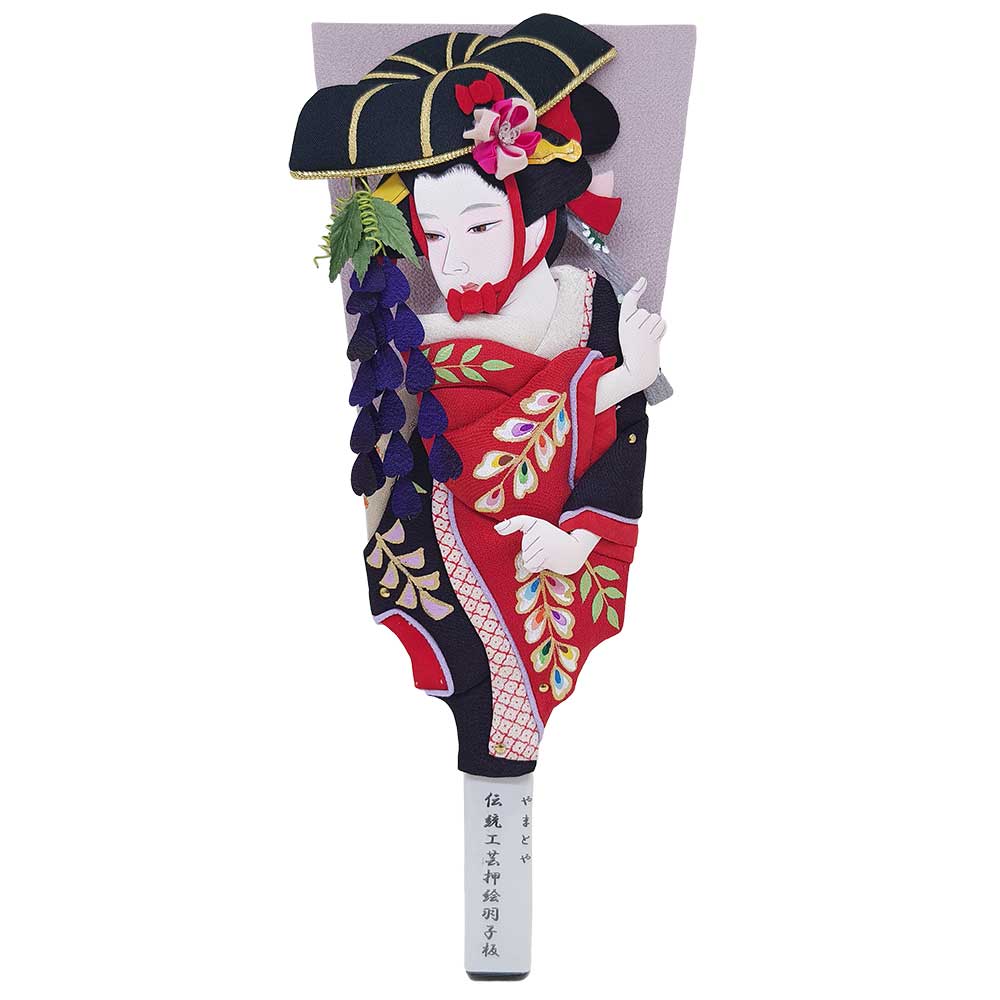
4560490566340
藤娘
Fujimusume
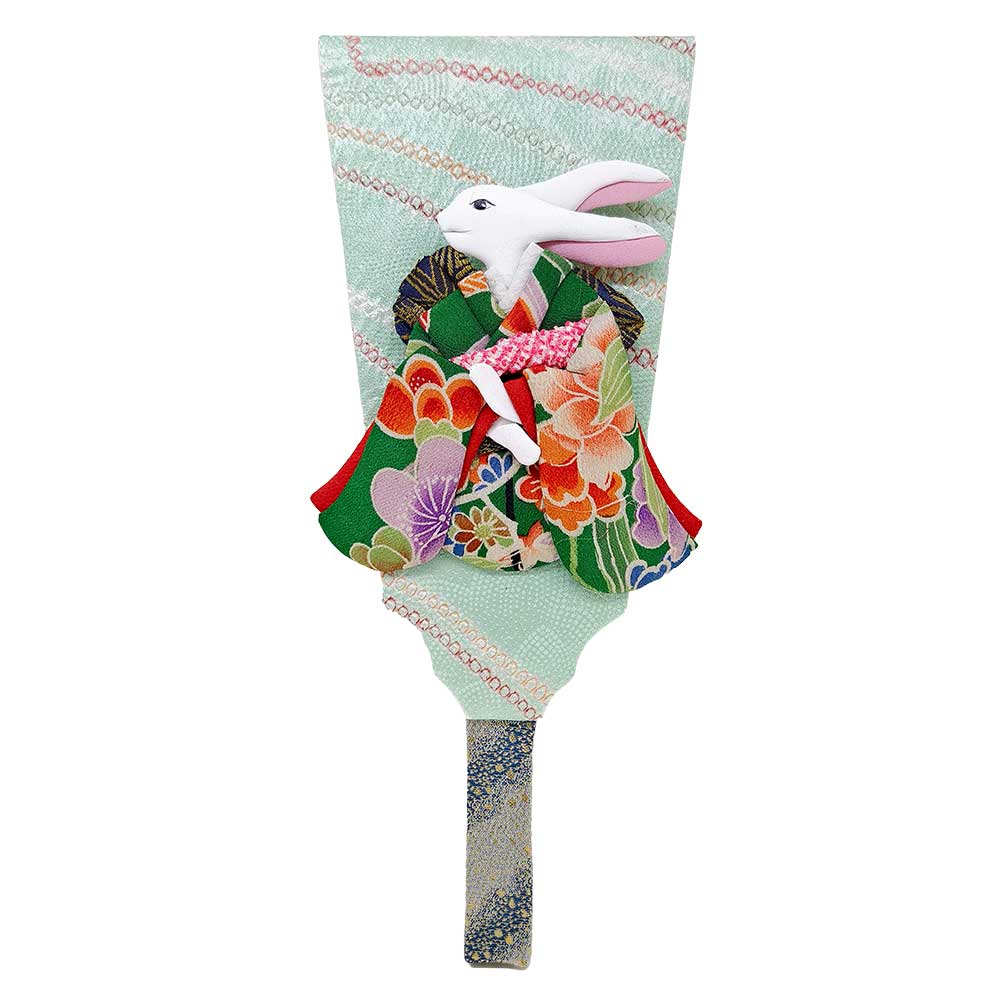
4560490566357
うさぎ 緑
Green Rabbit
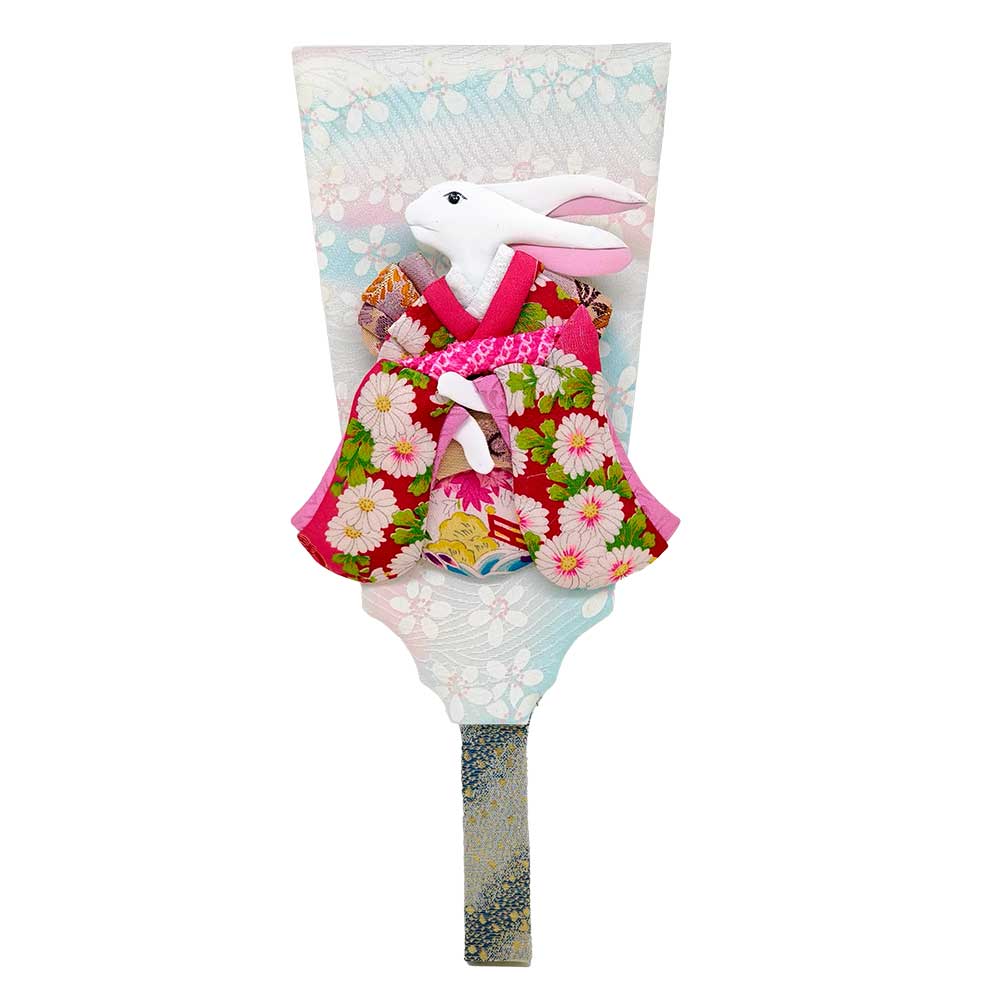
4560490566364
うさぎ 花
Flower Rabbit
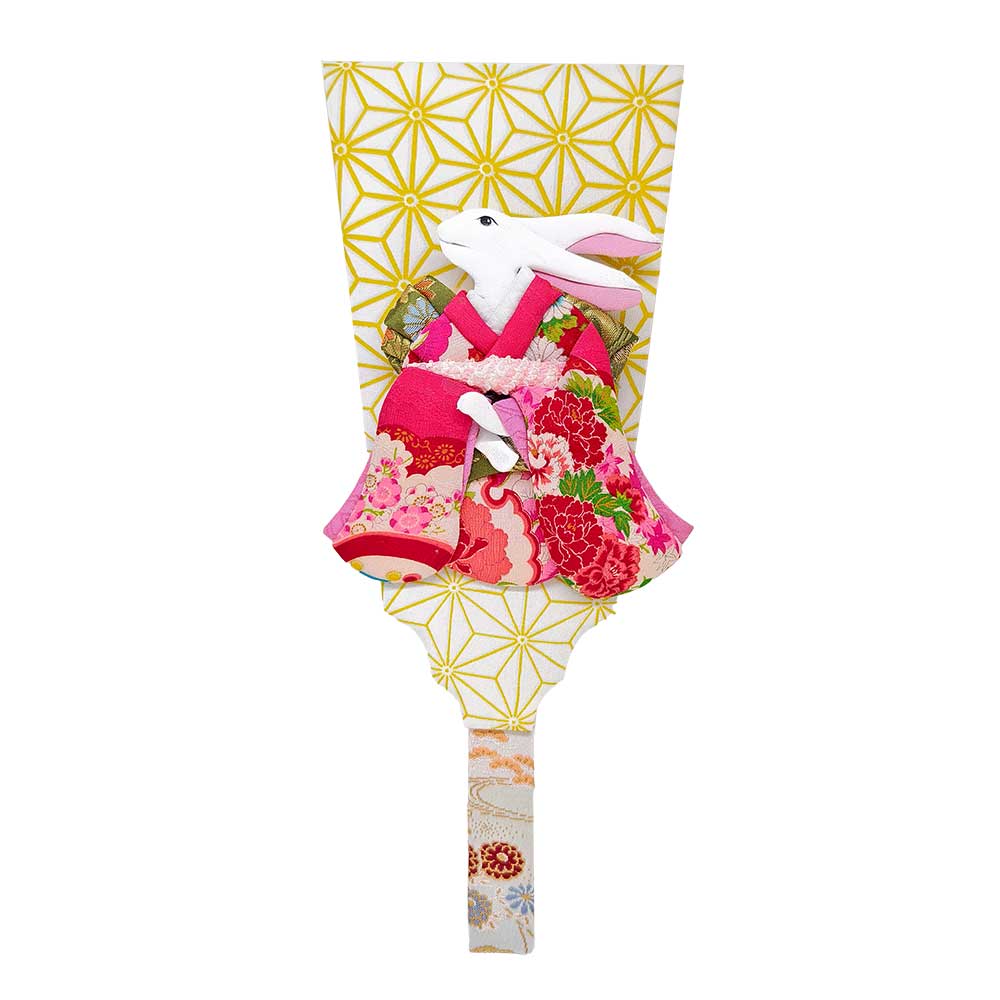
4560490566371
うさぎ ピンク
Pink Rabbit
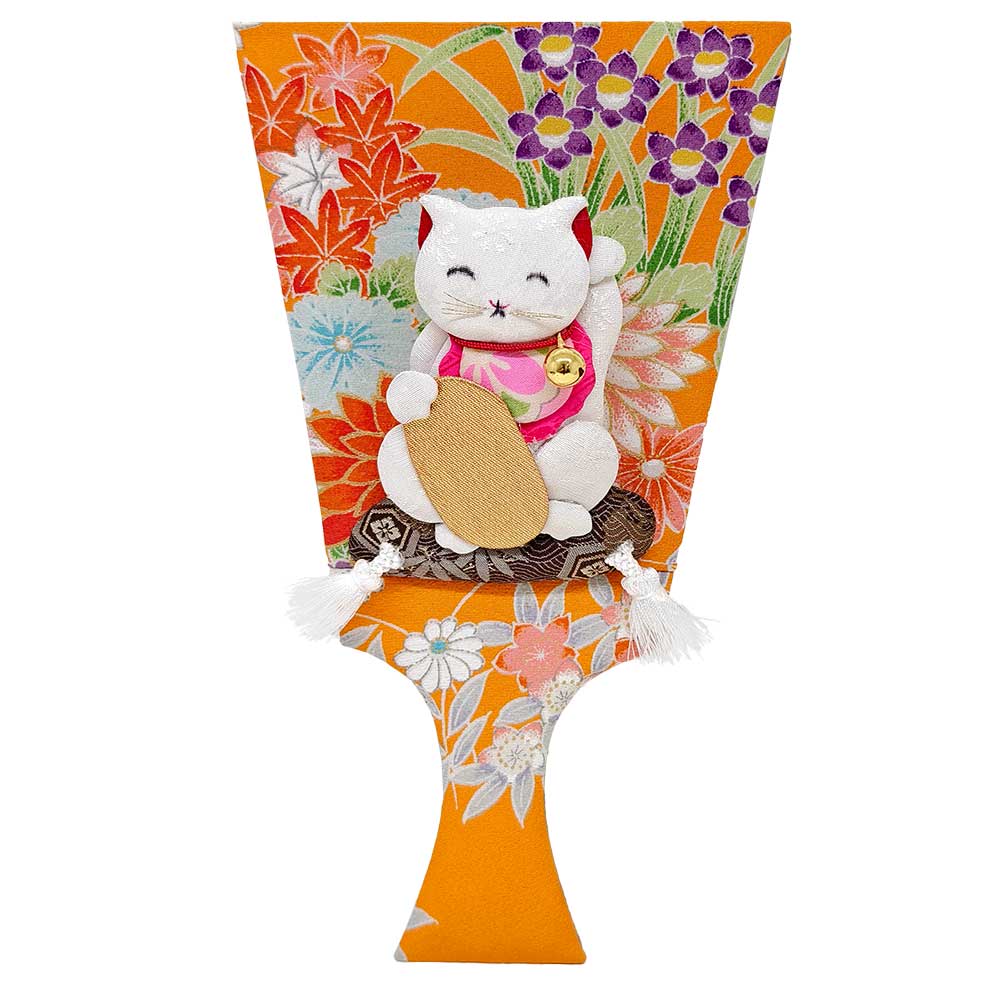
4560490566388
小判
Koban
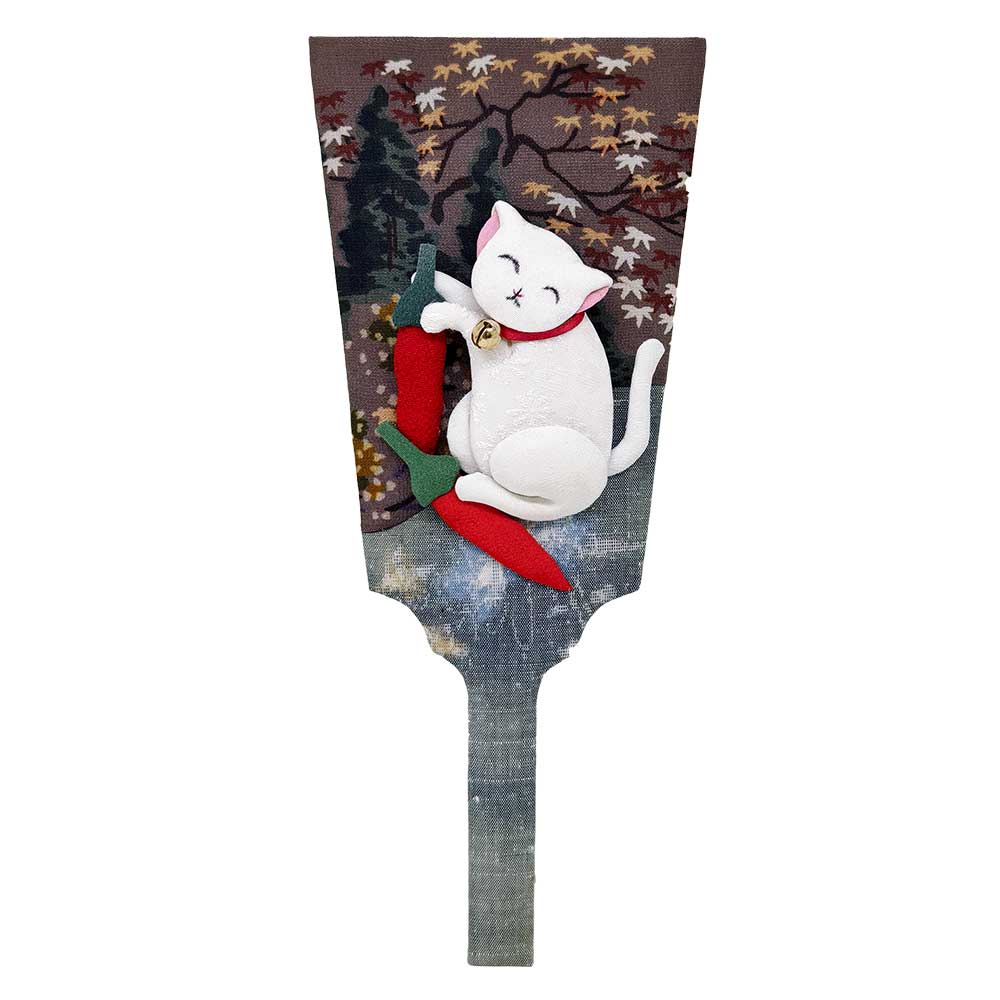
4560490566395
とうがらし
Chili Pepper
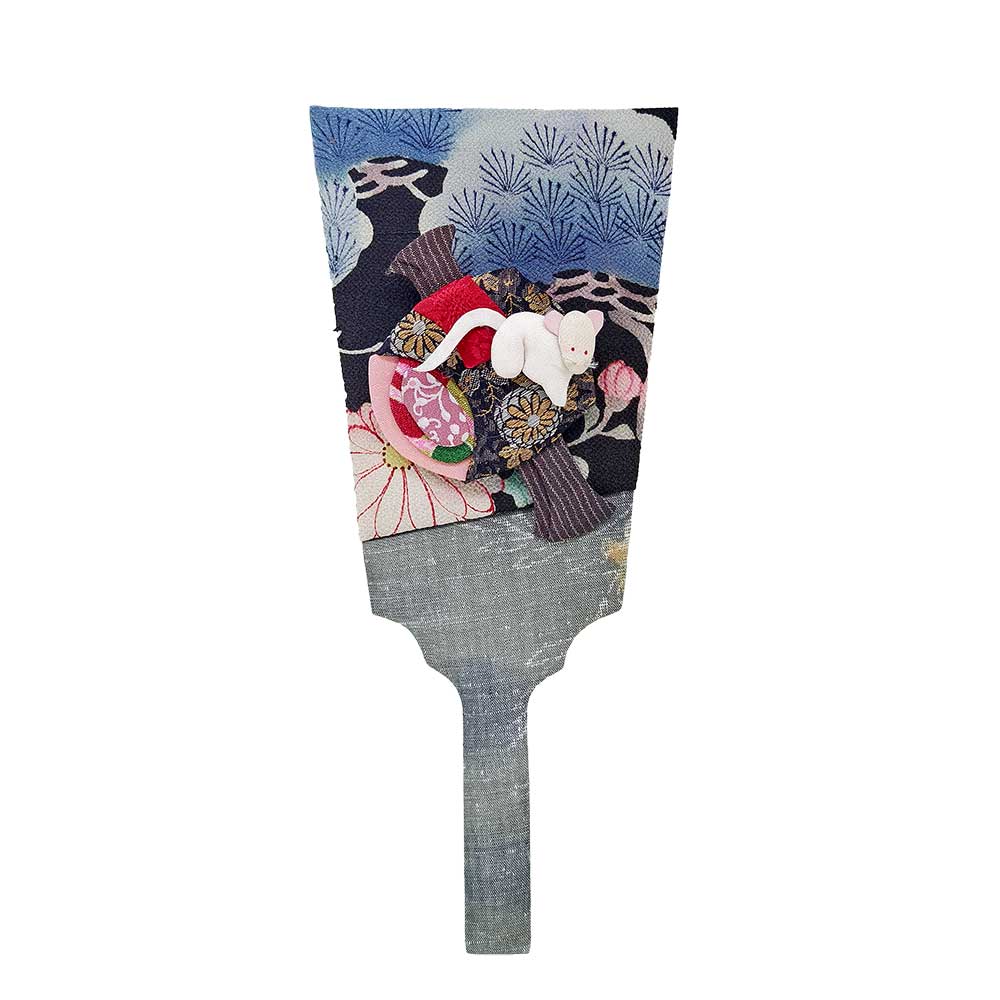
4560490566401
ネズミ
Mouse
